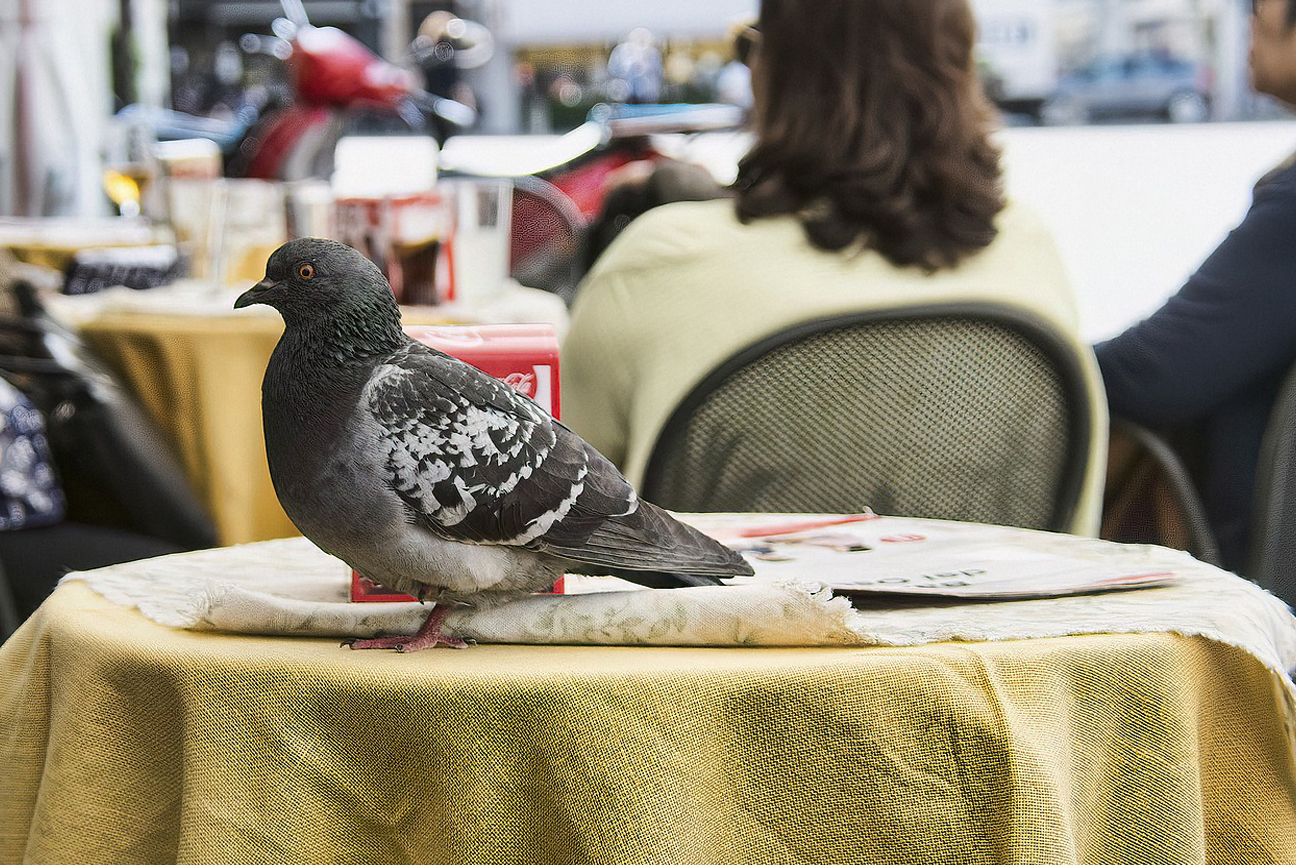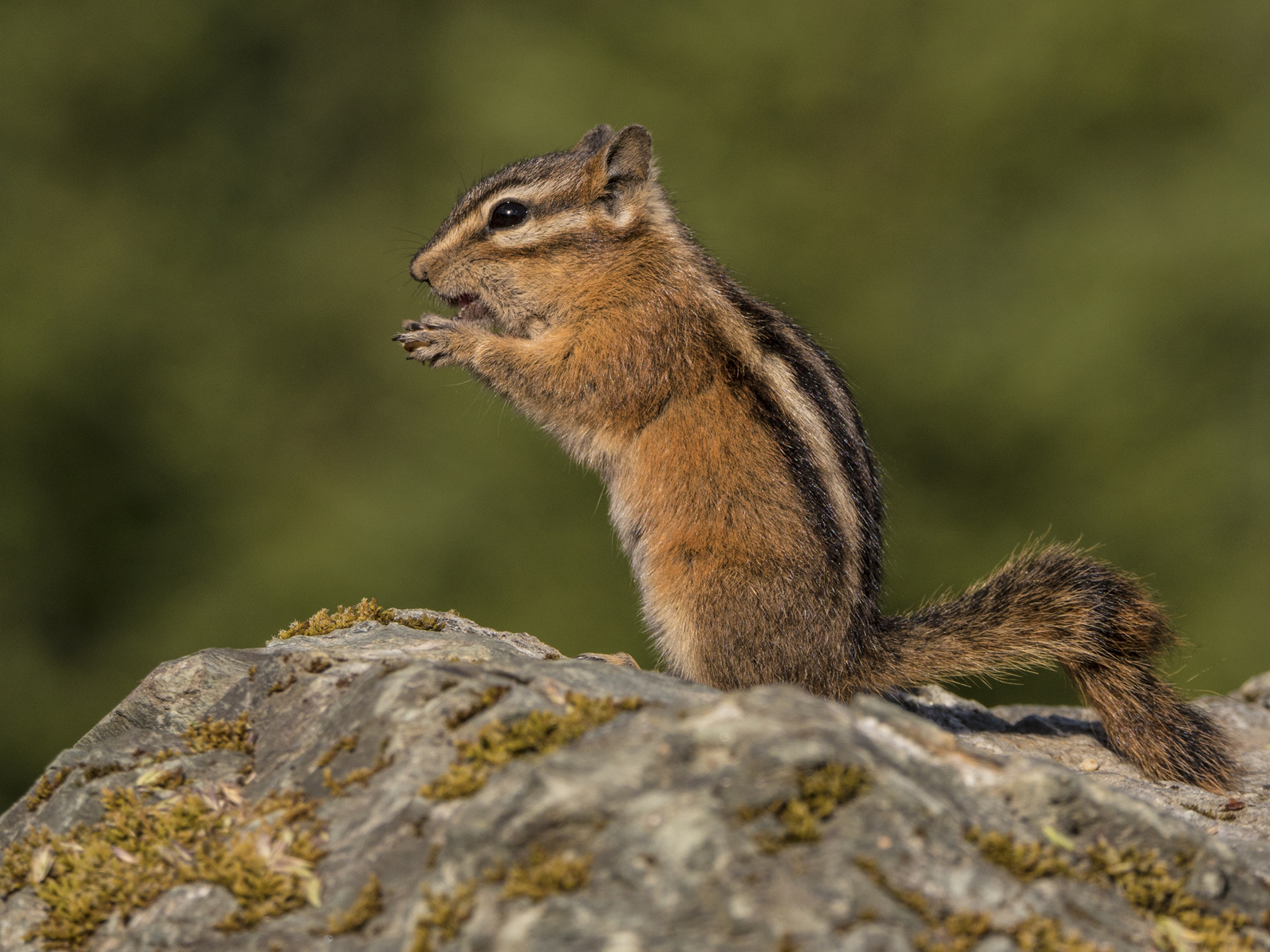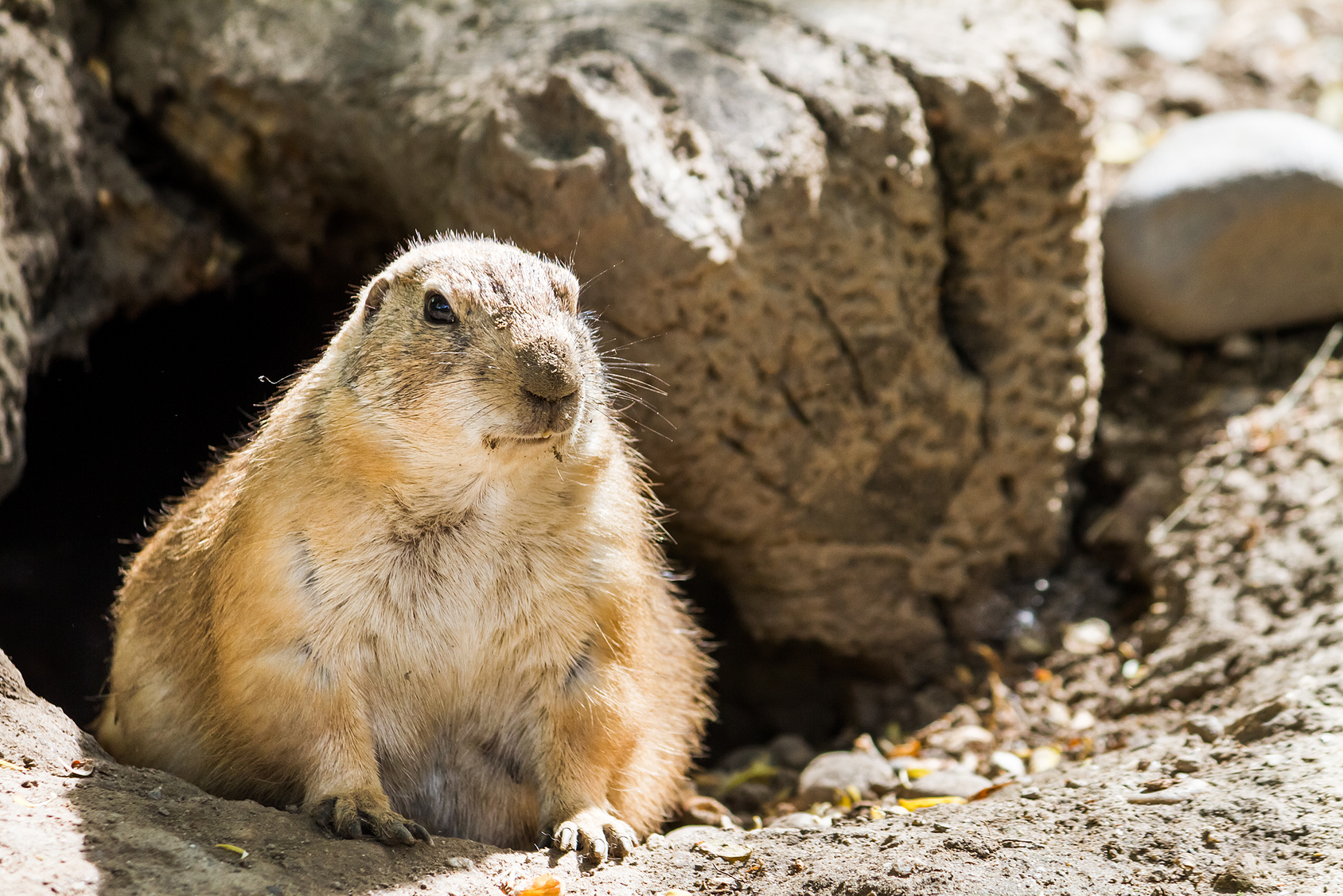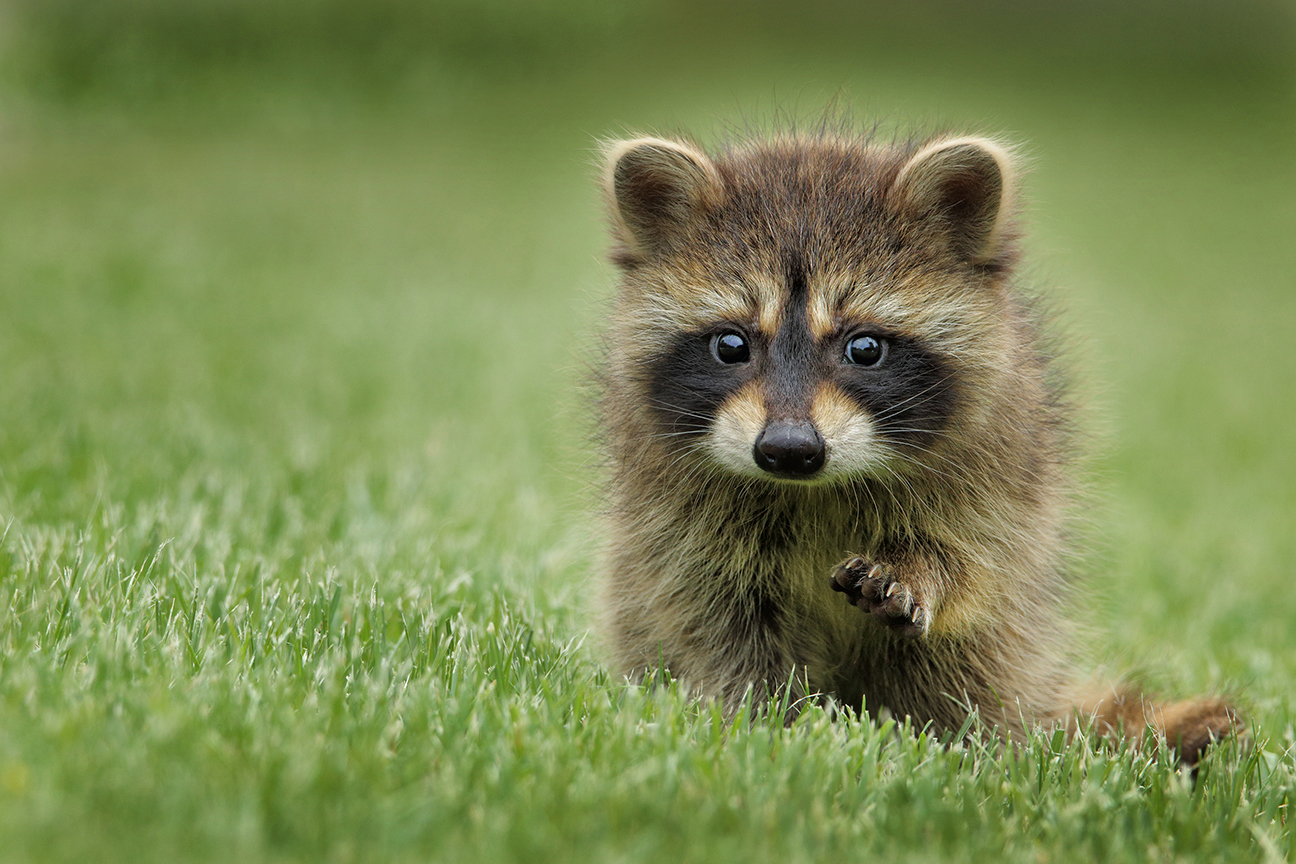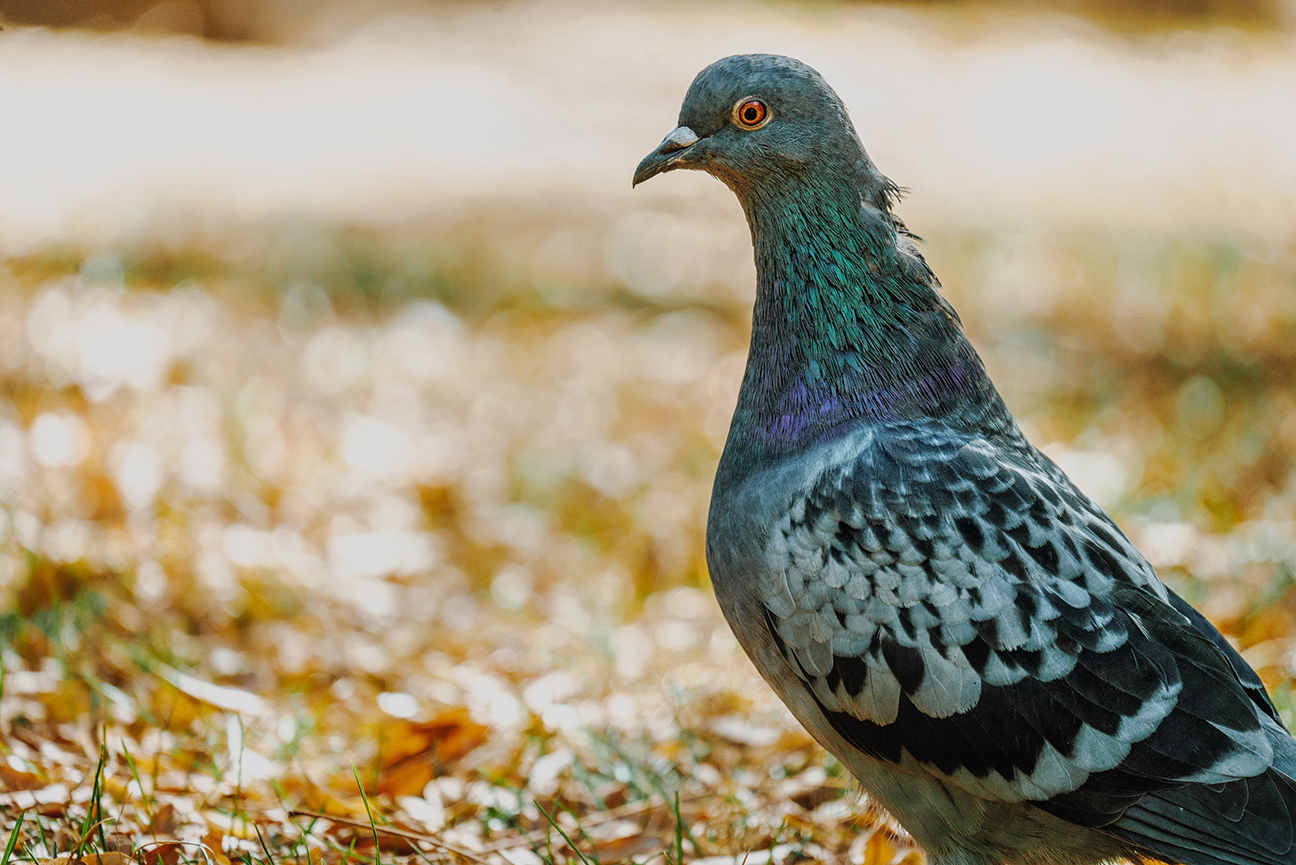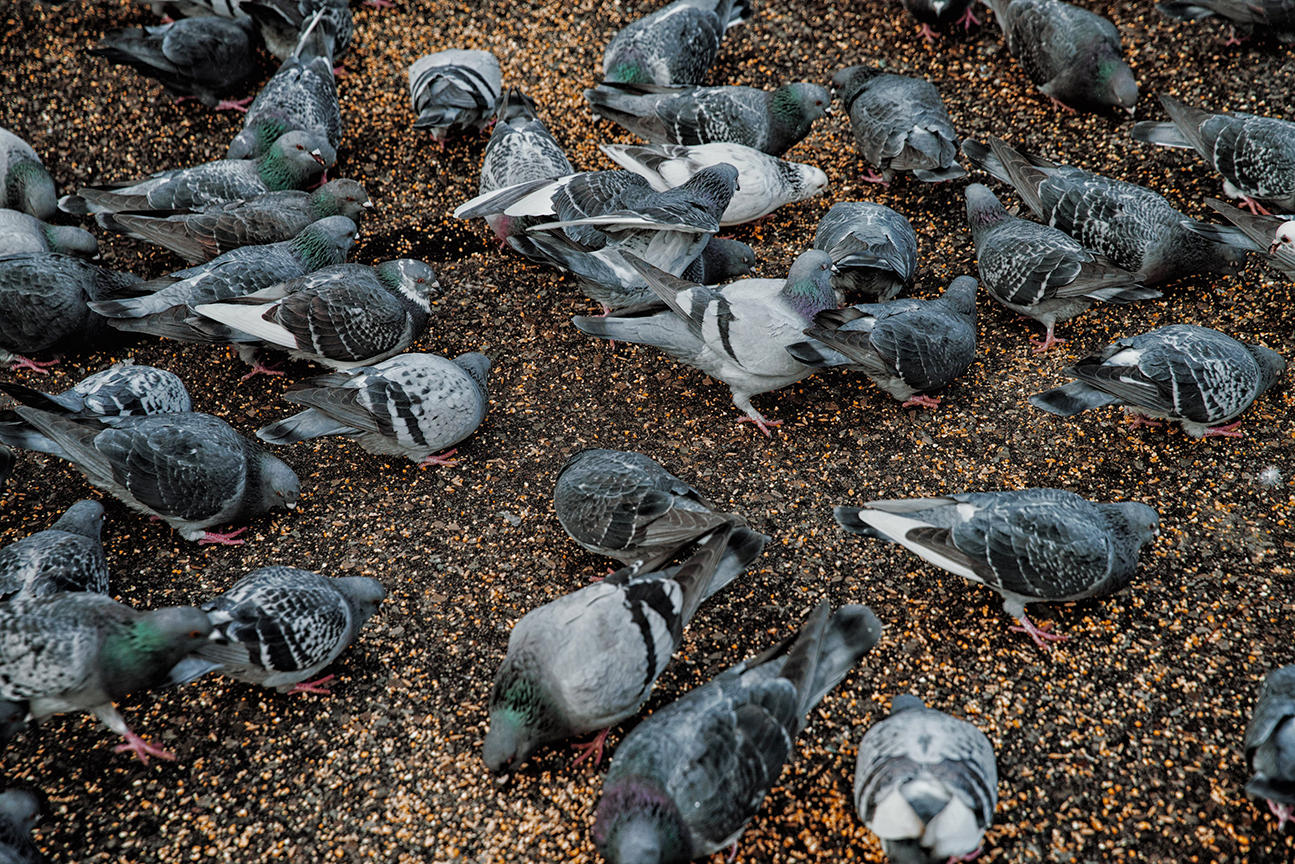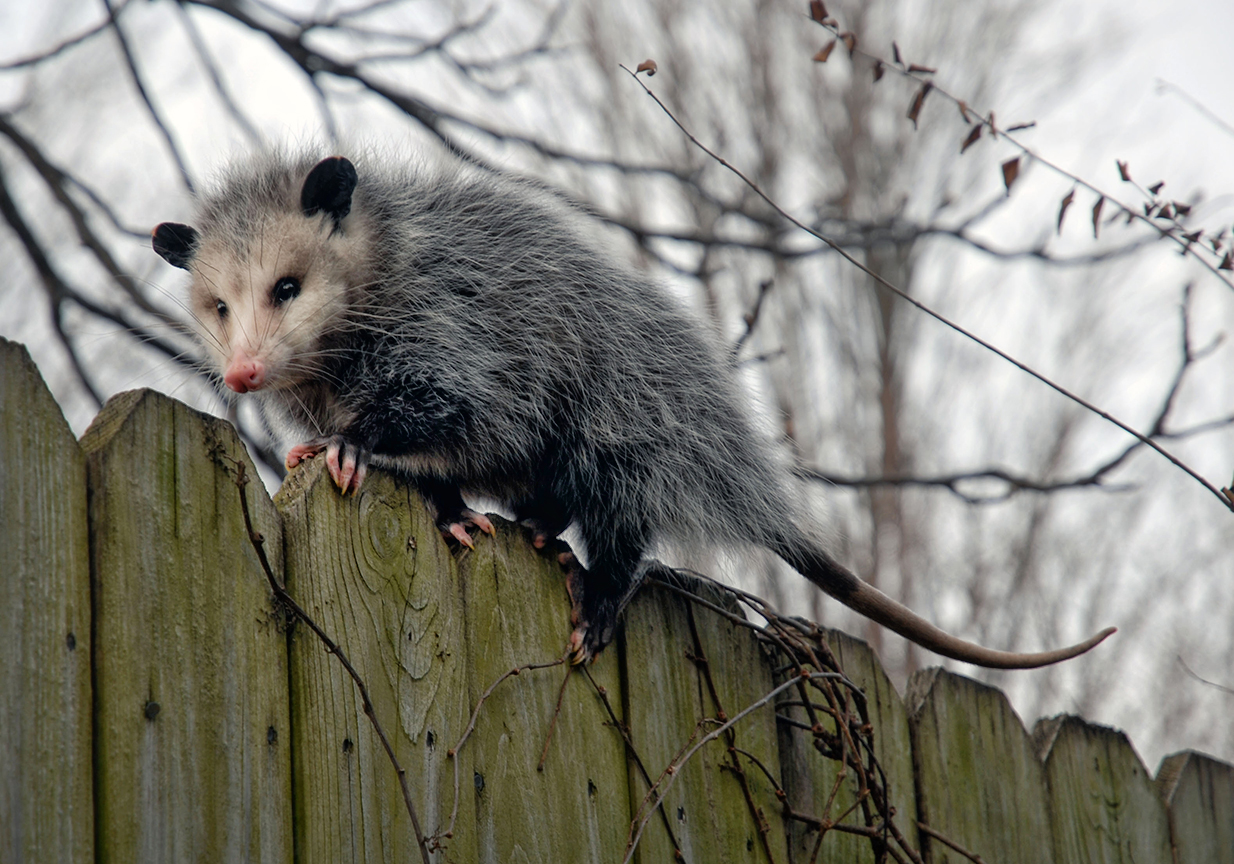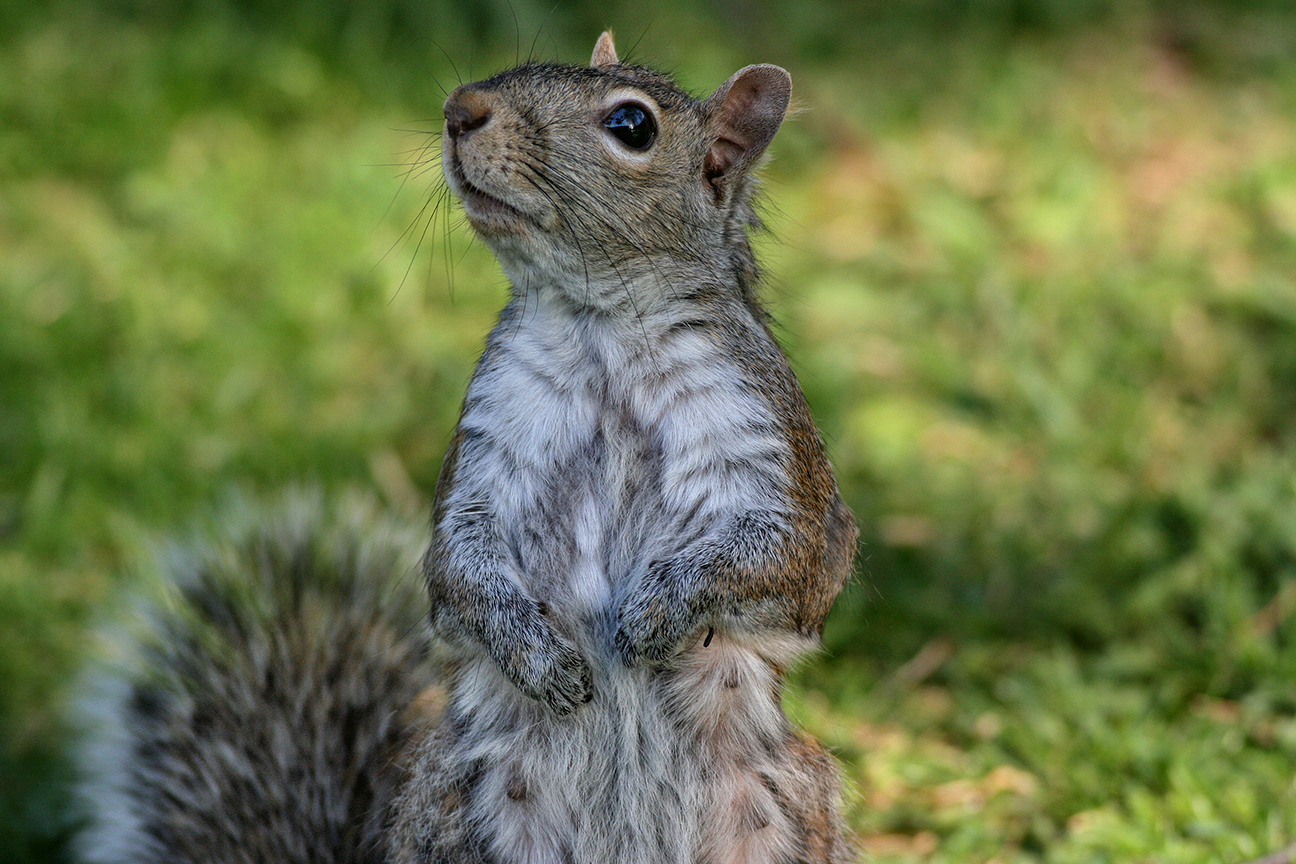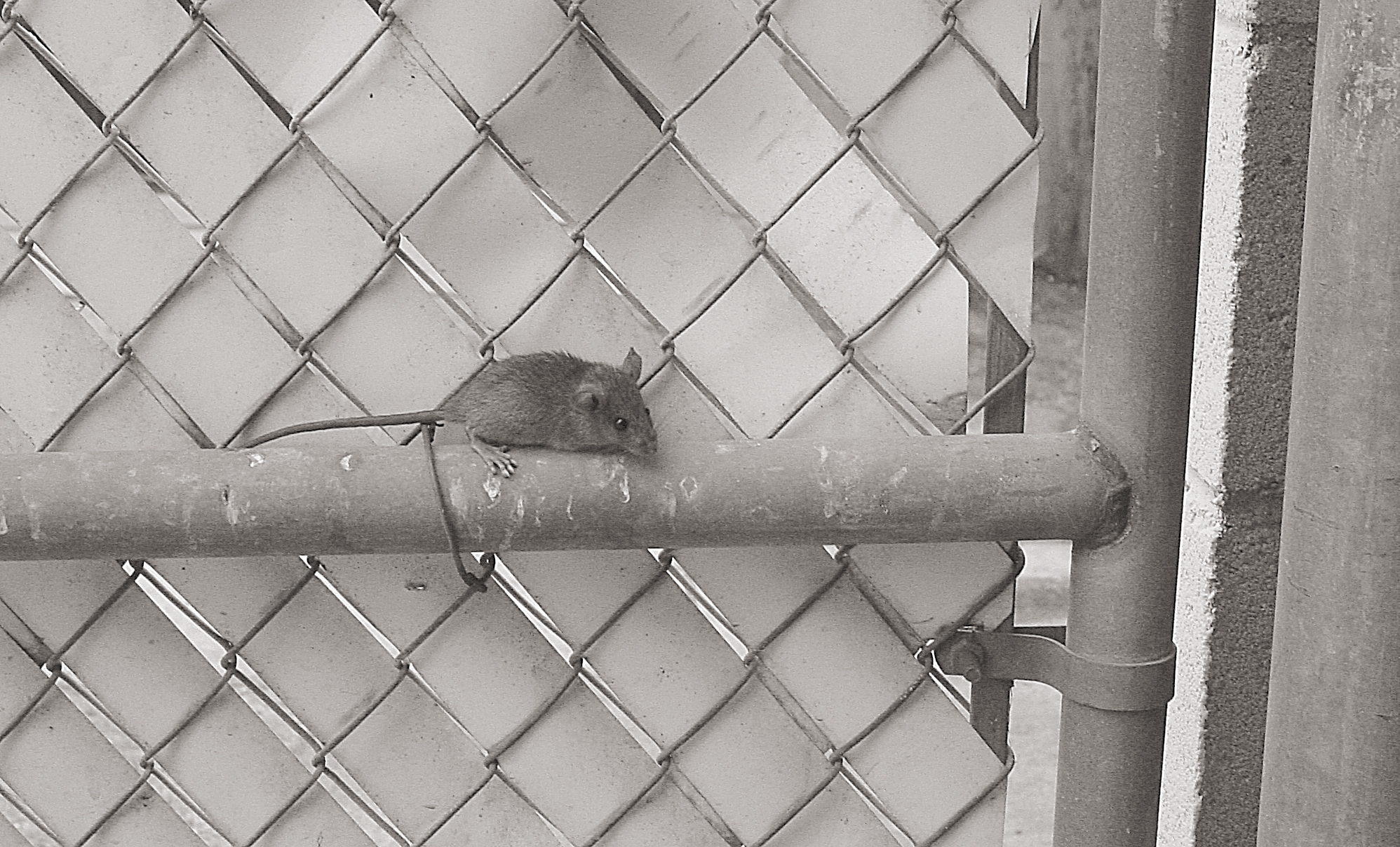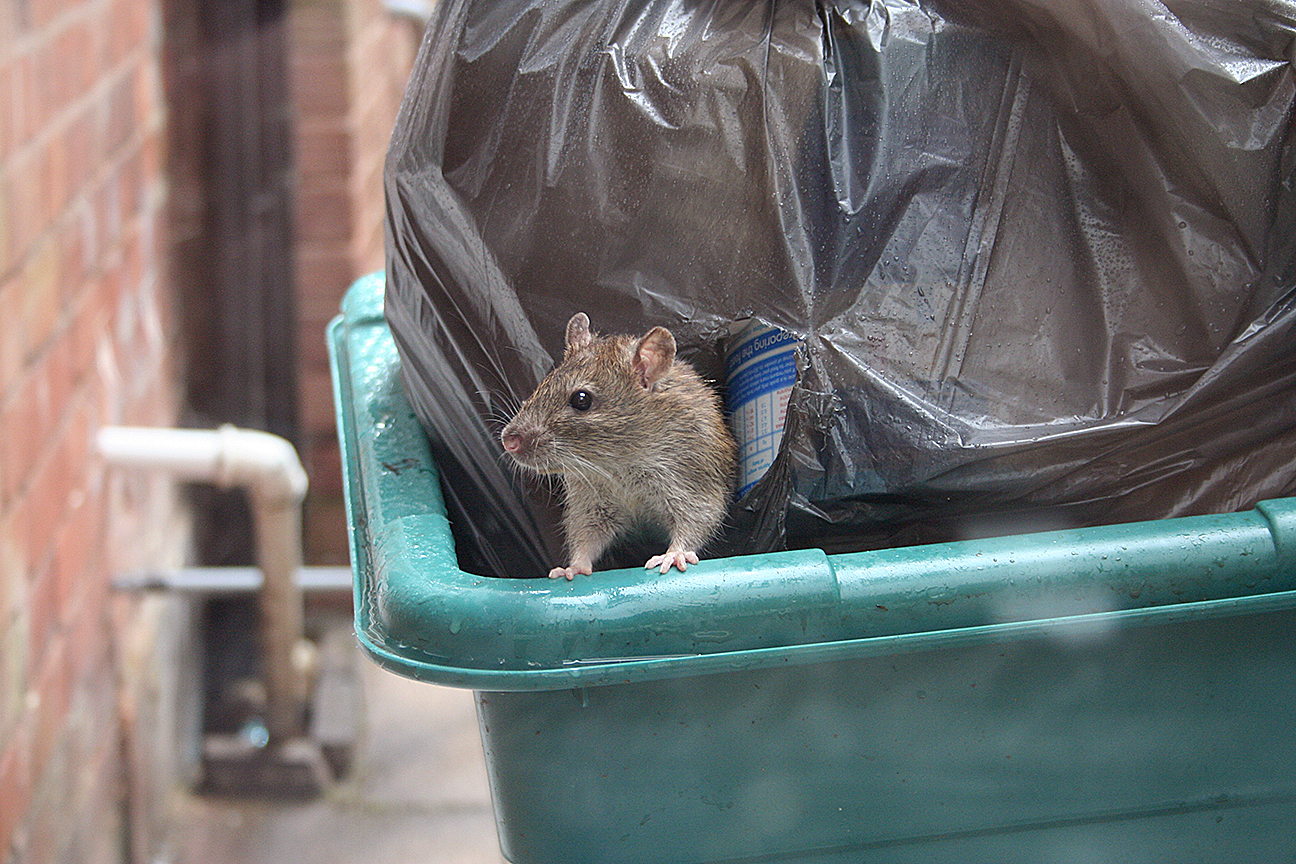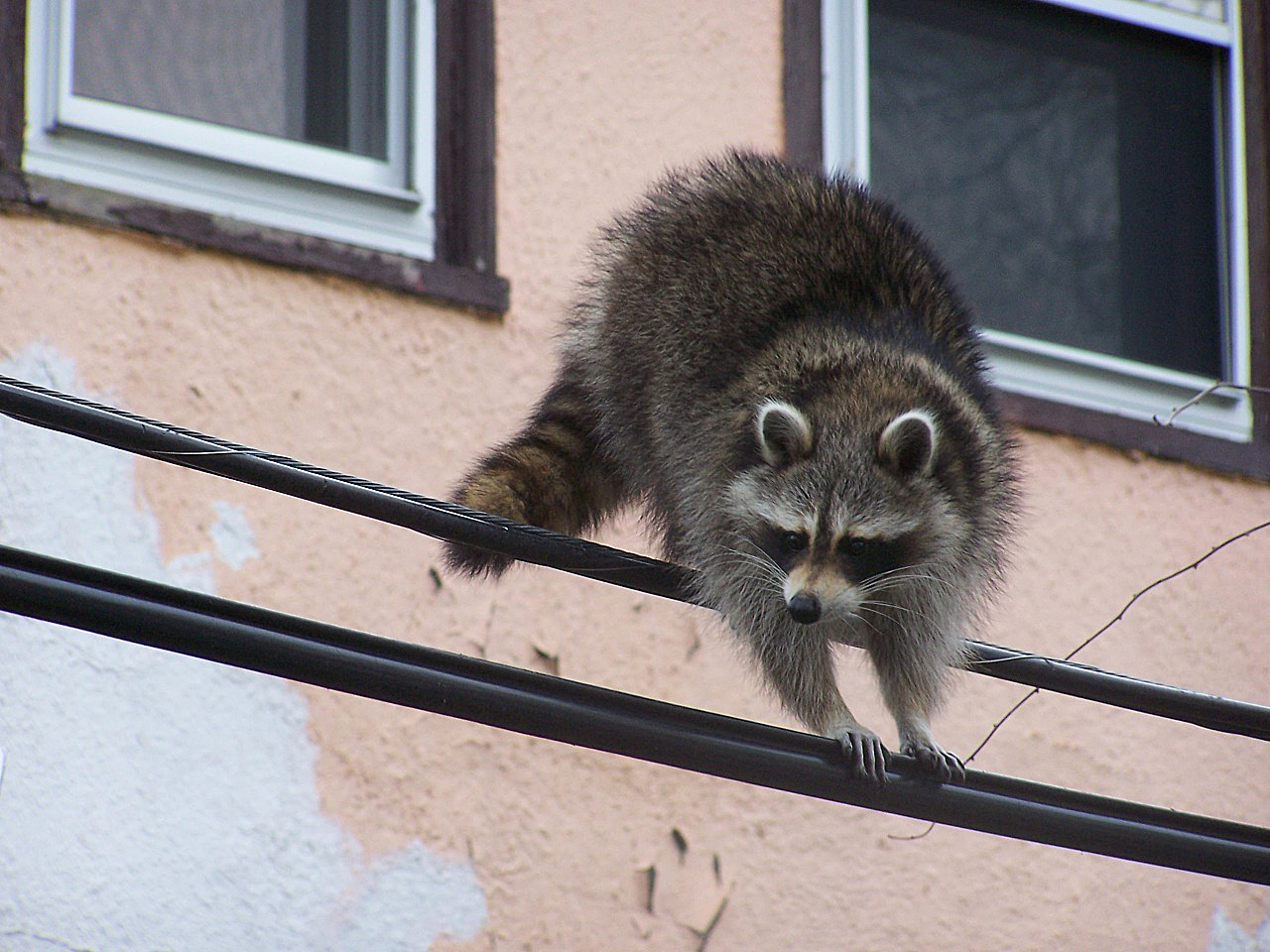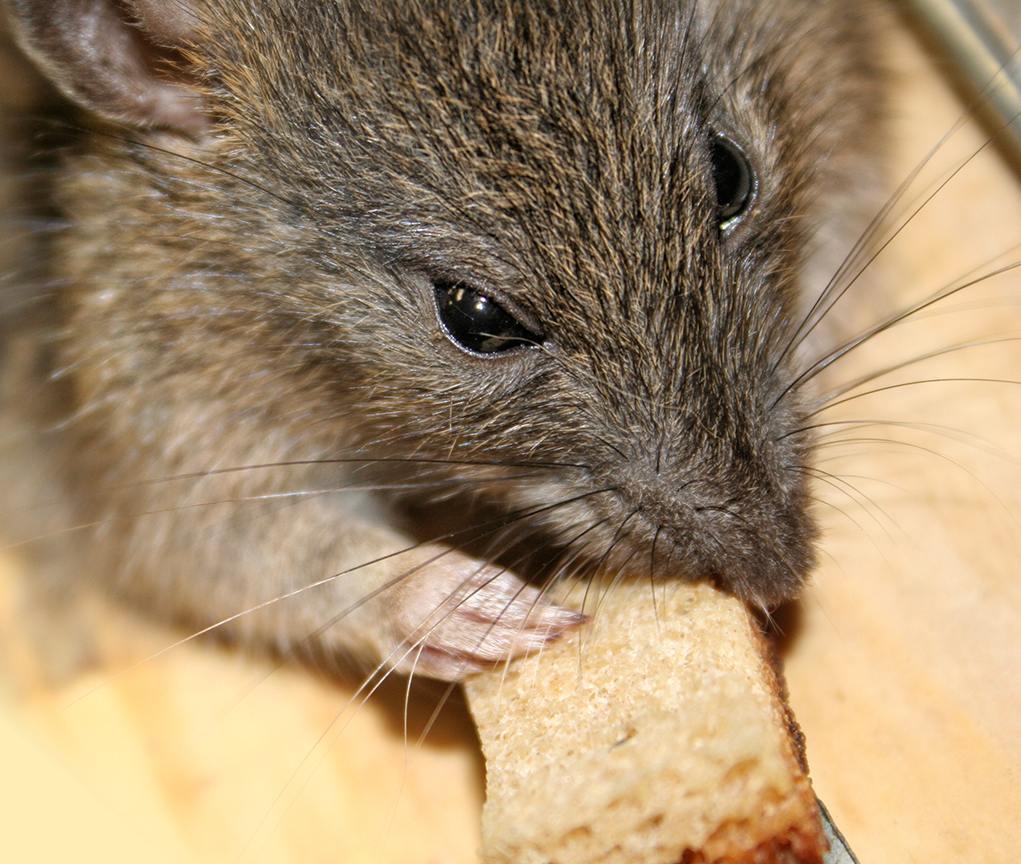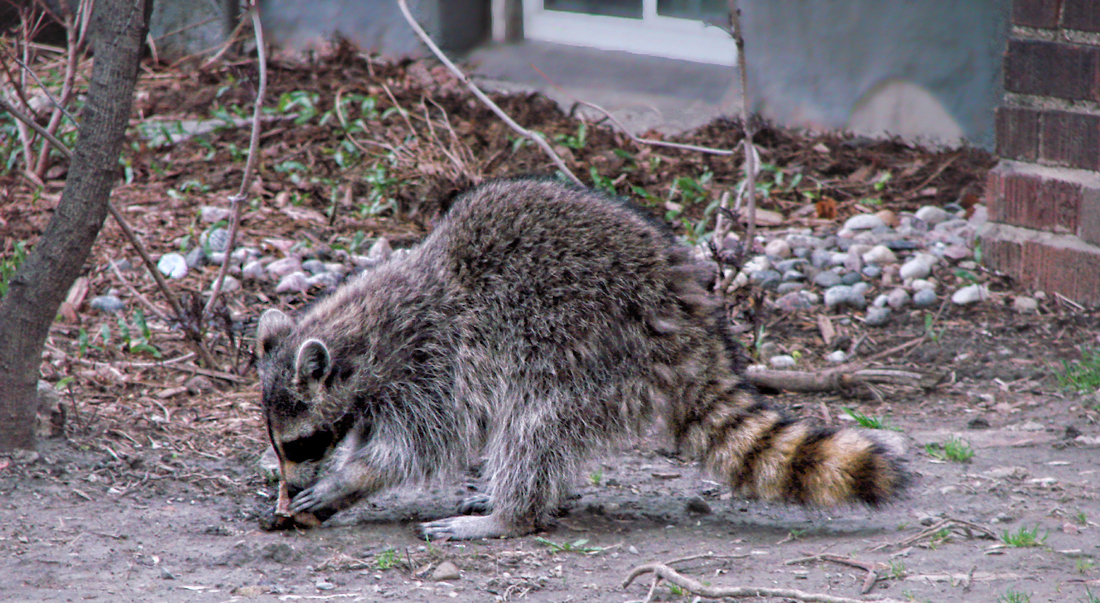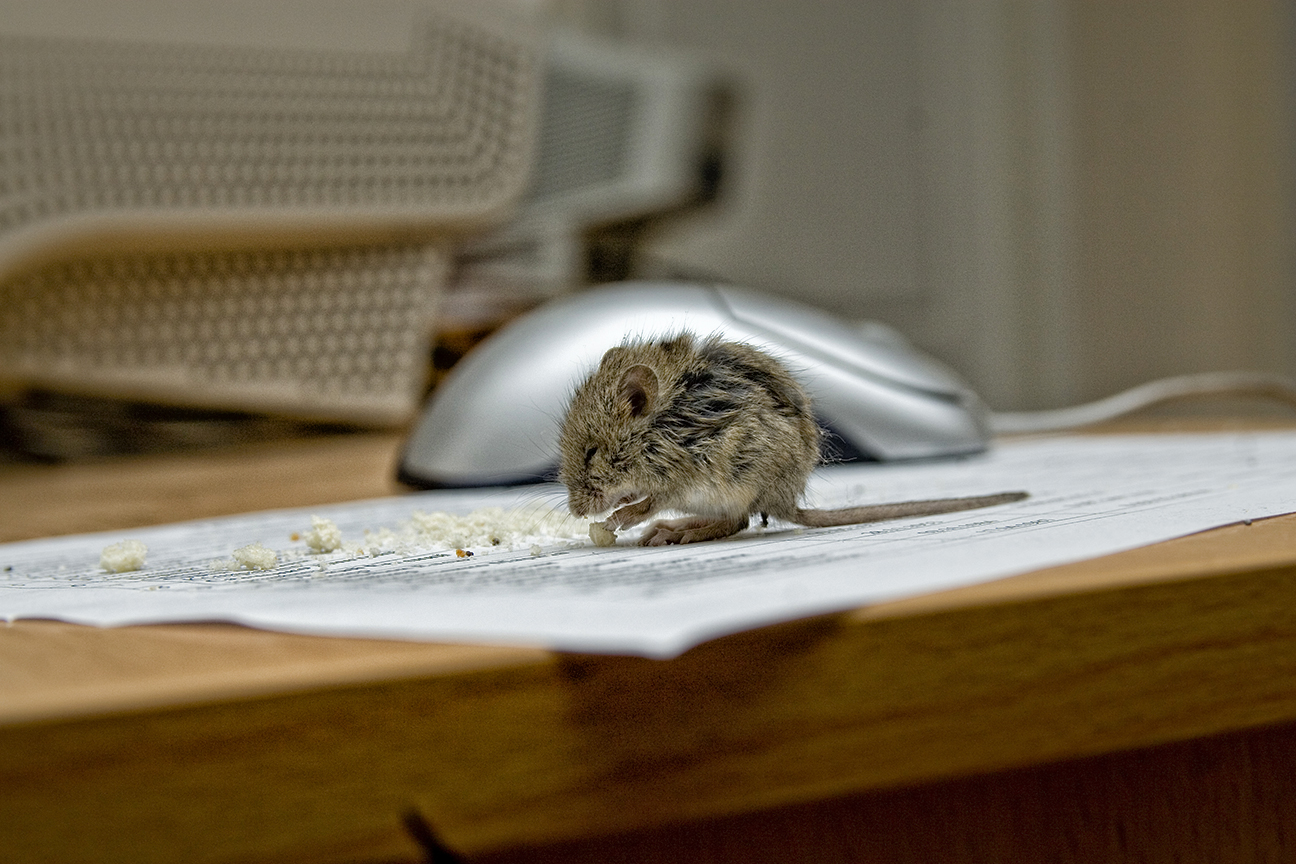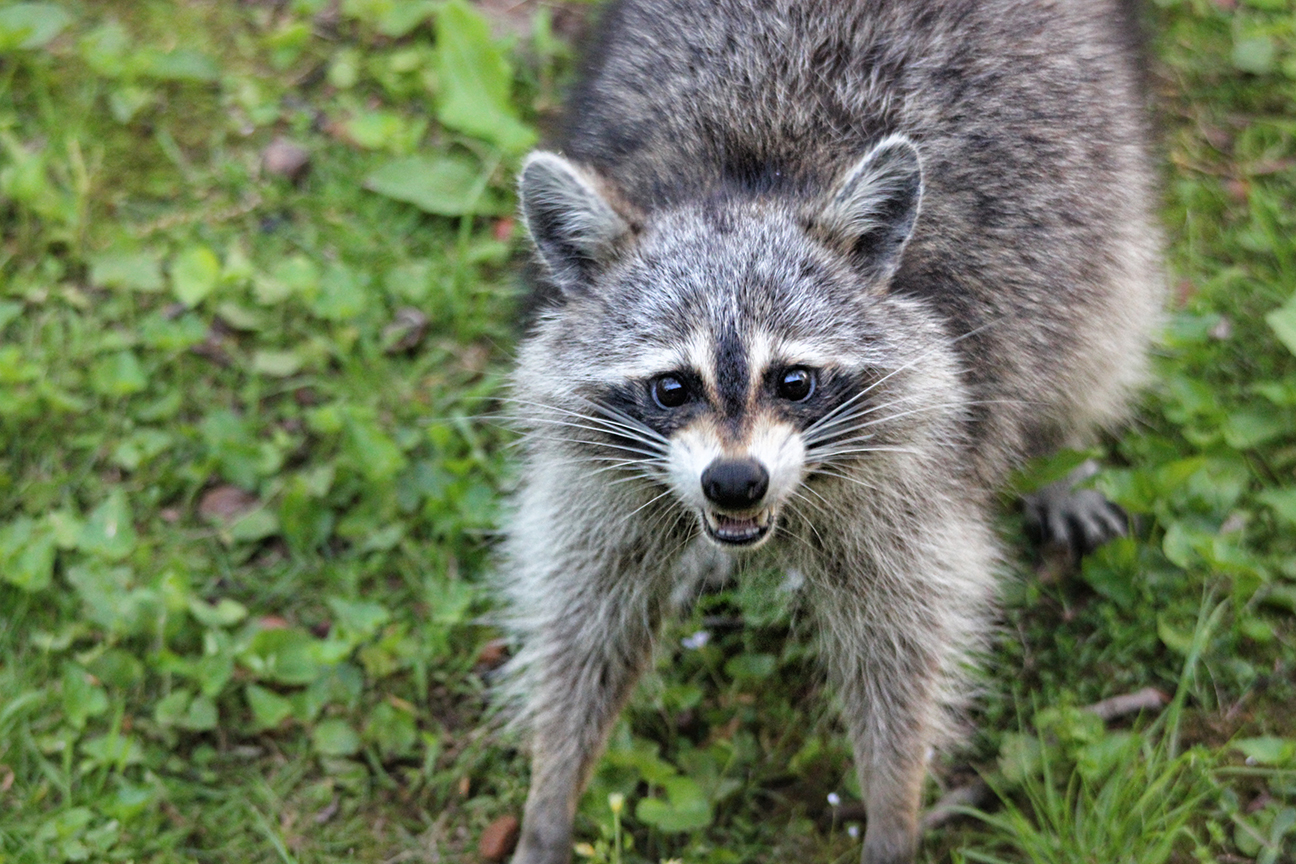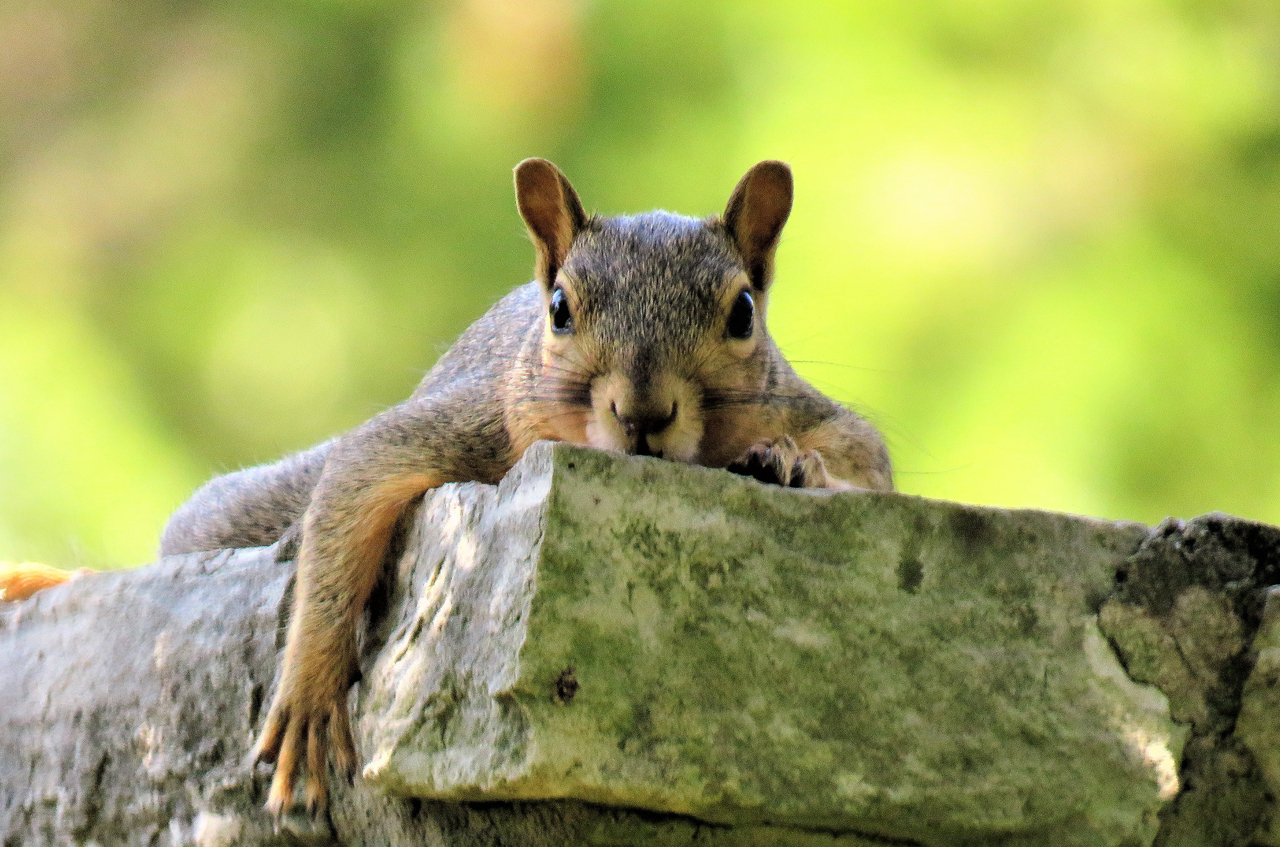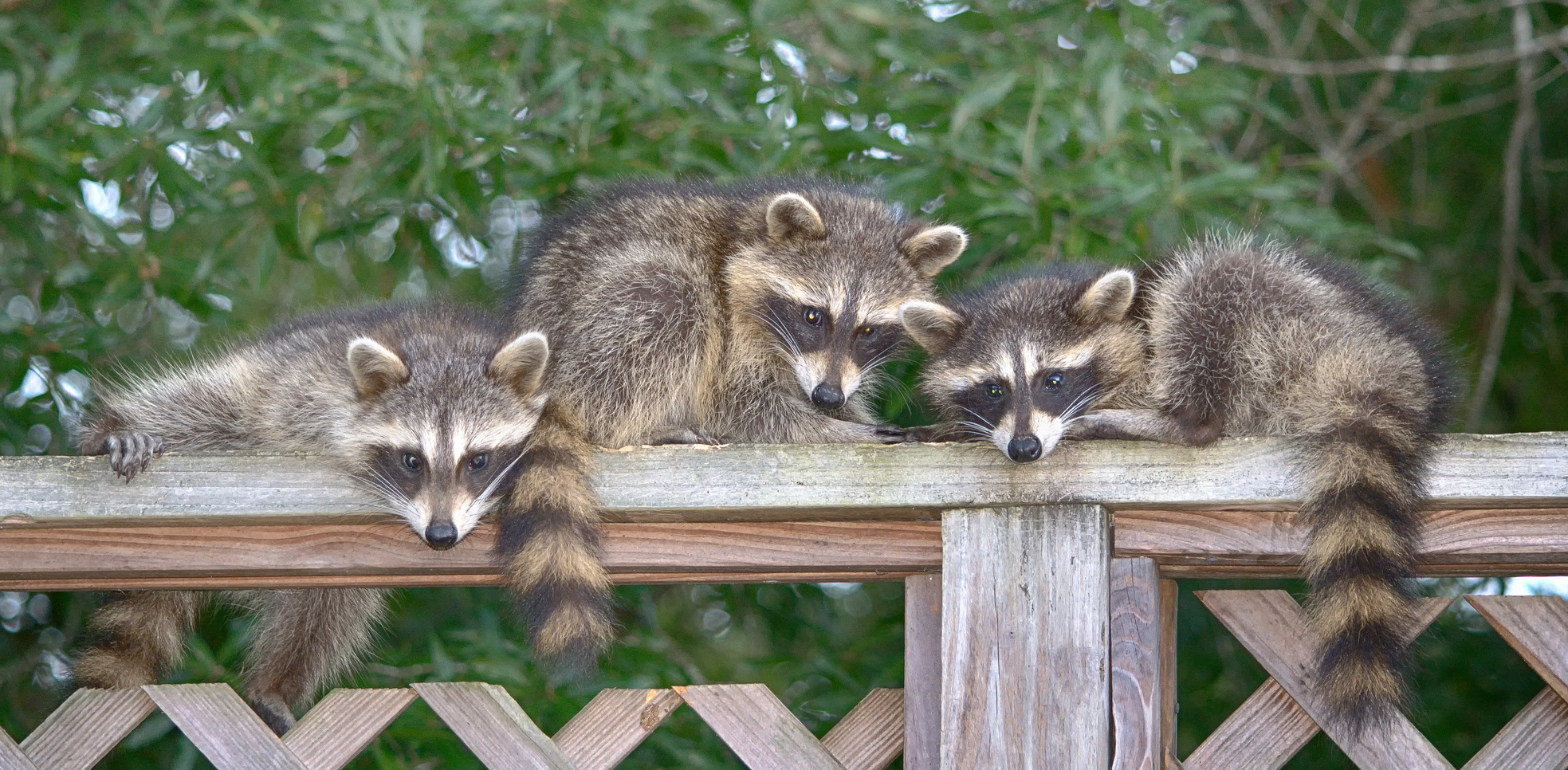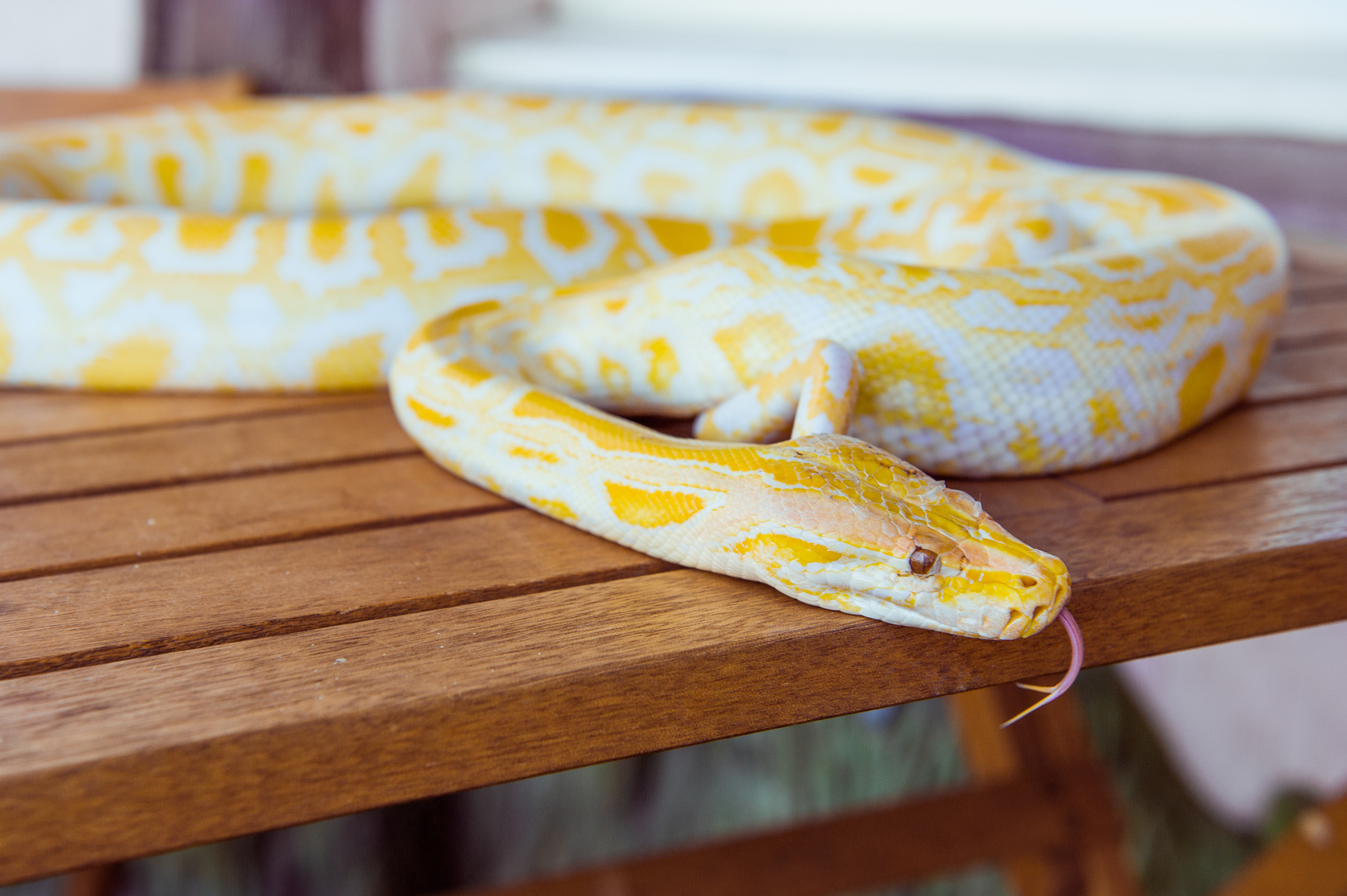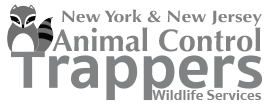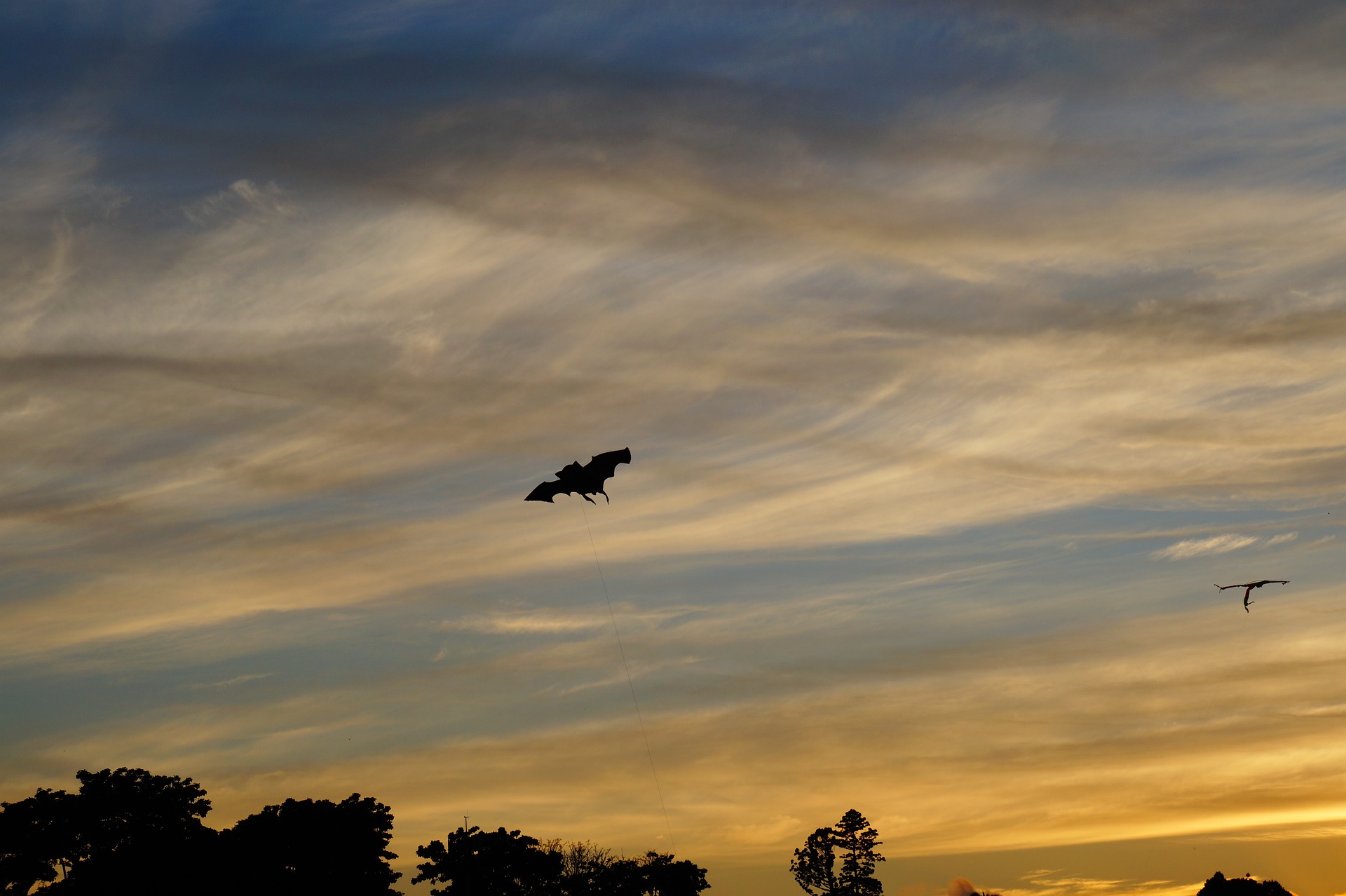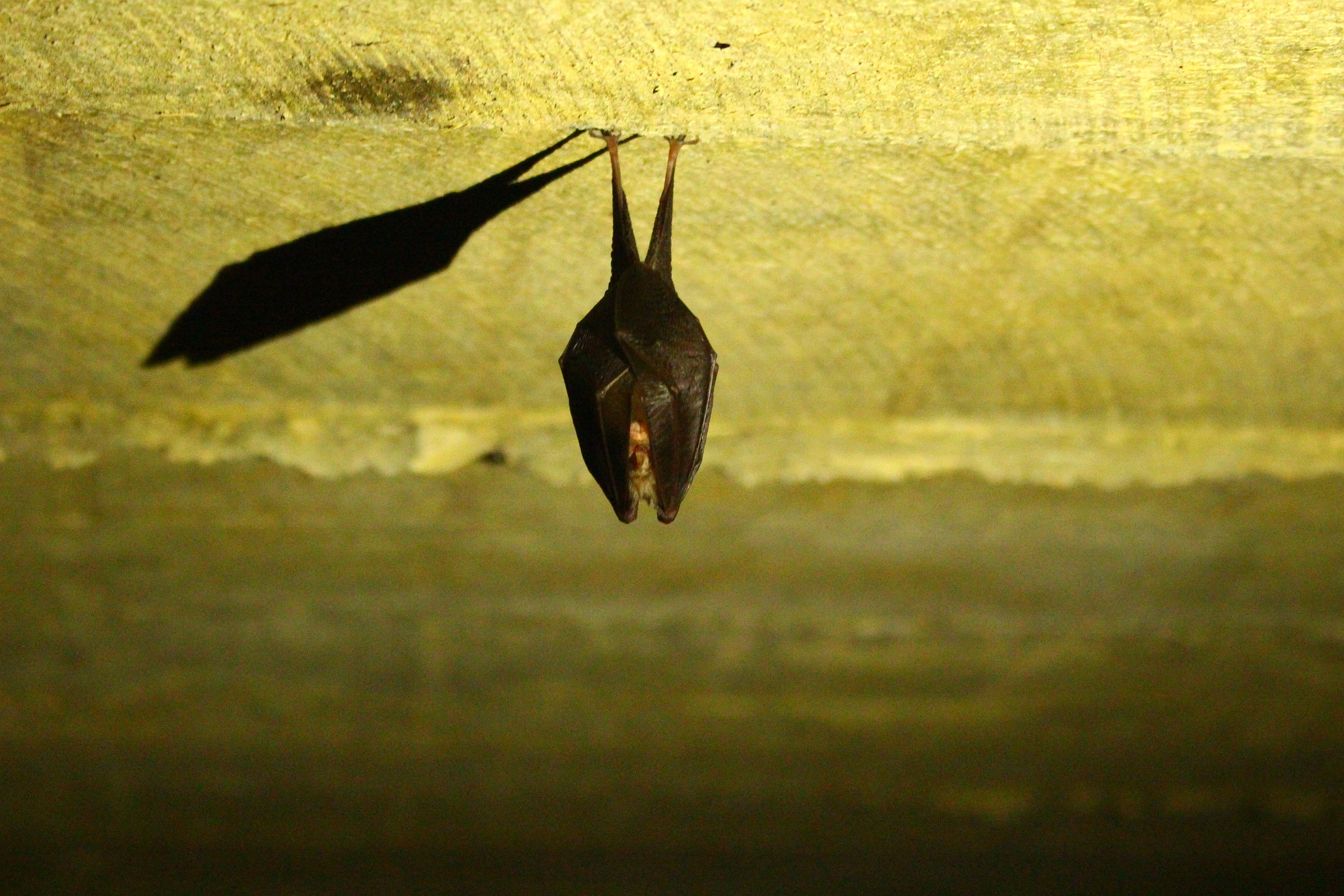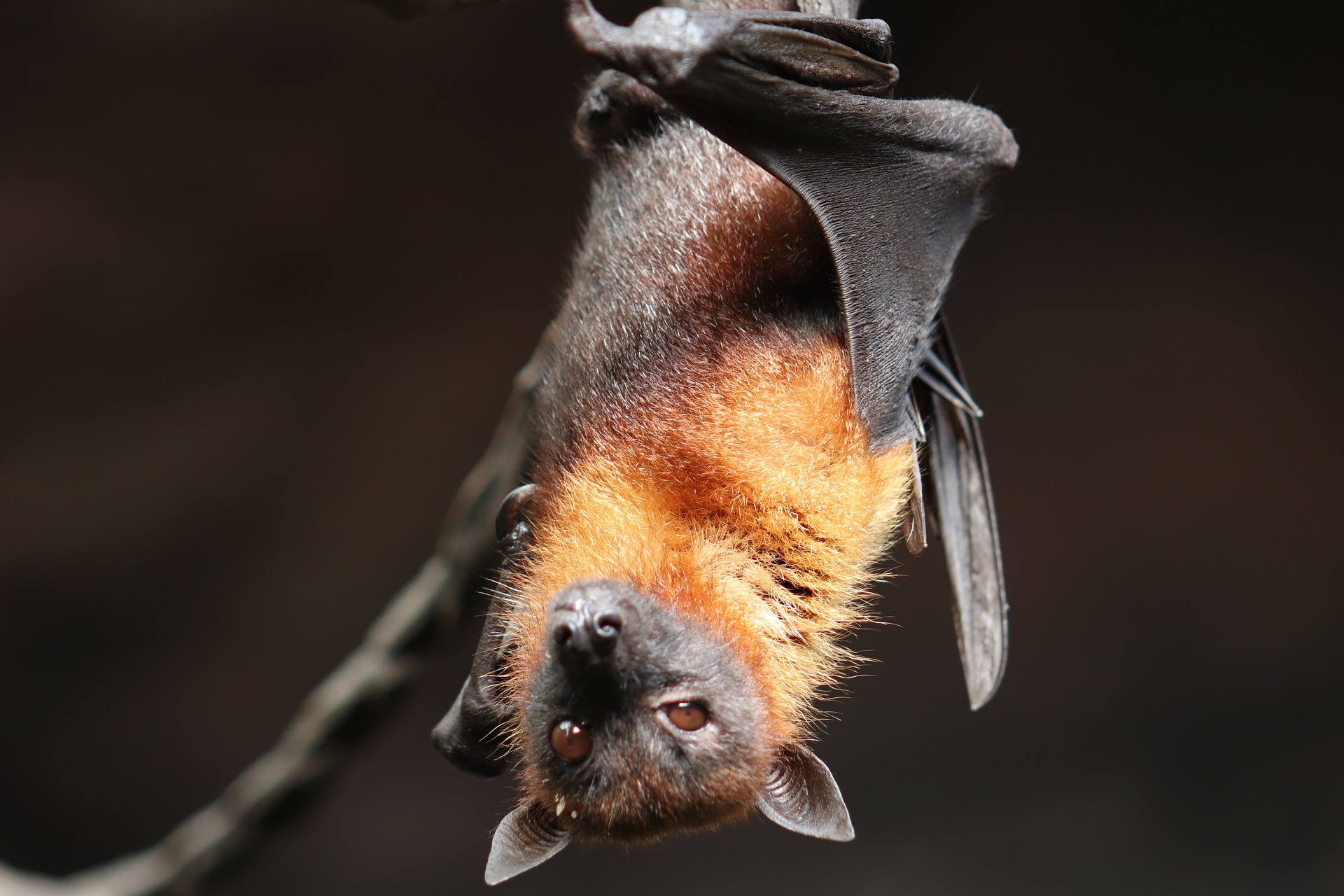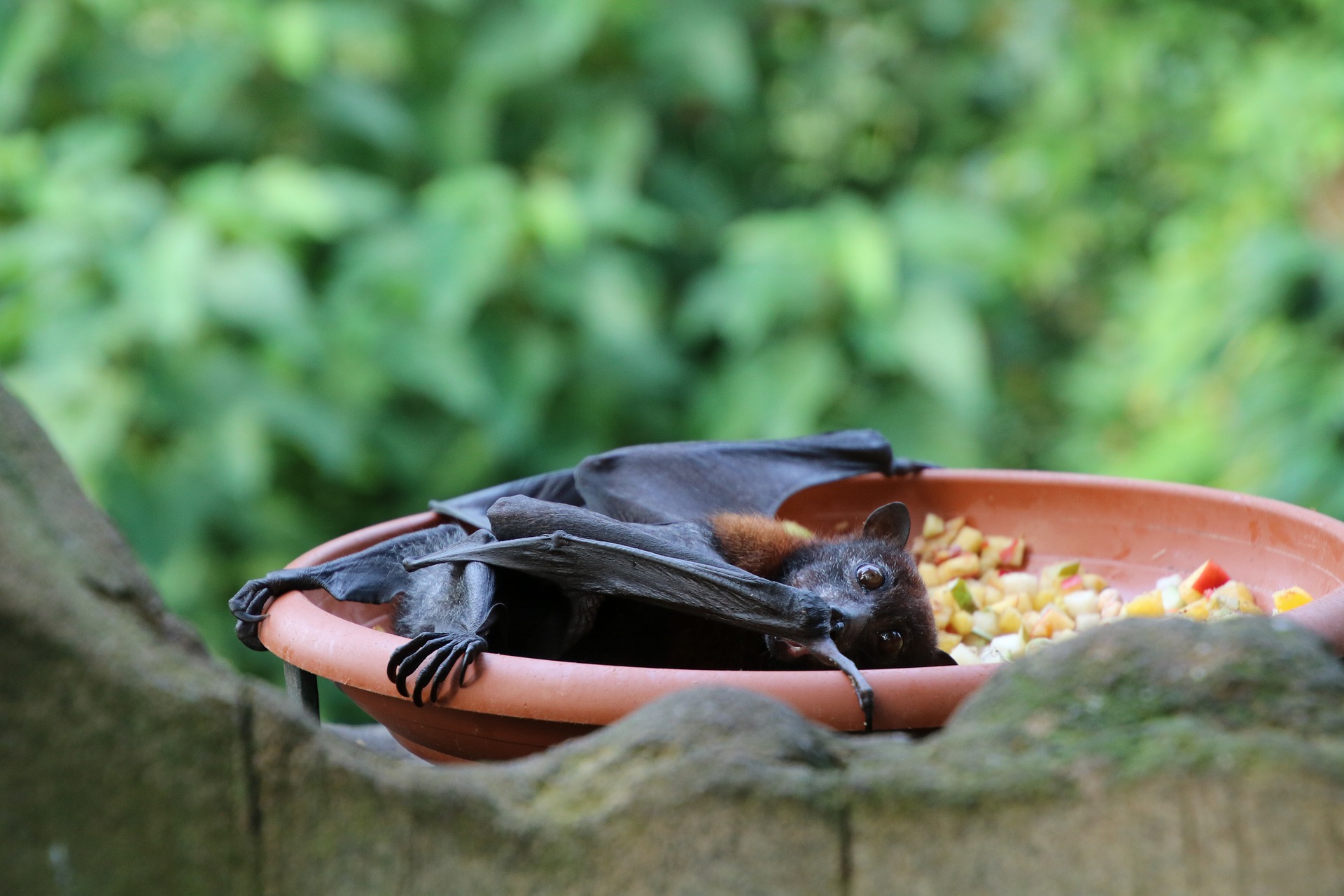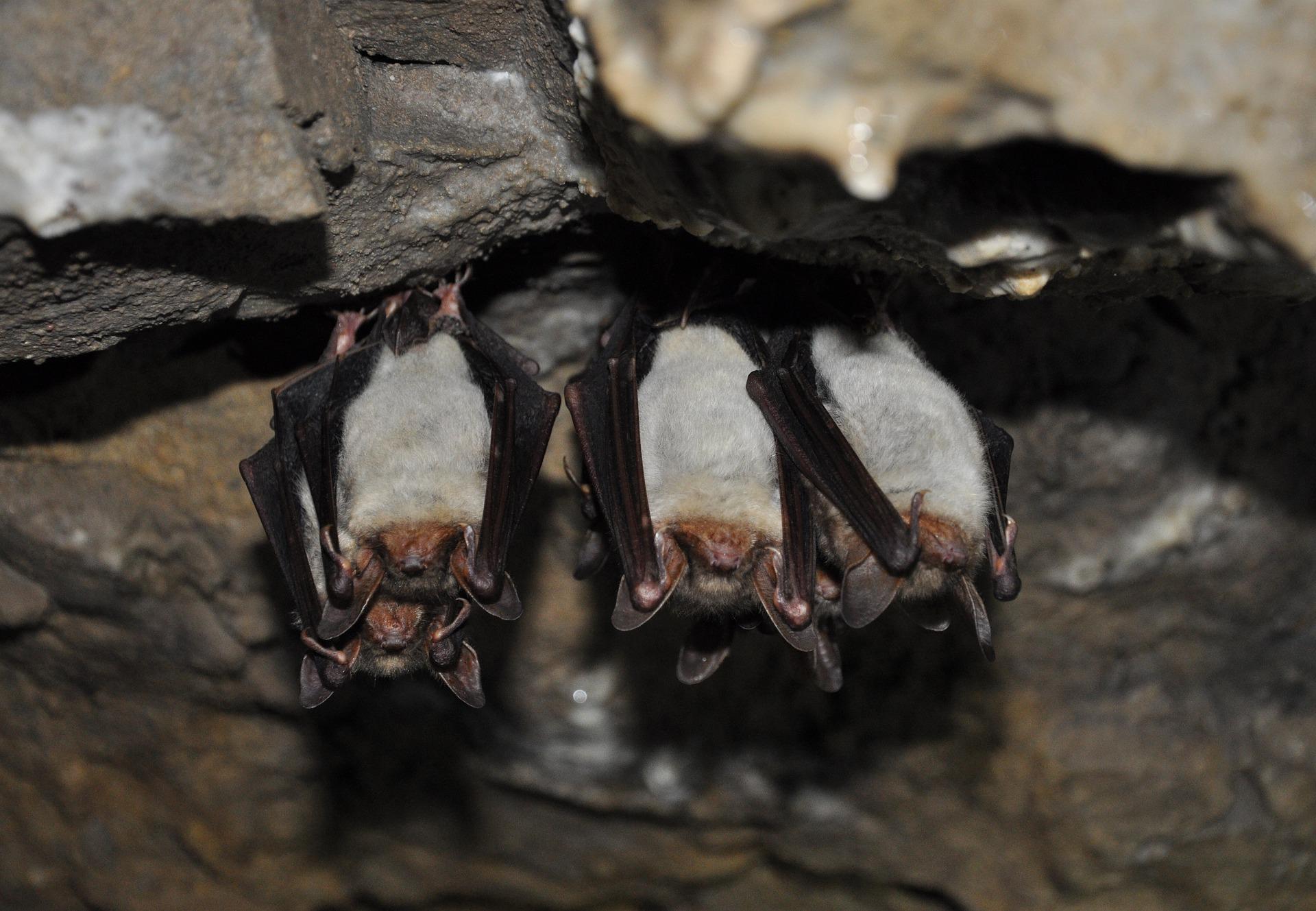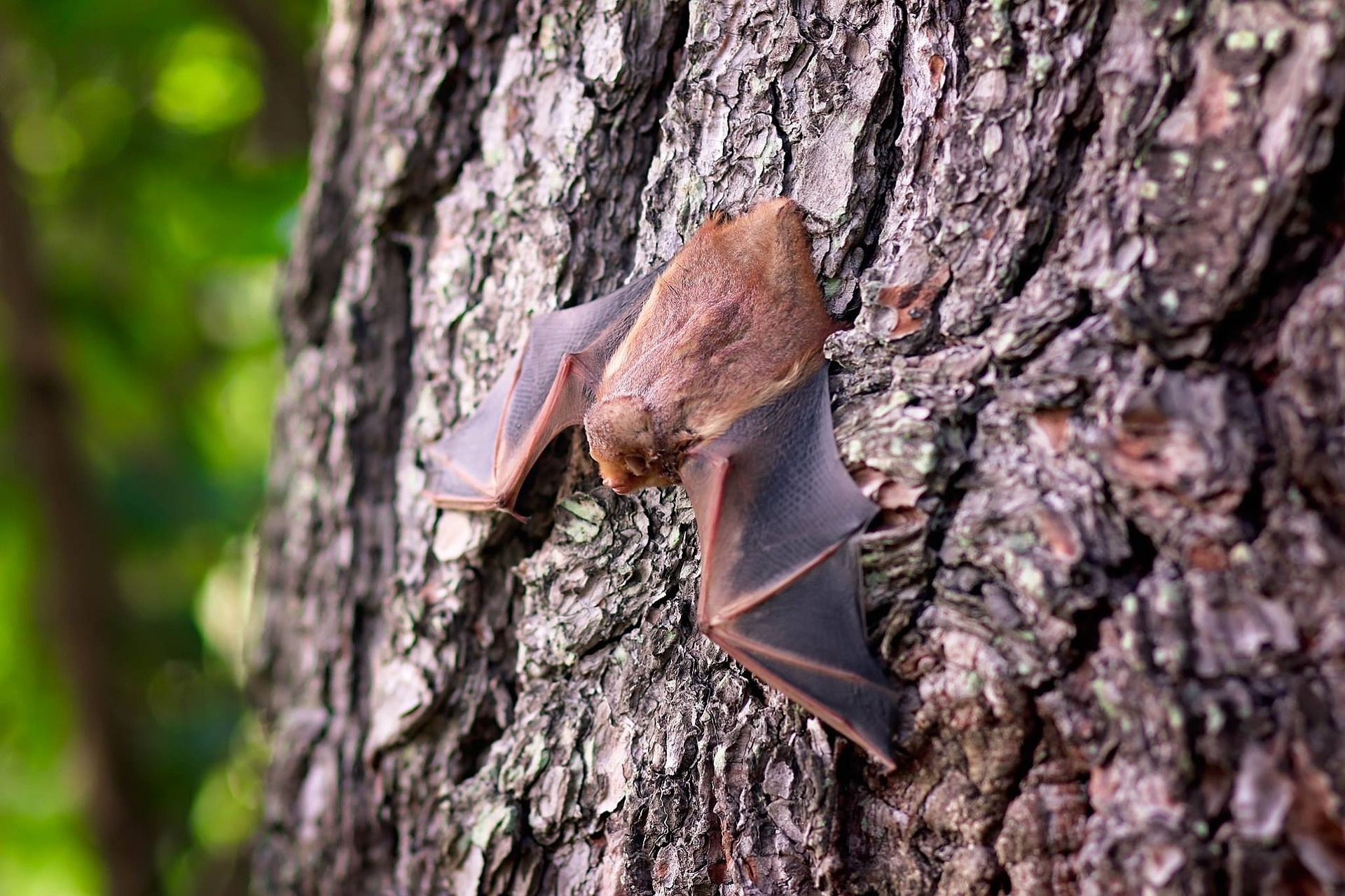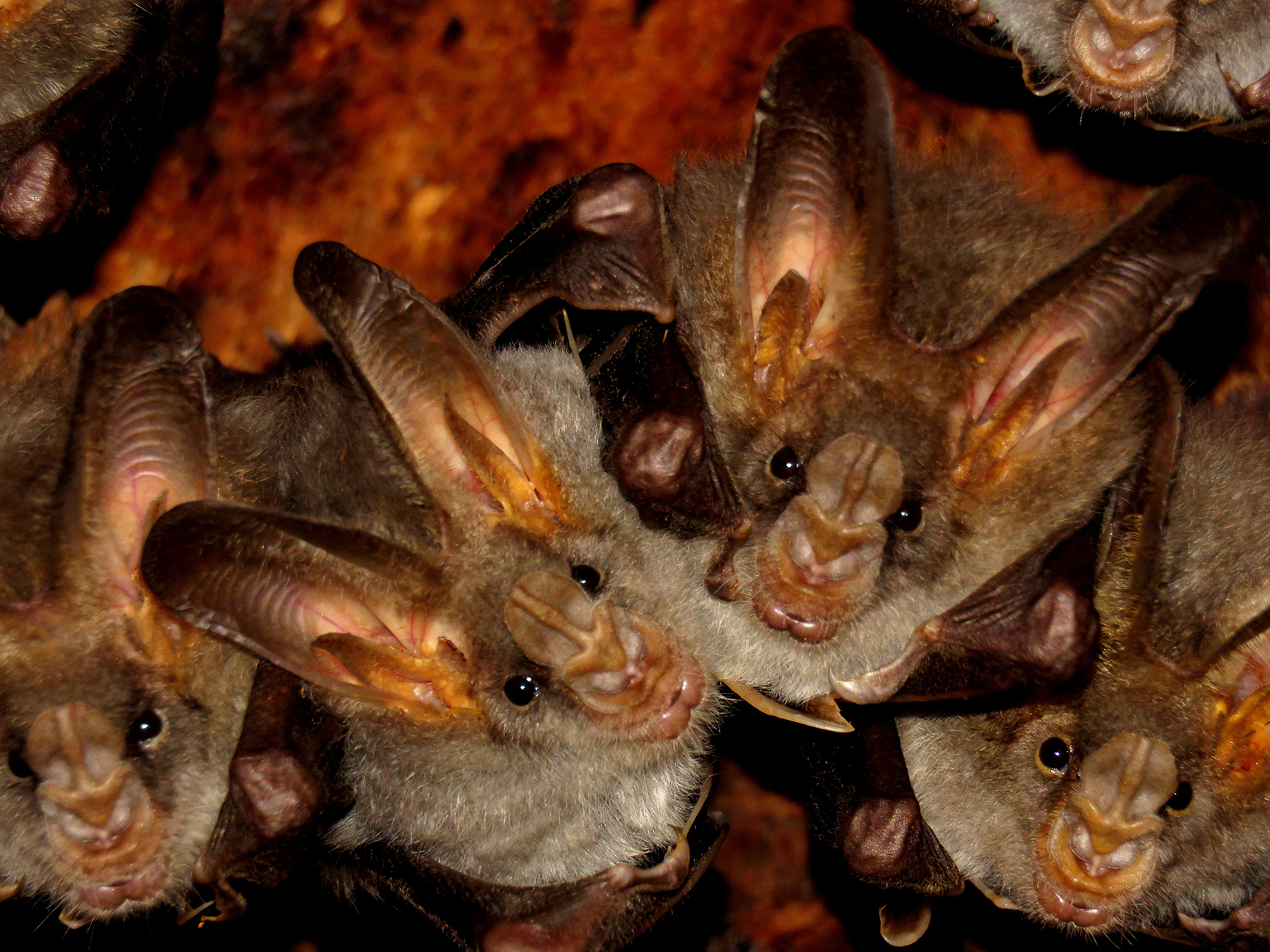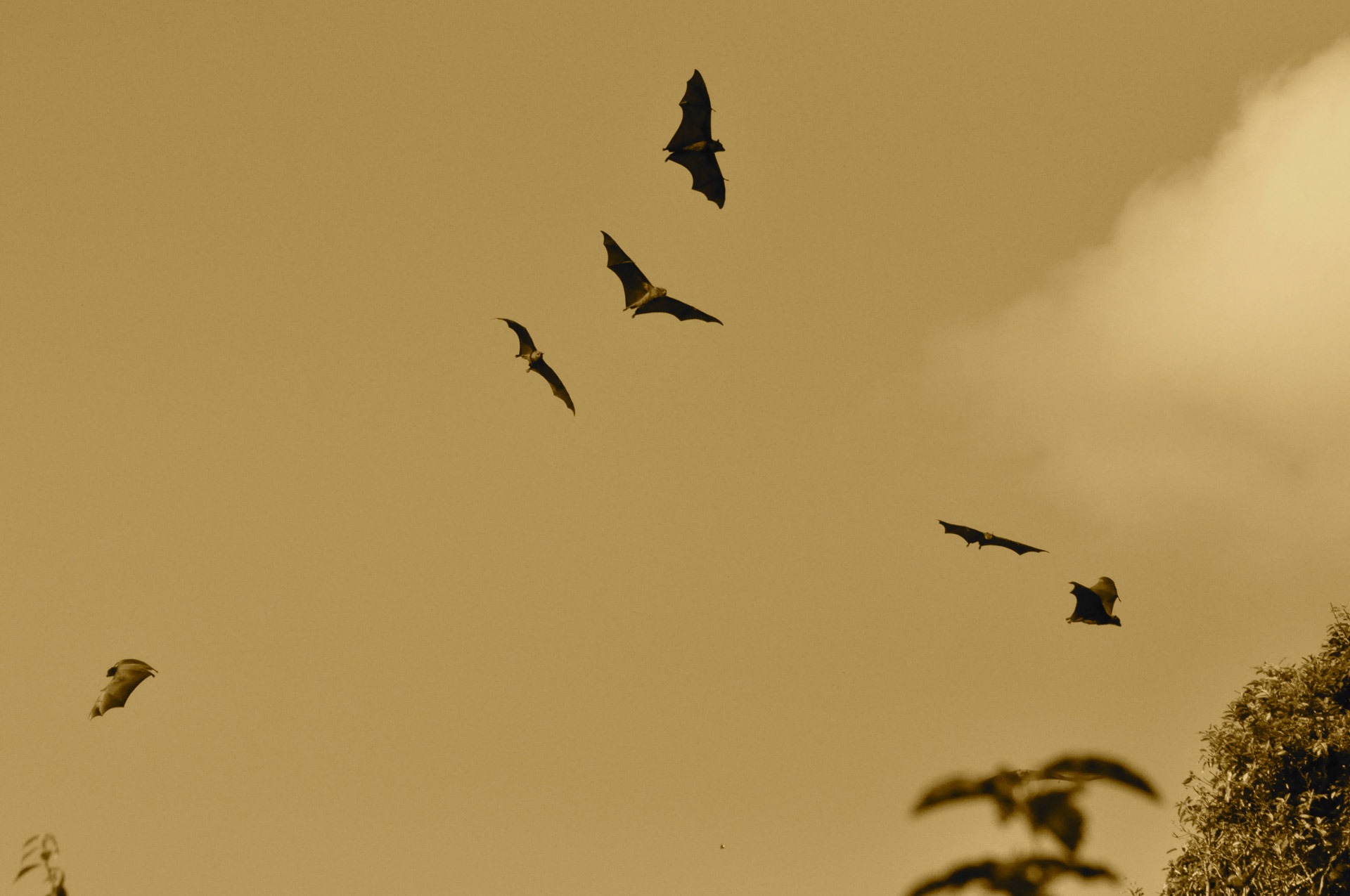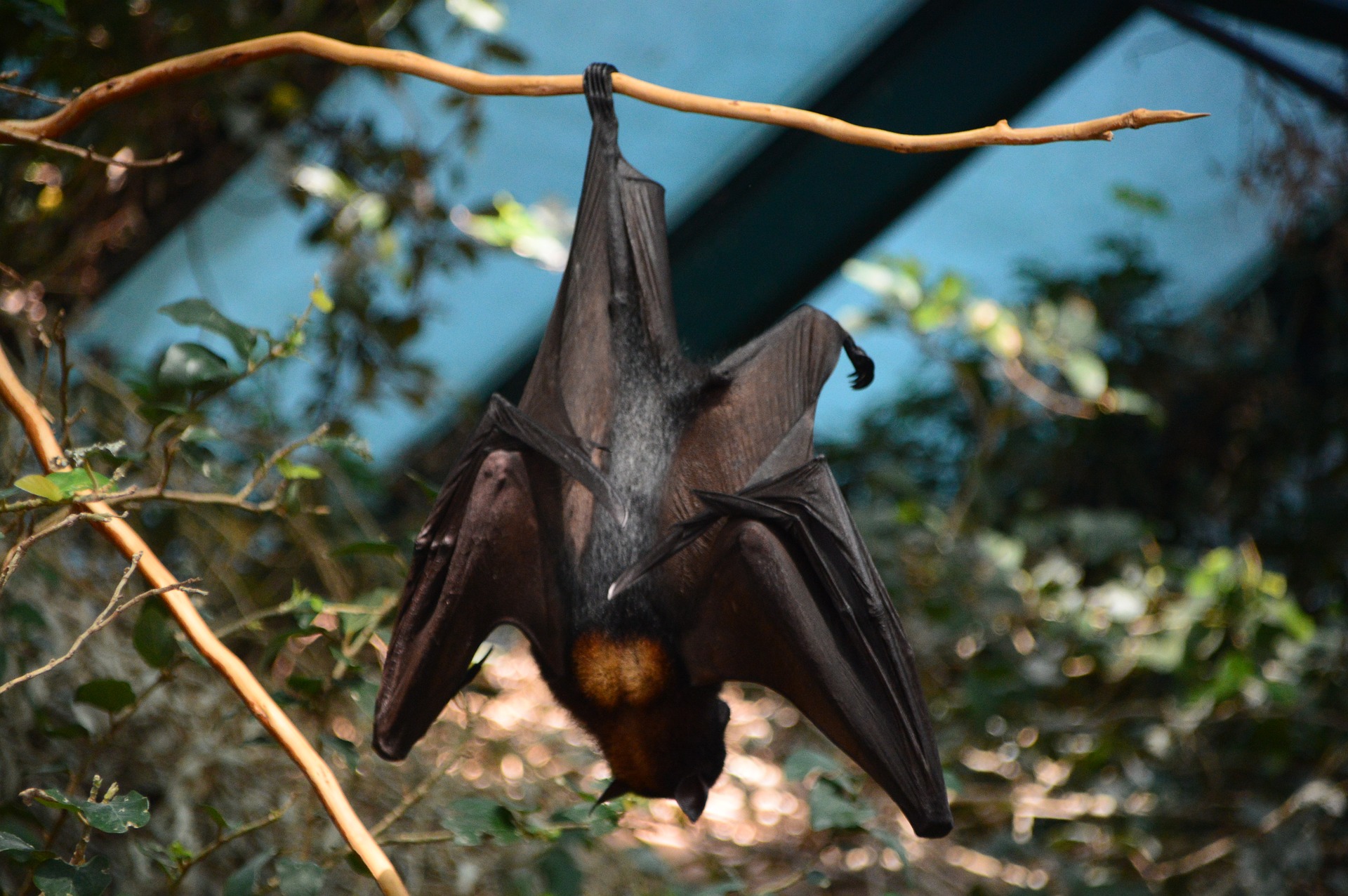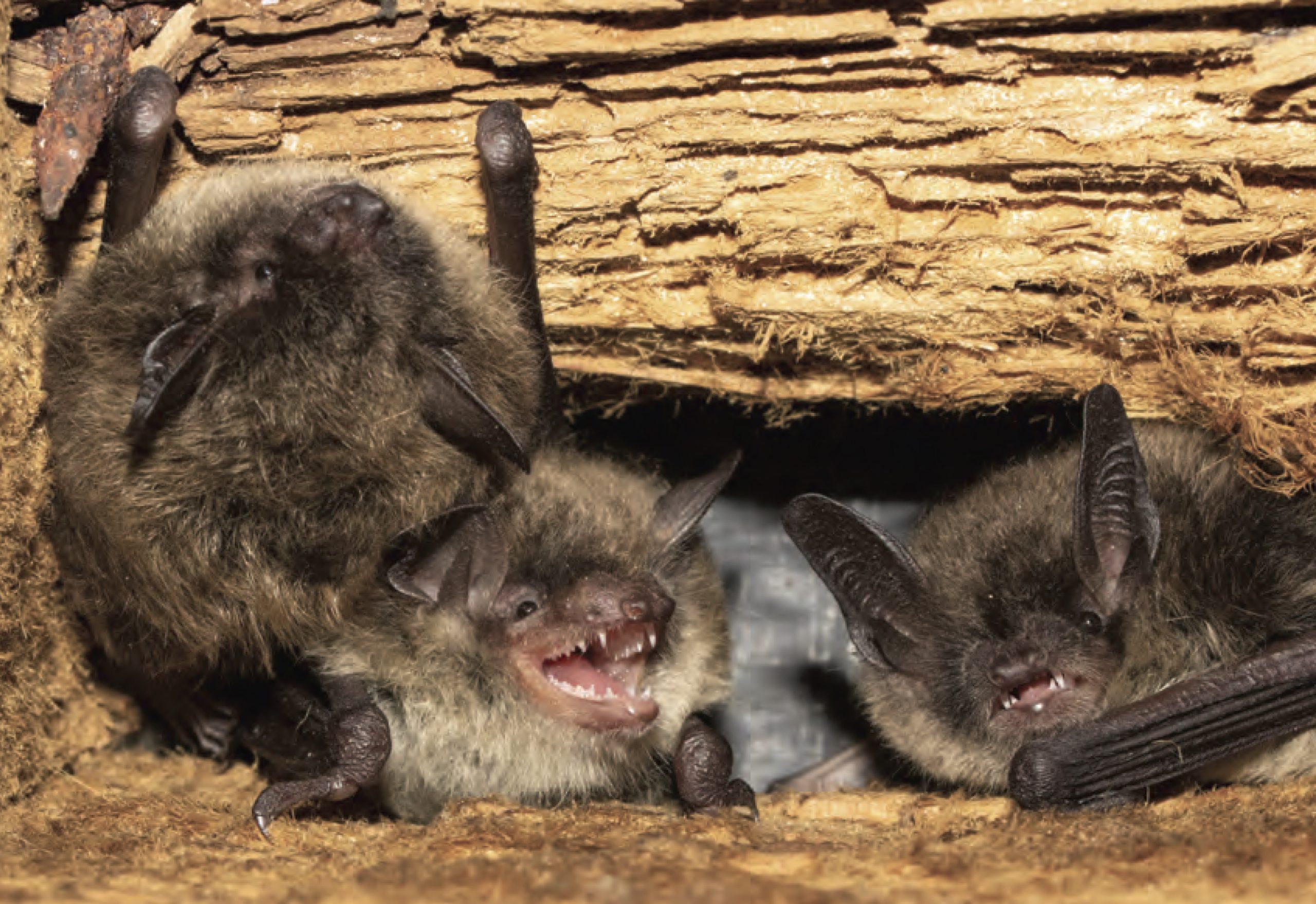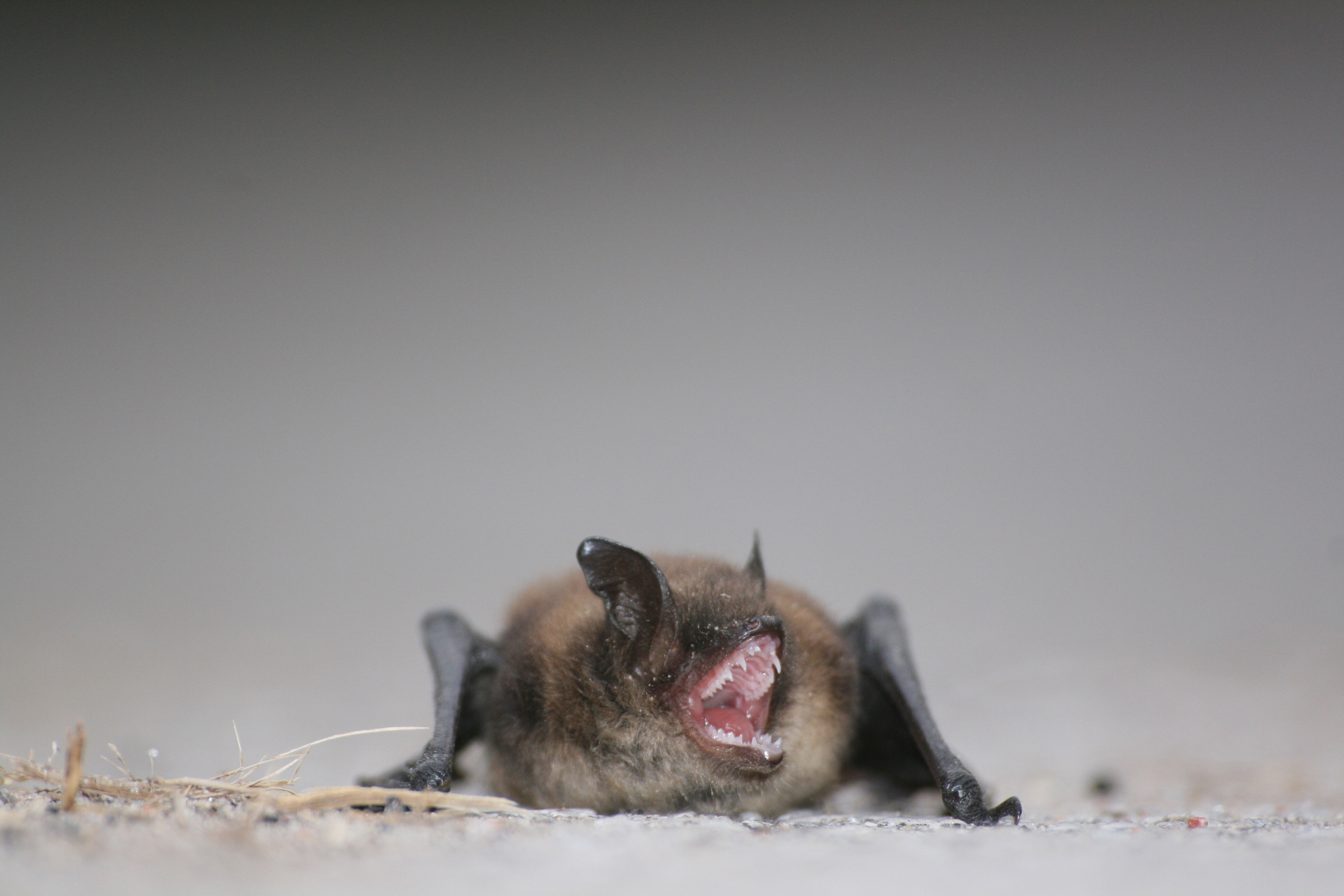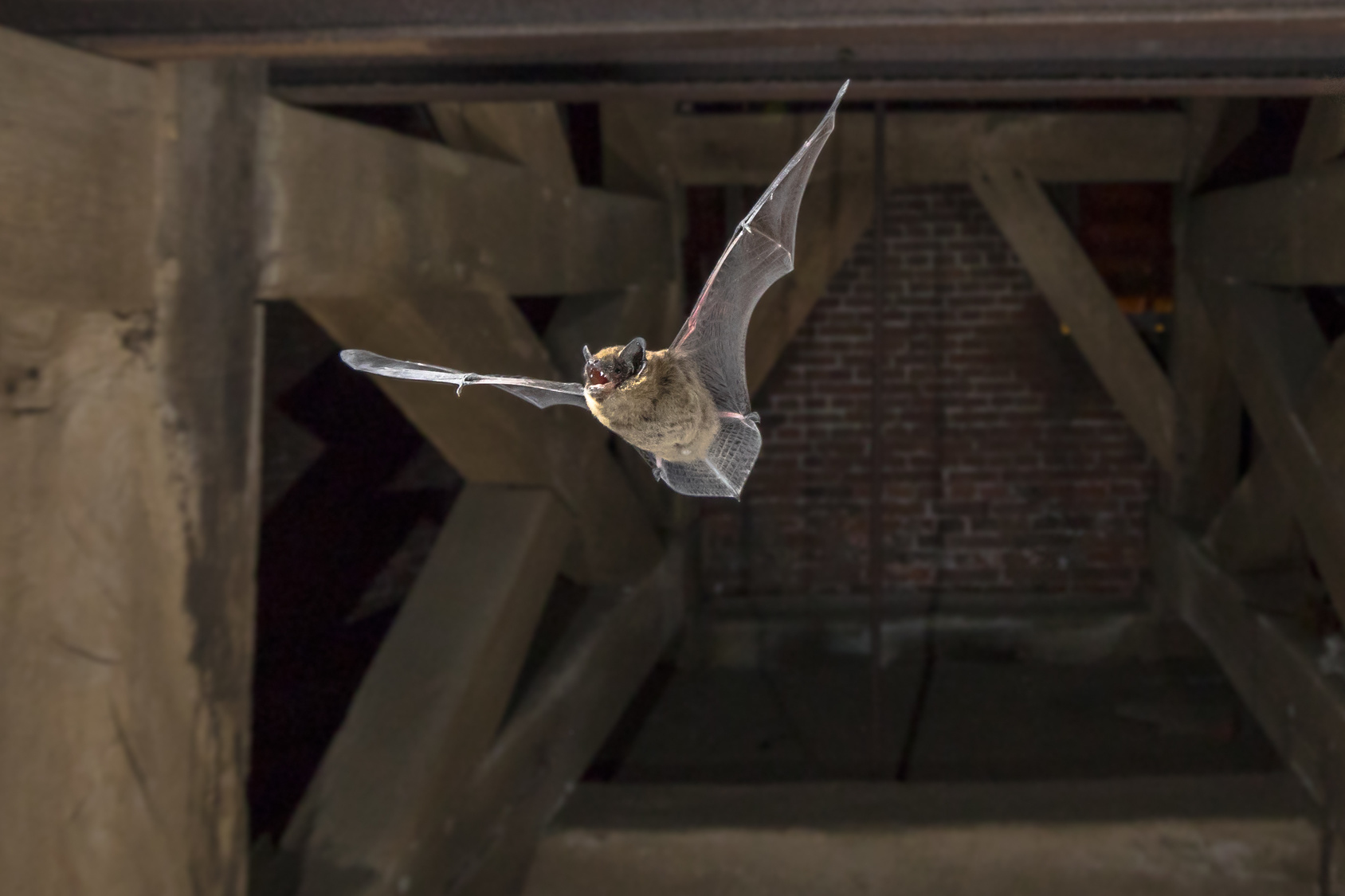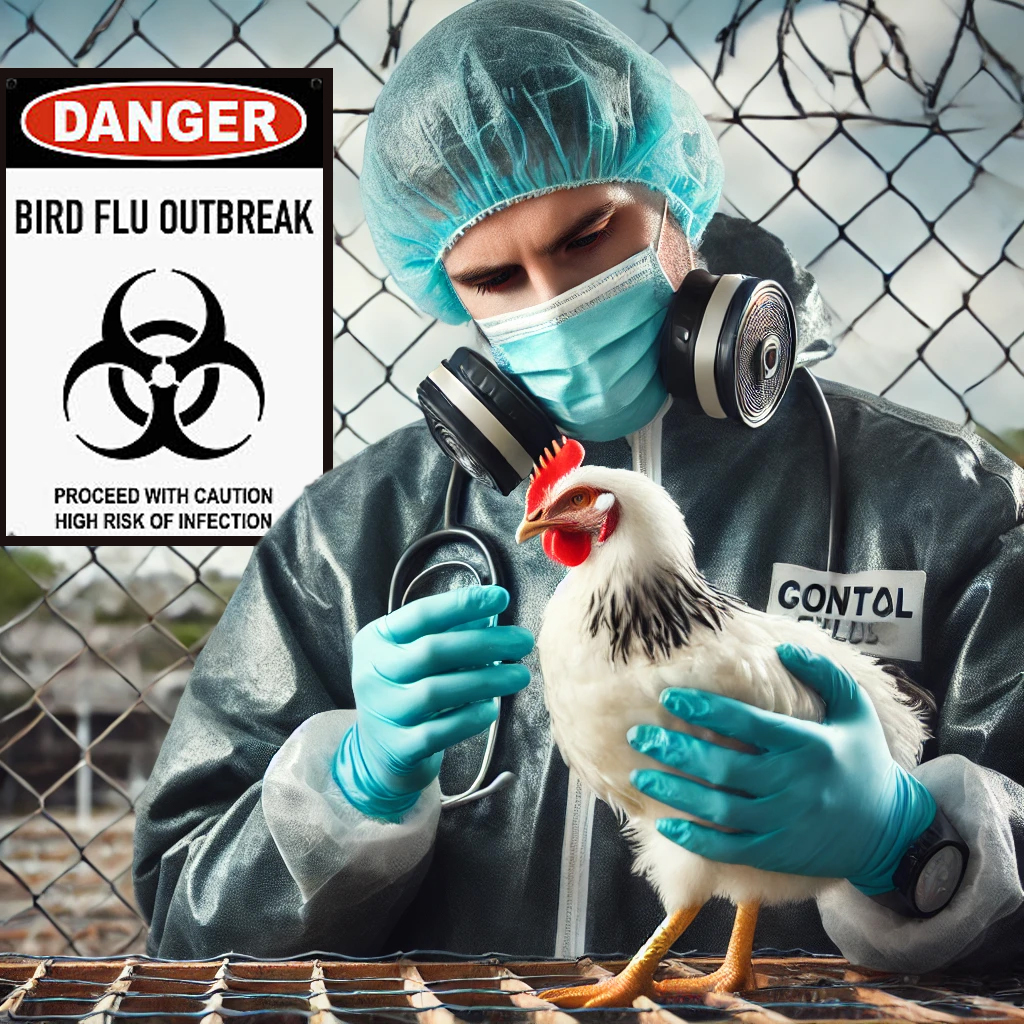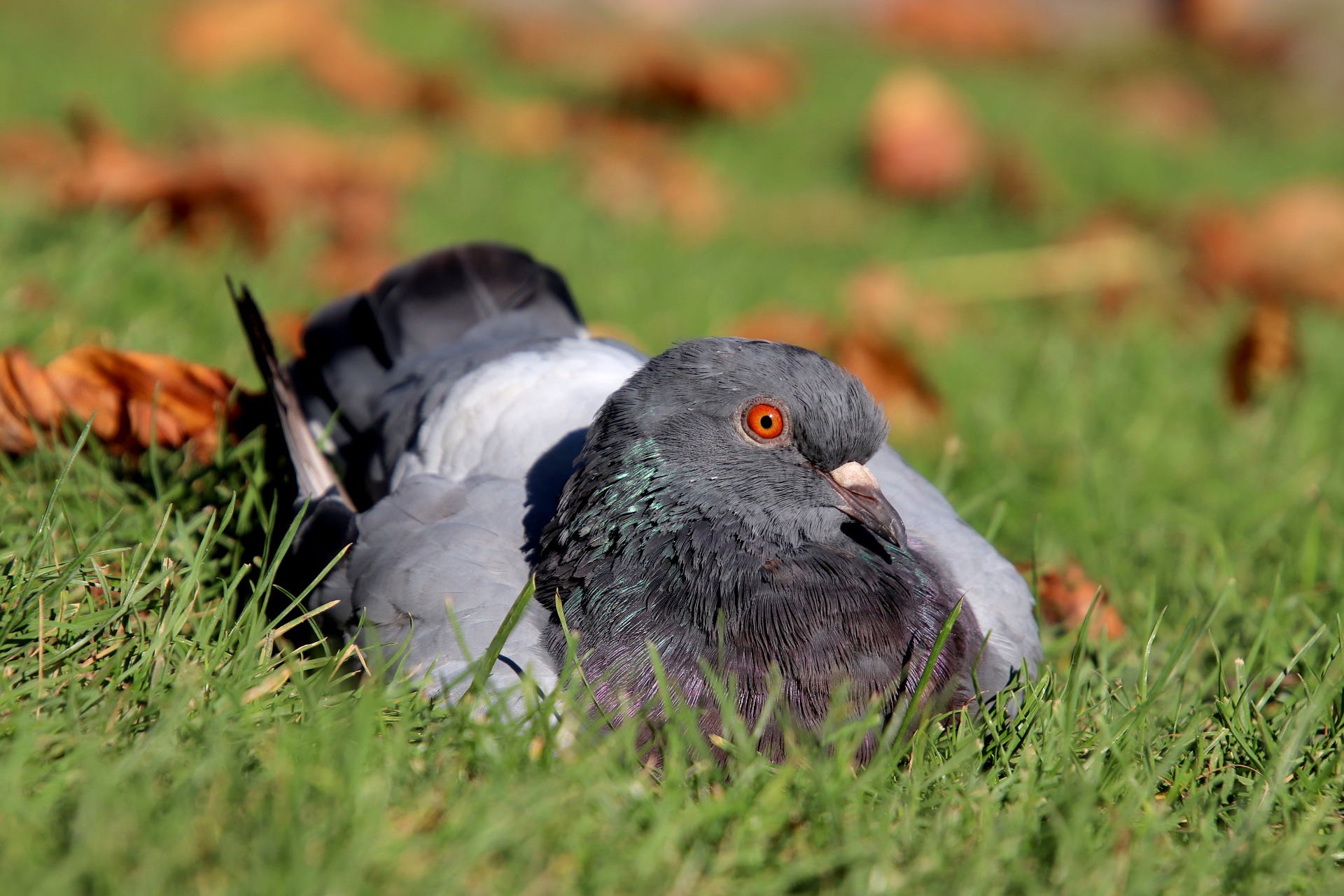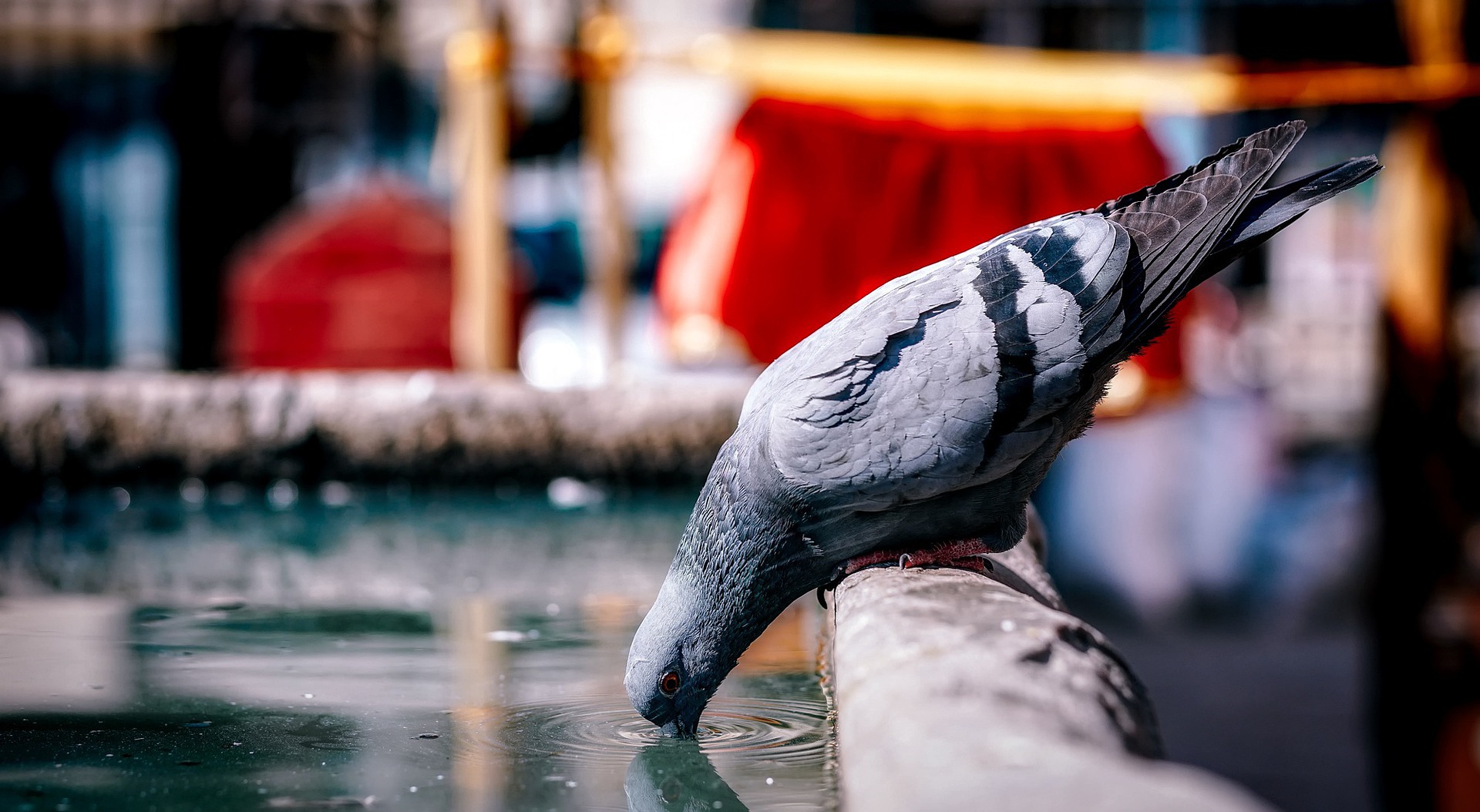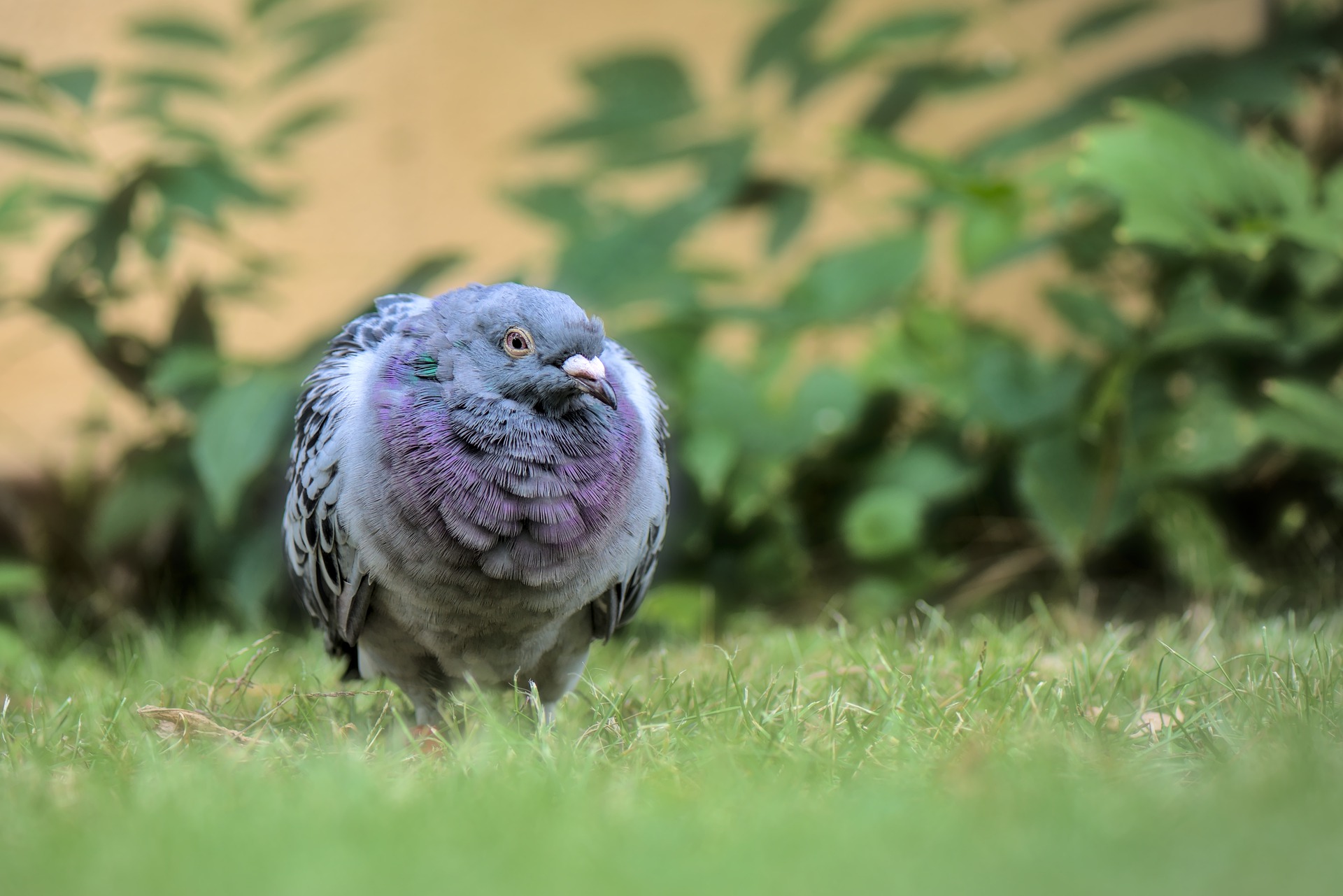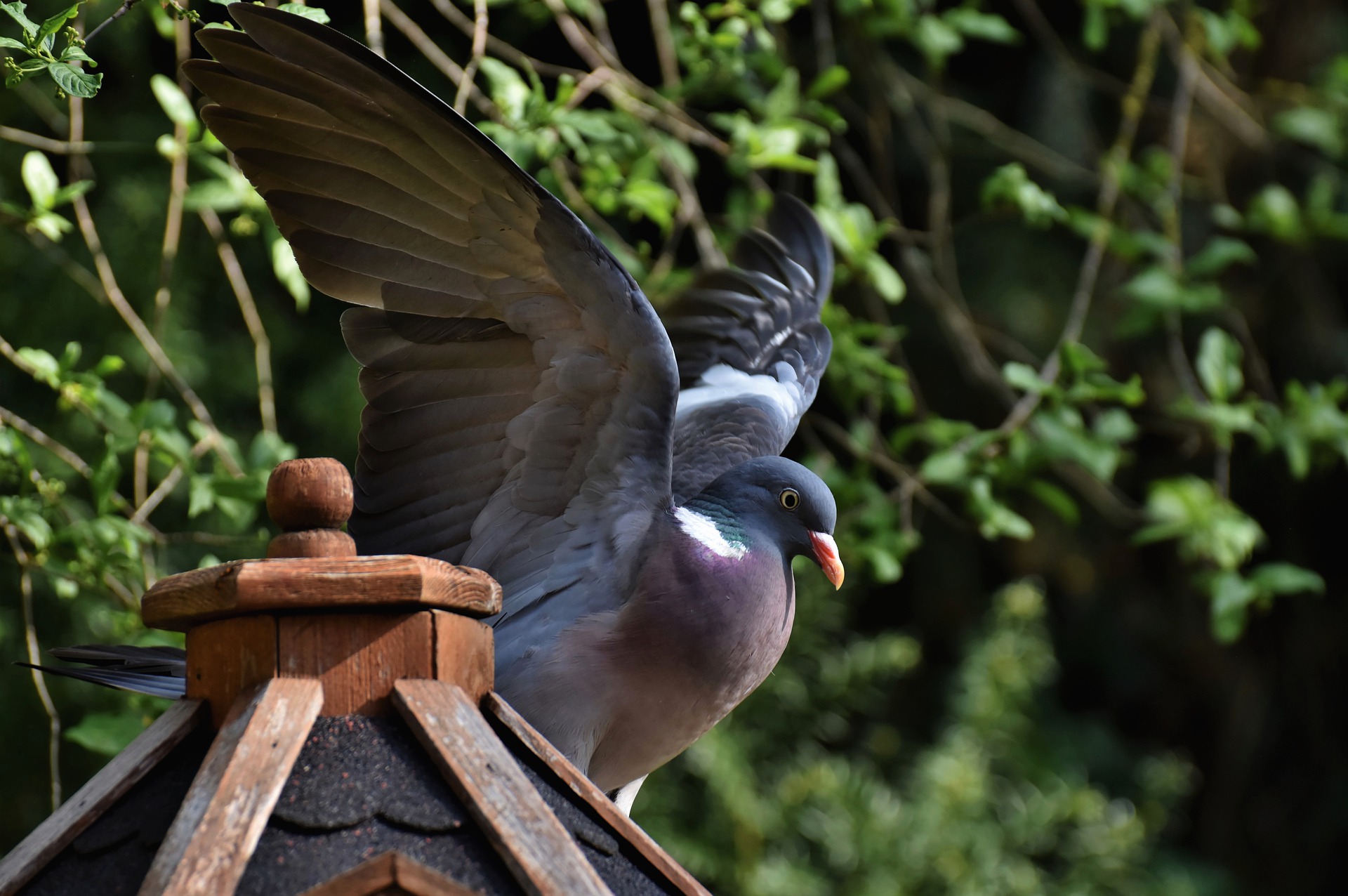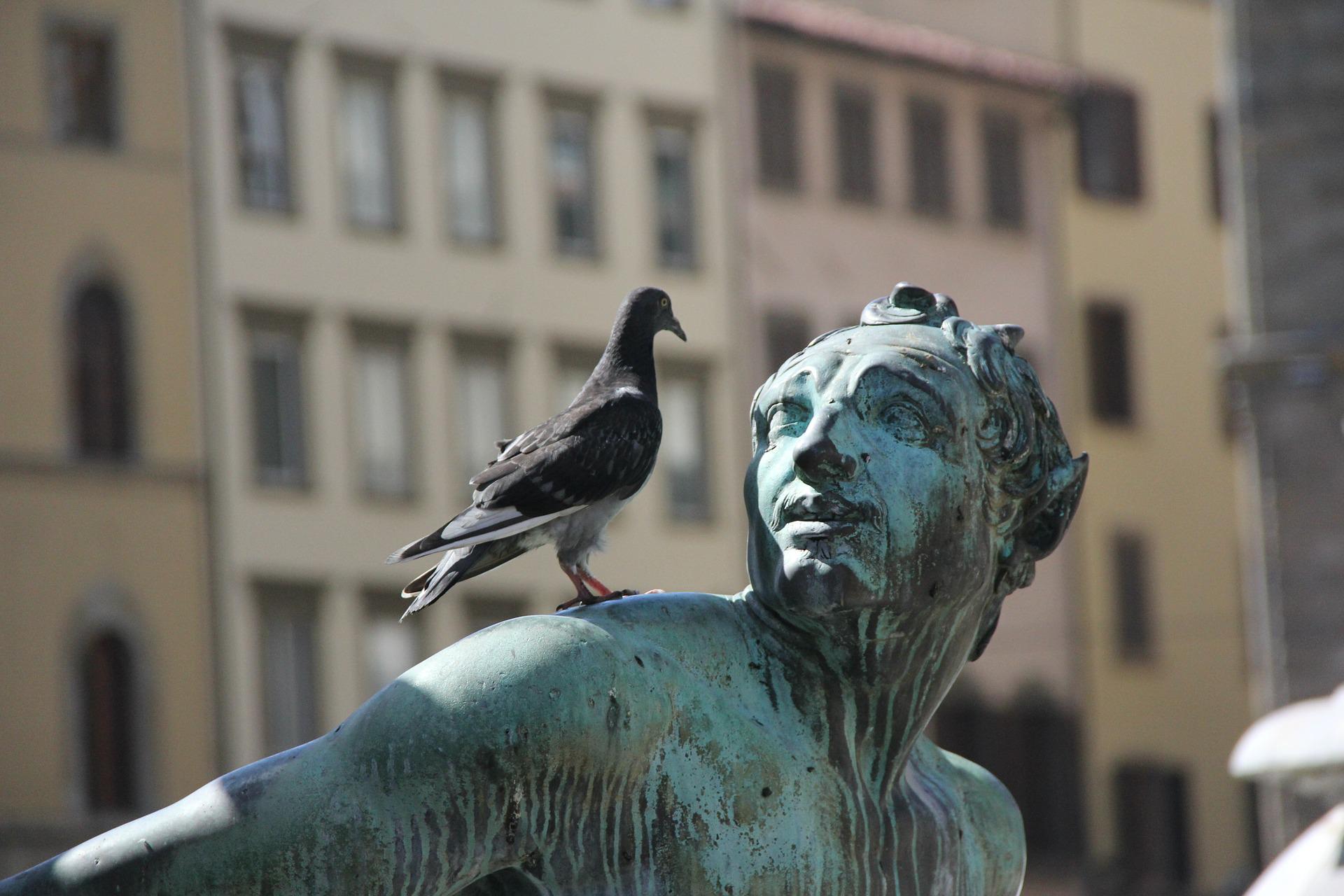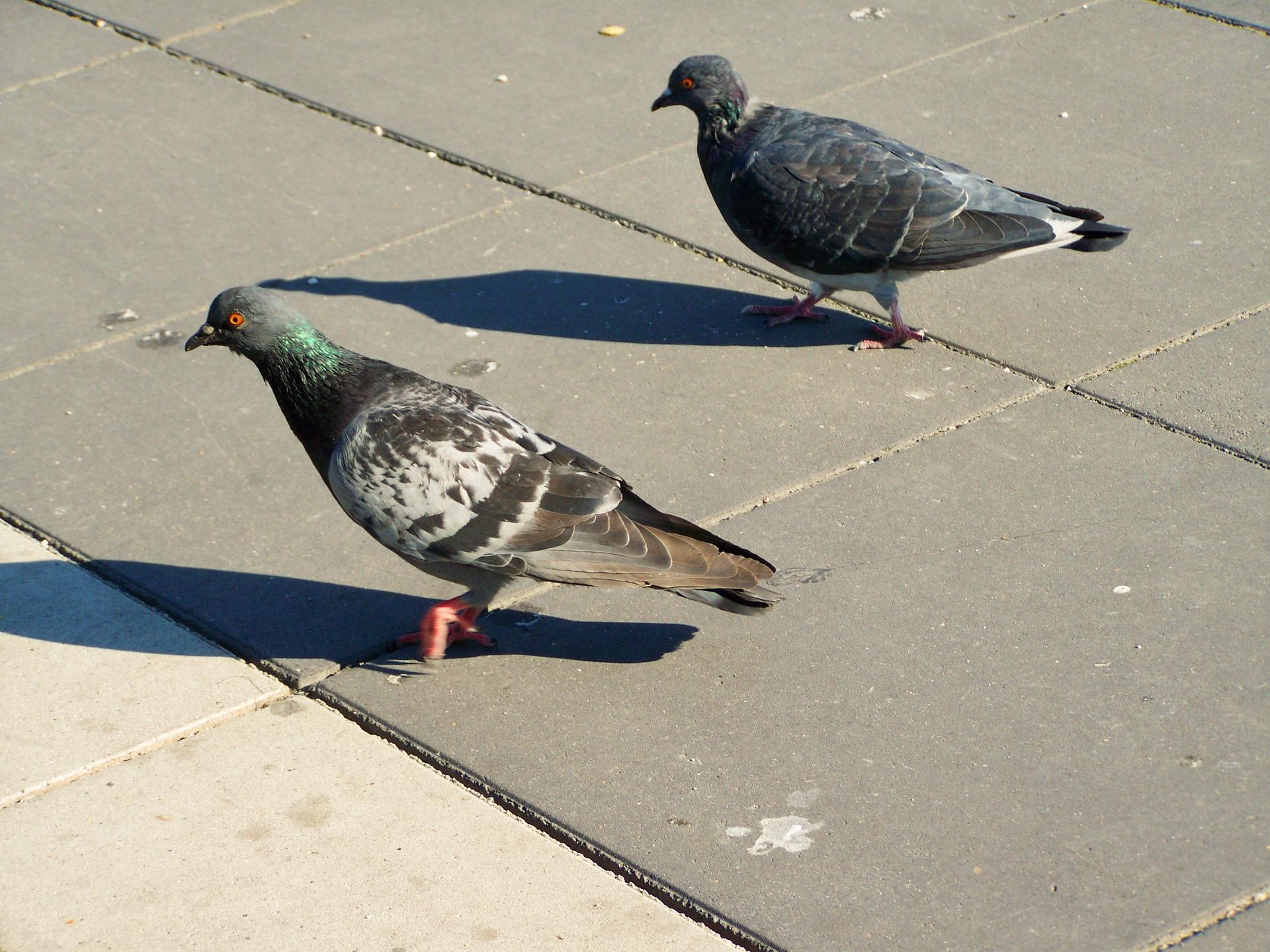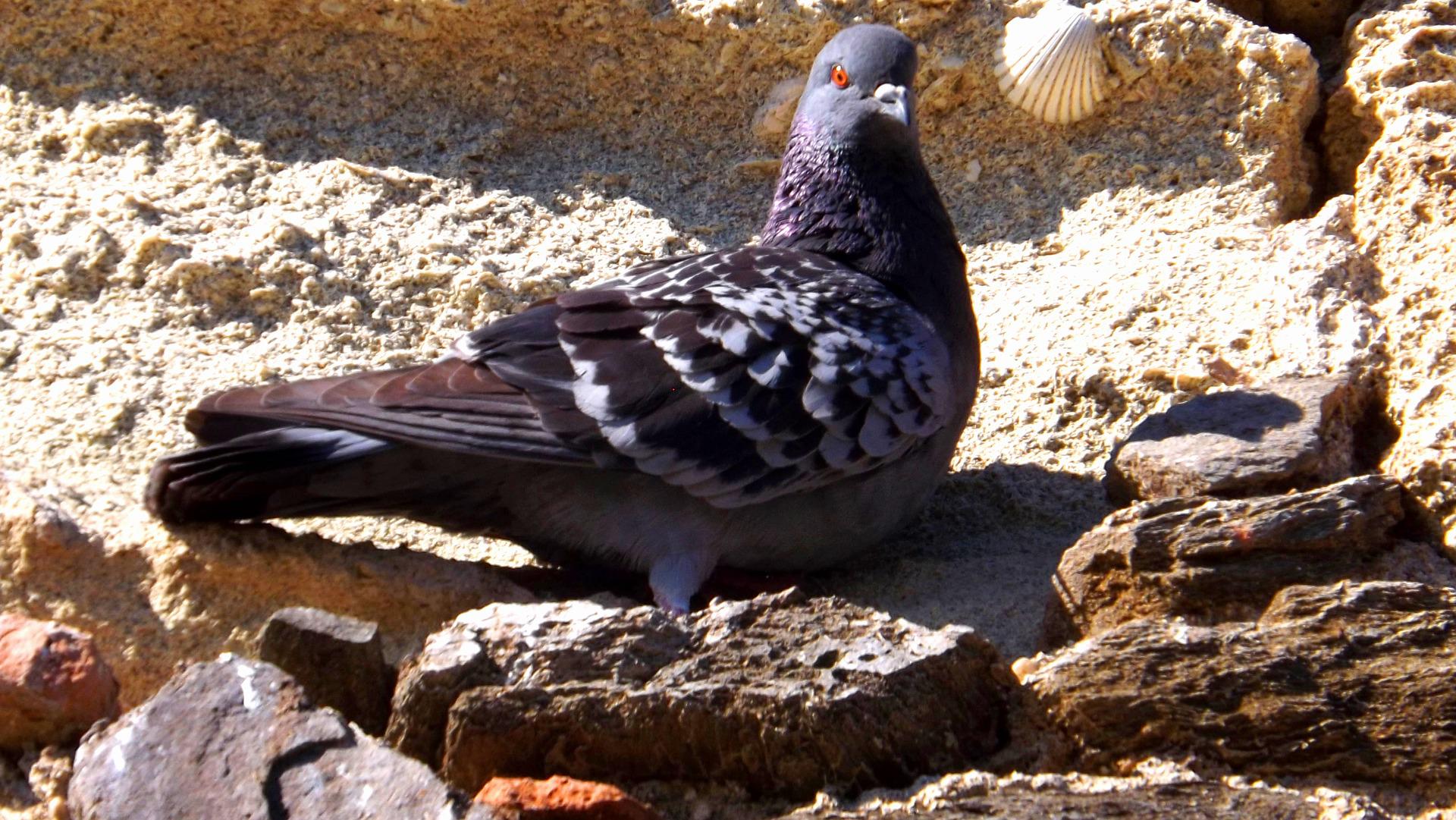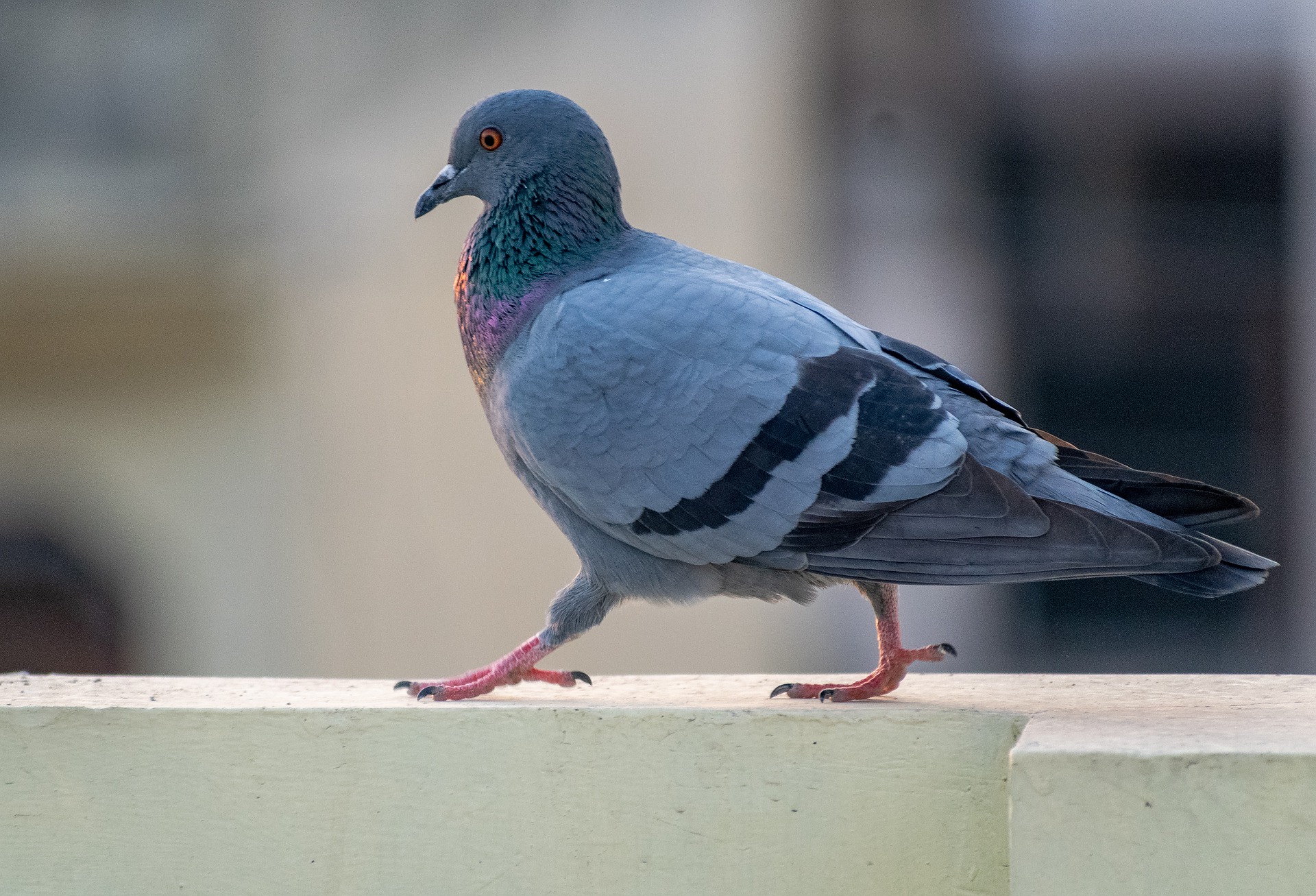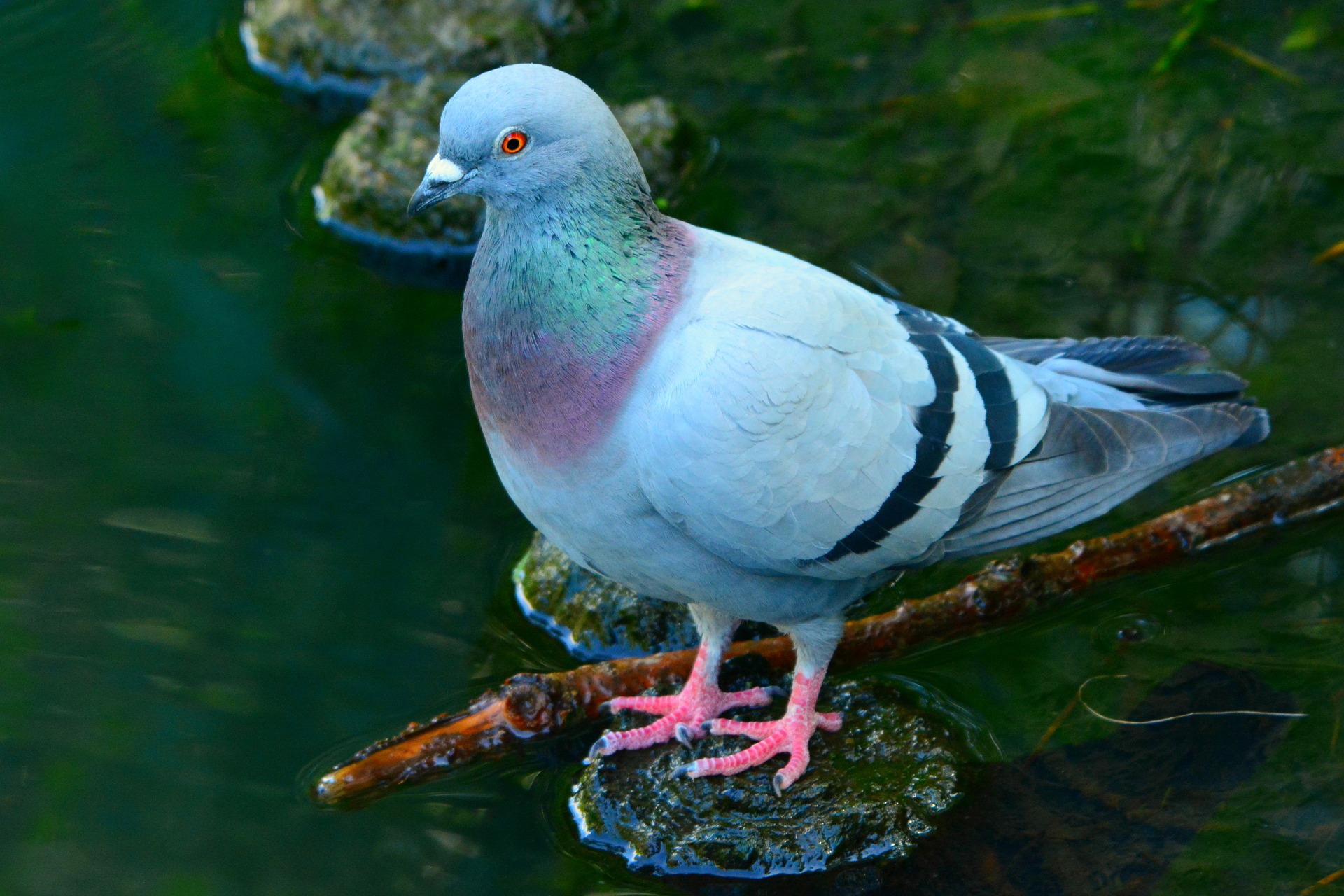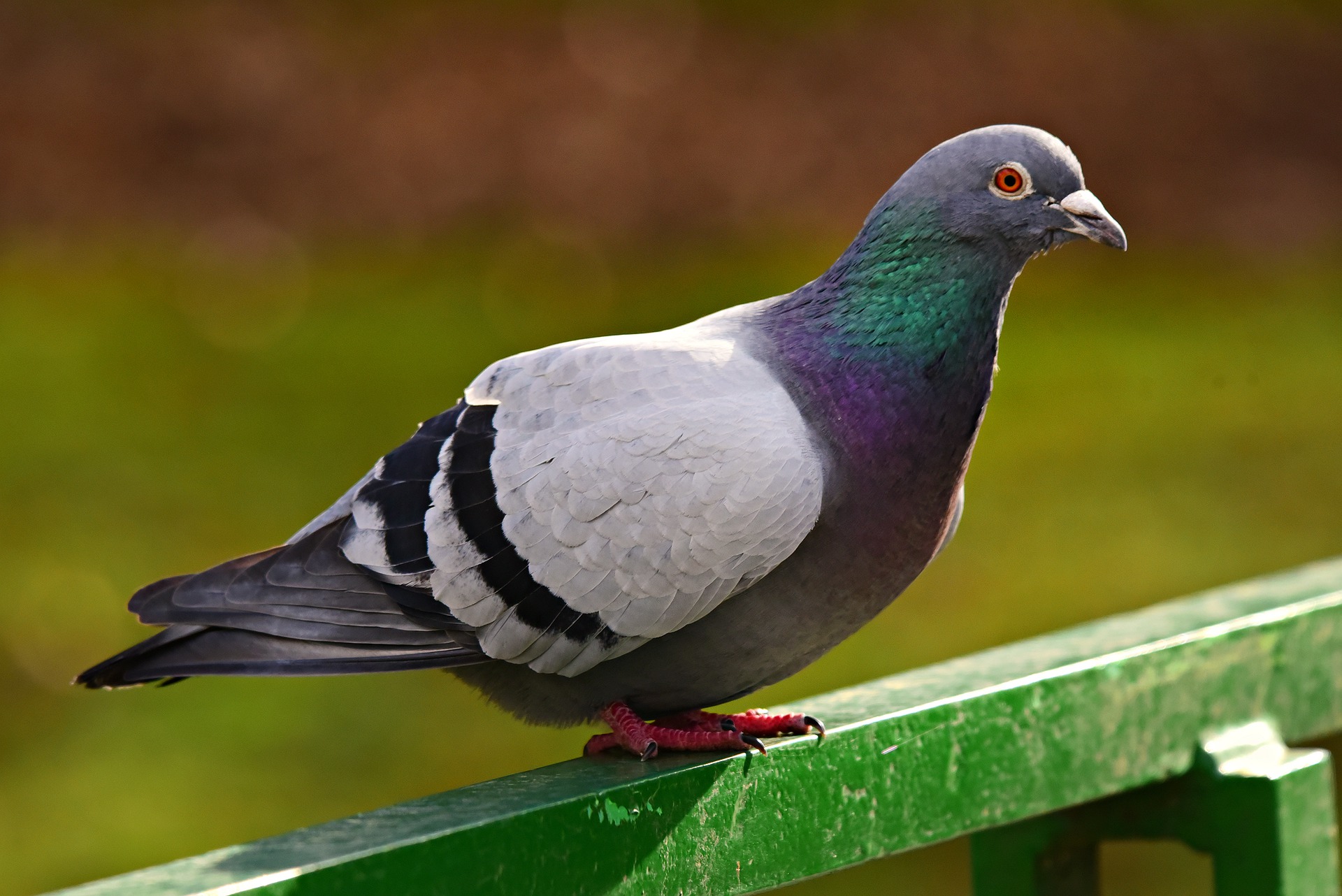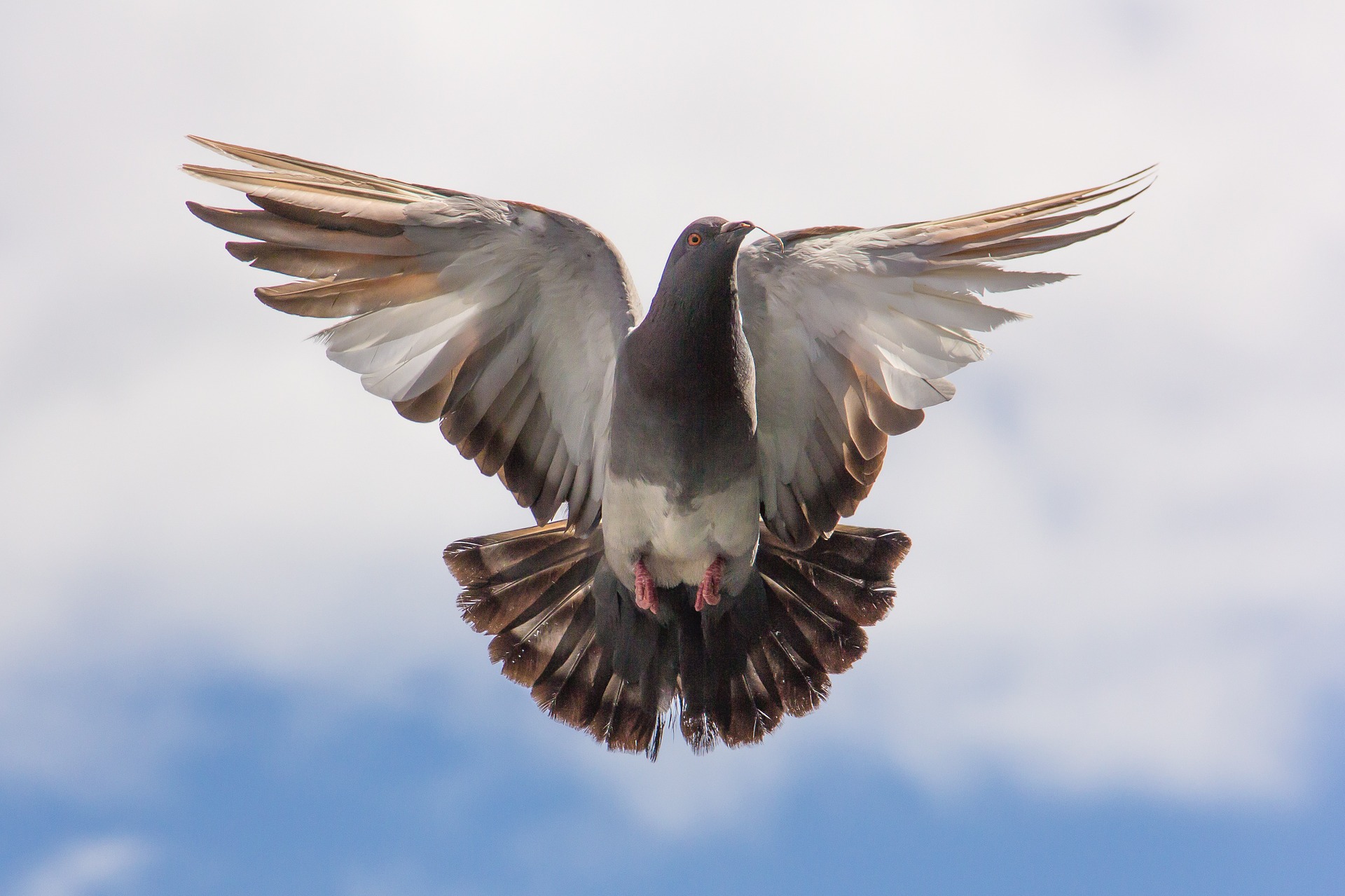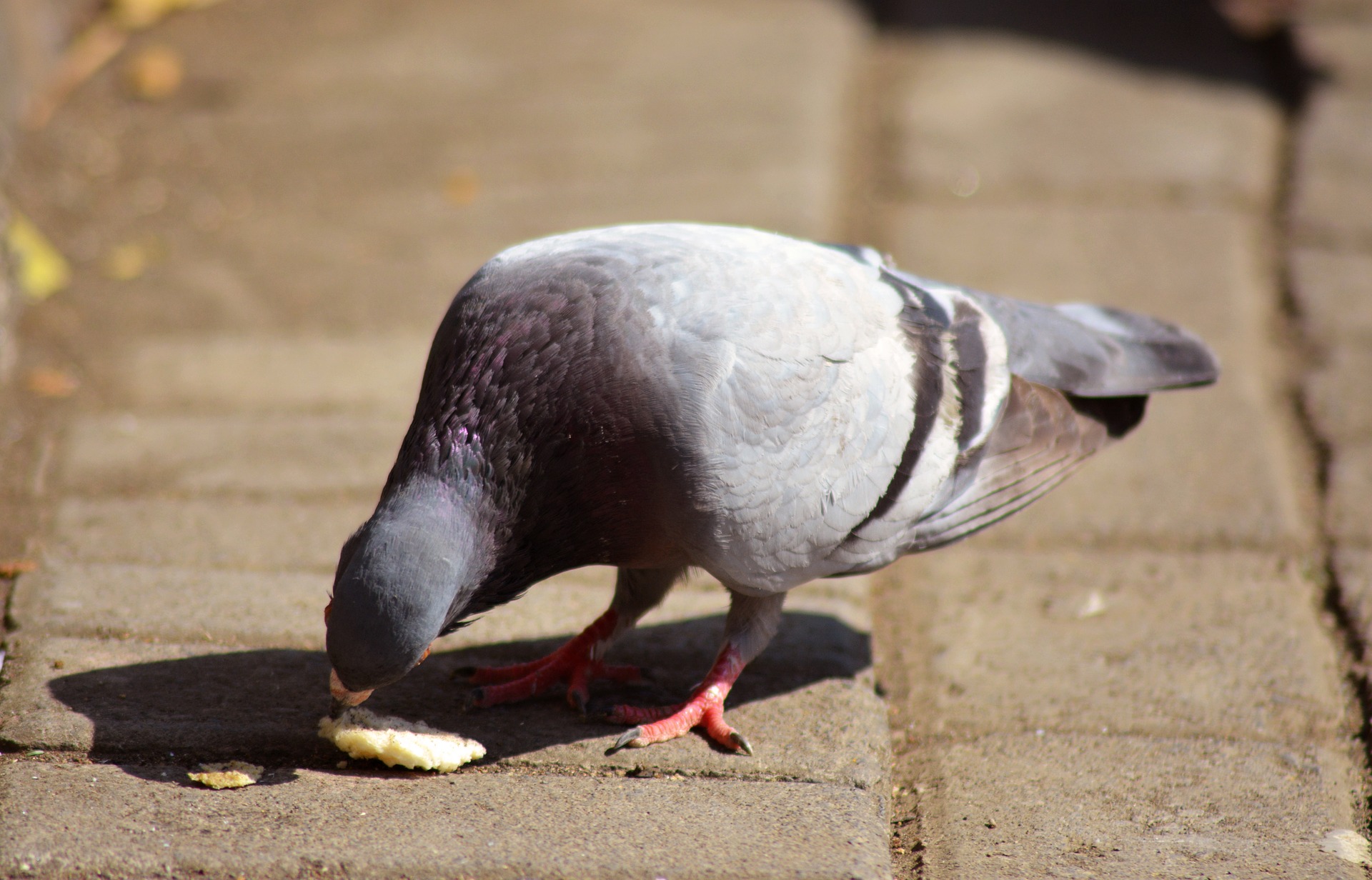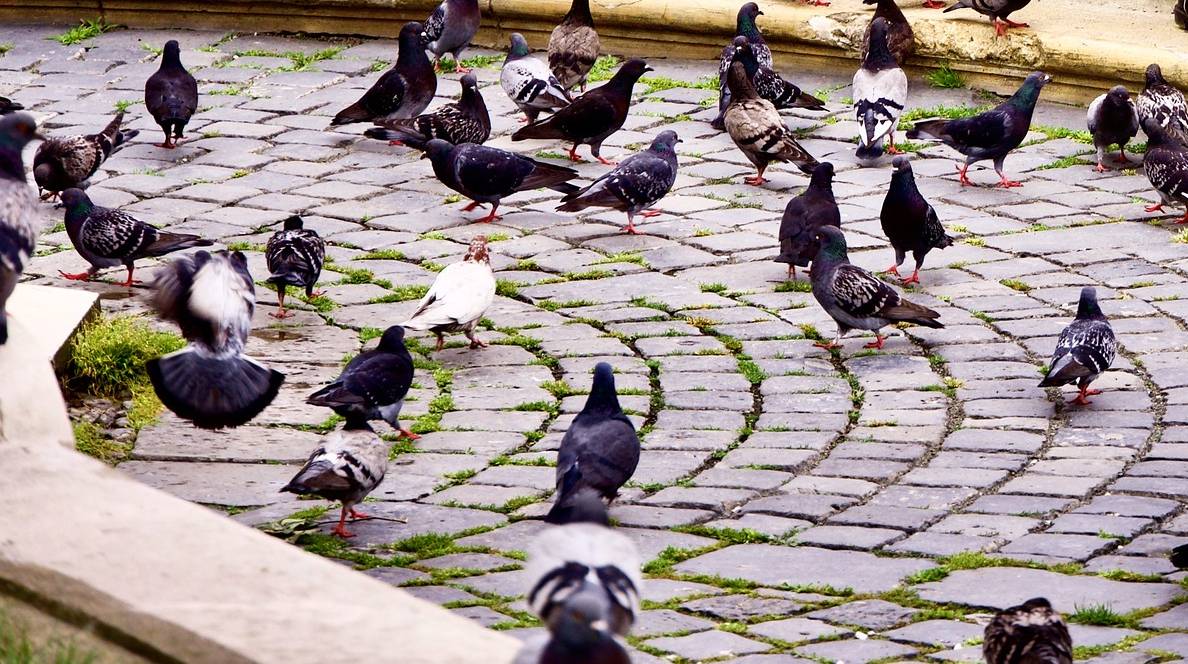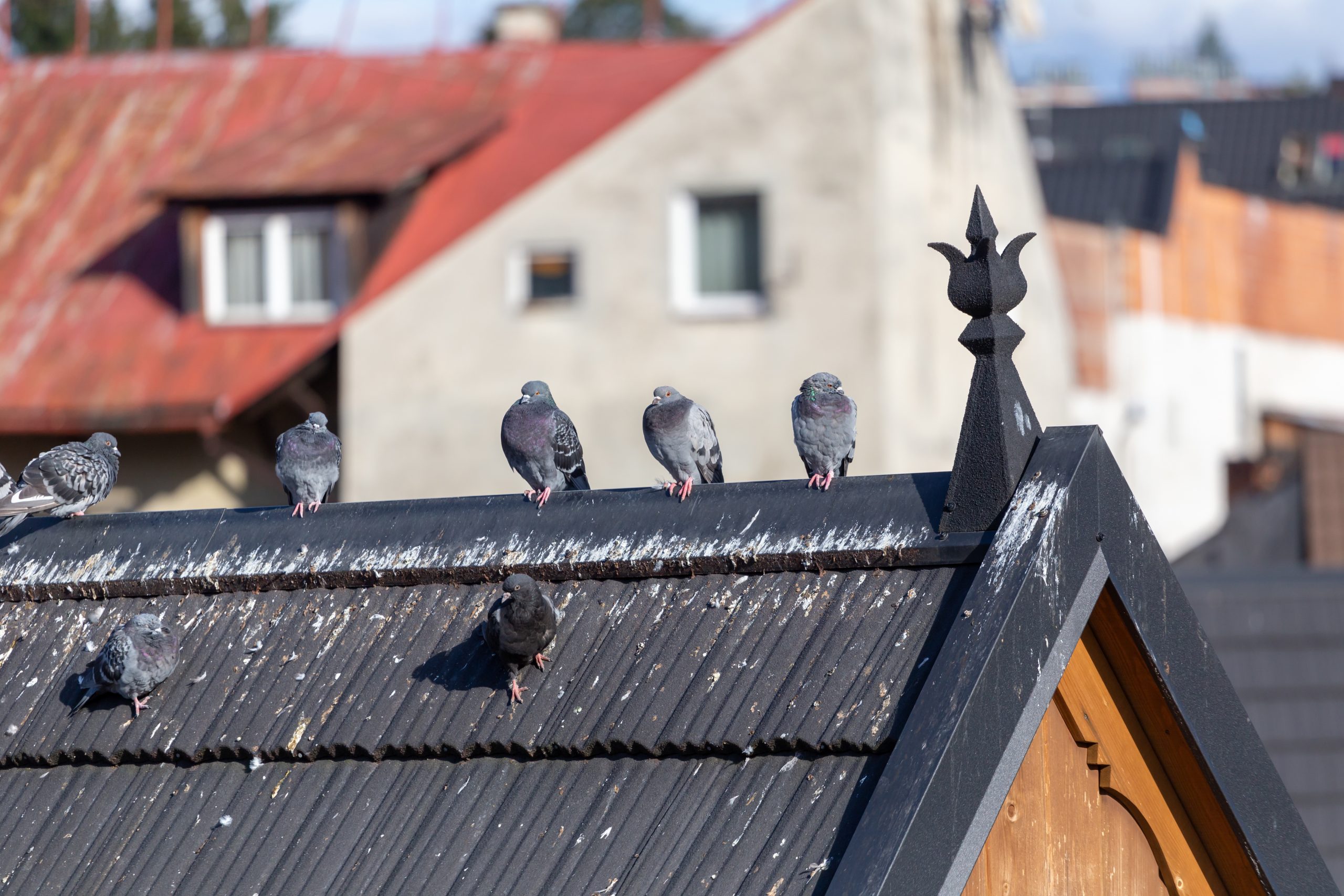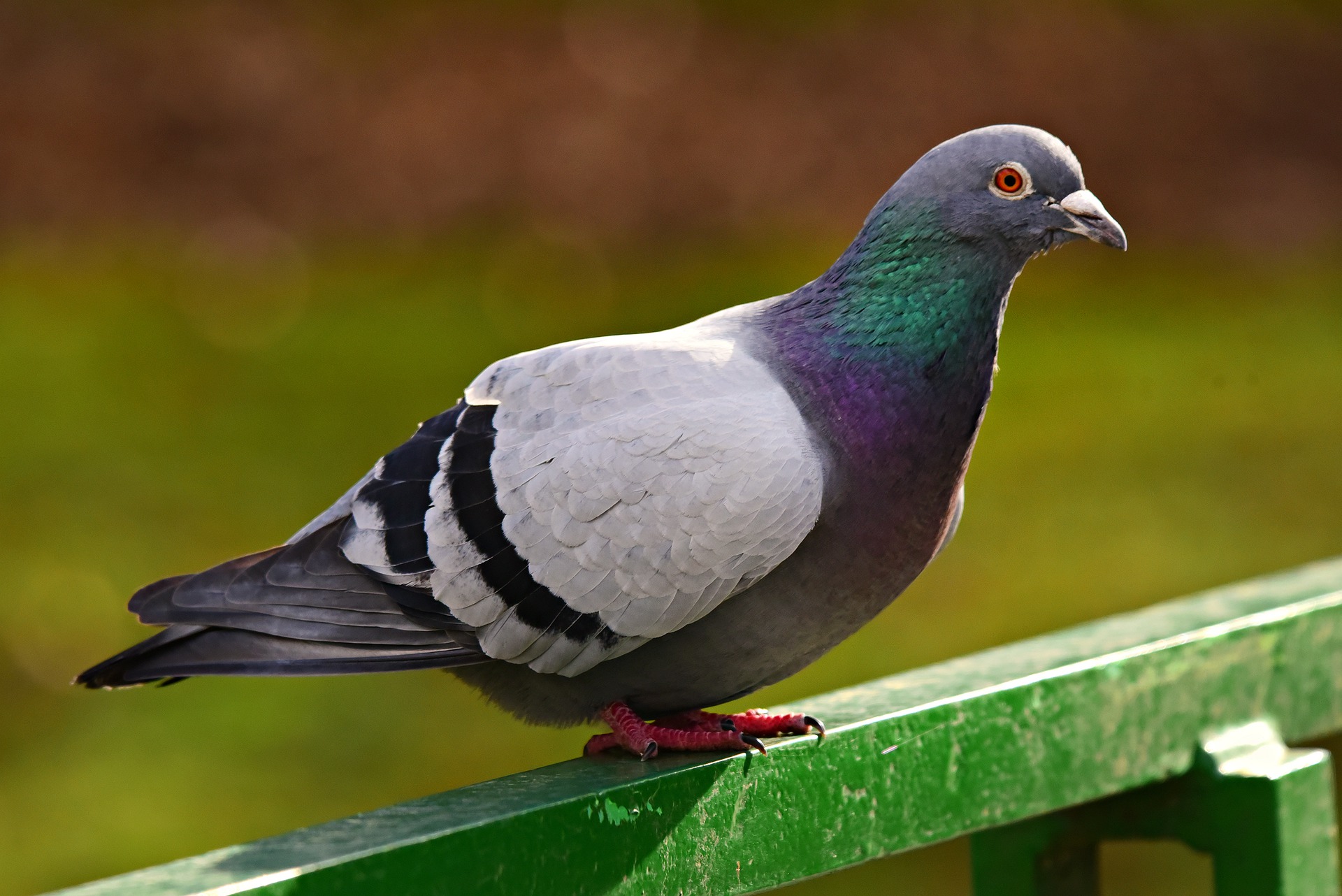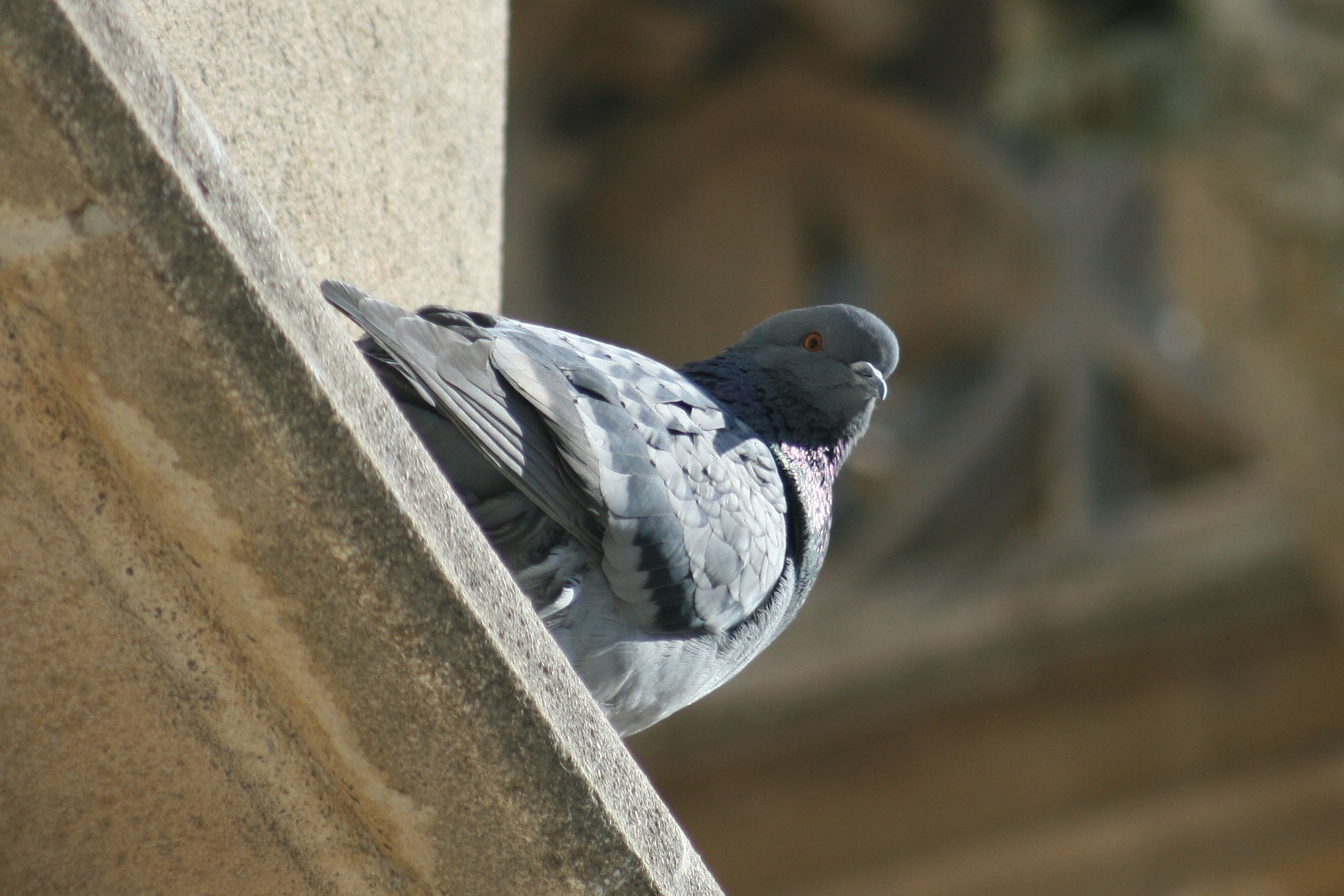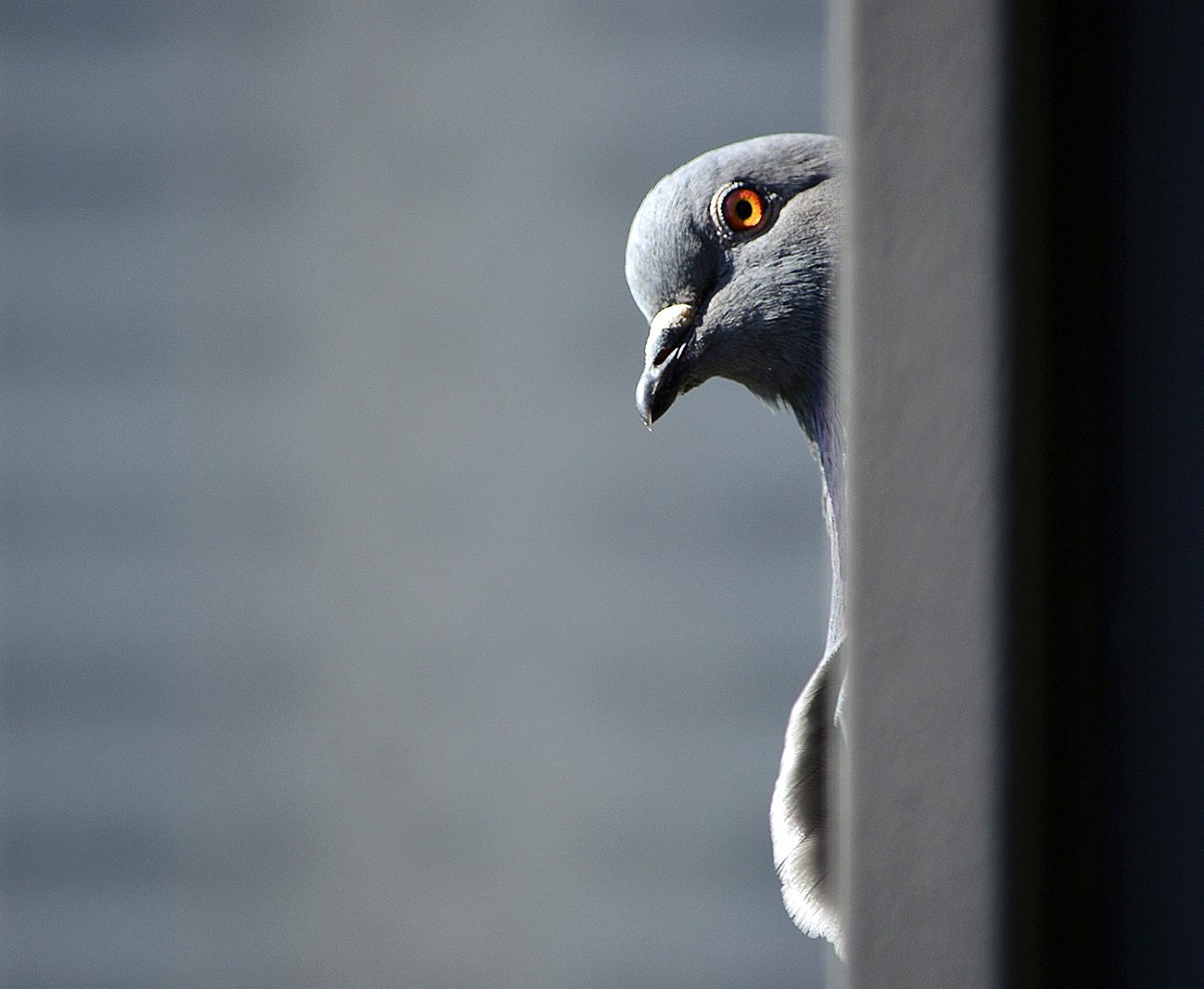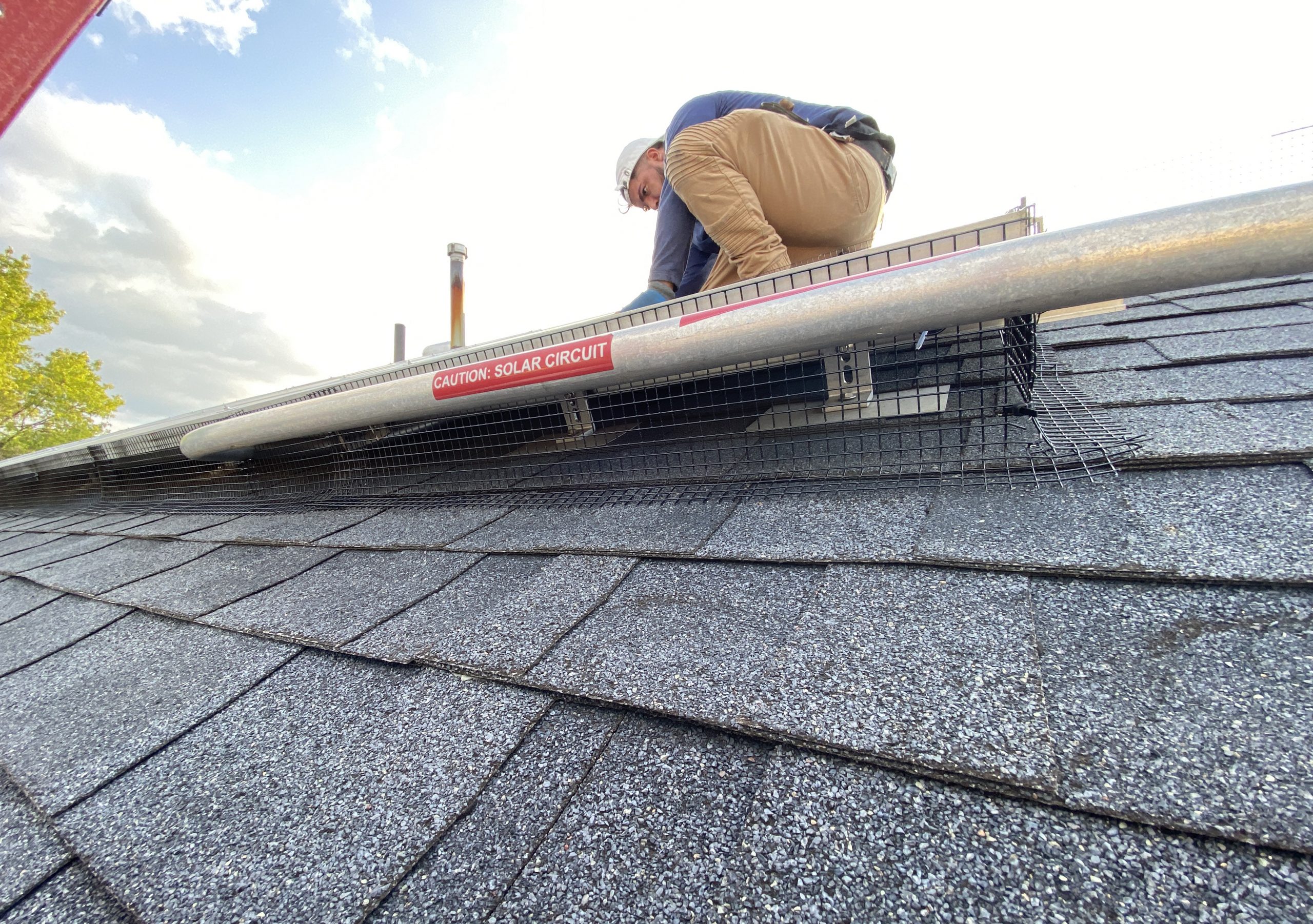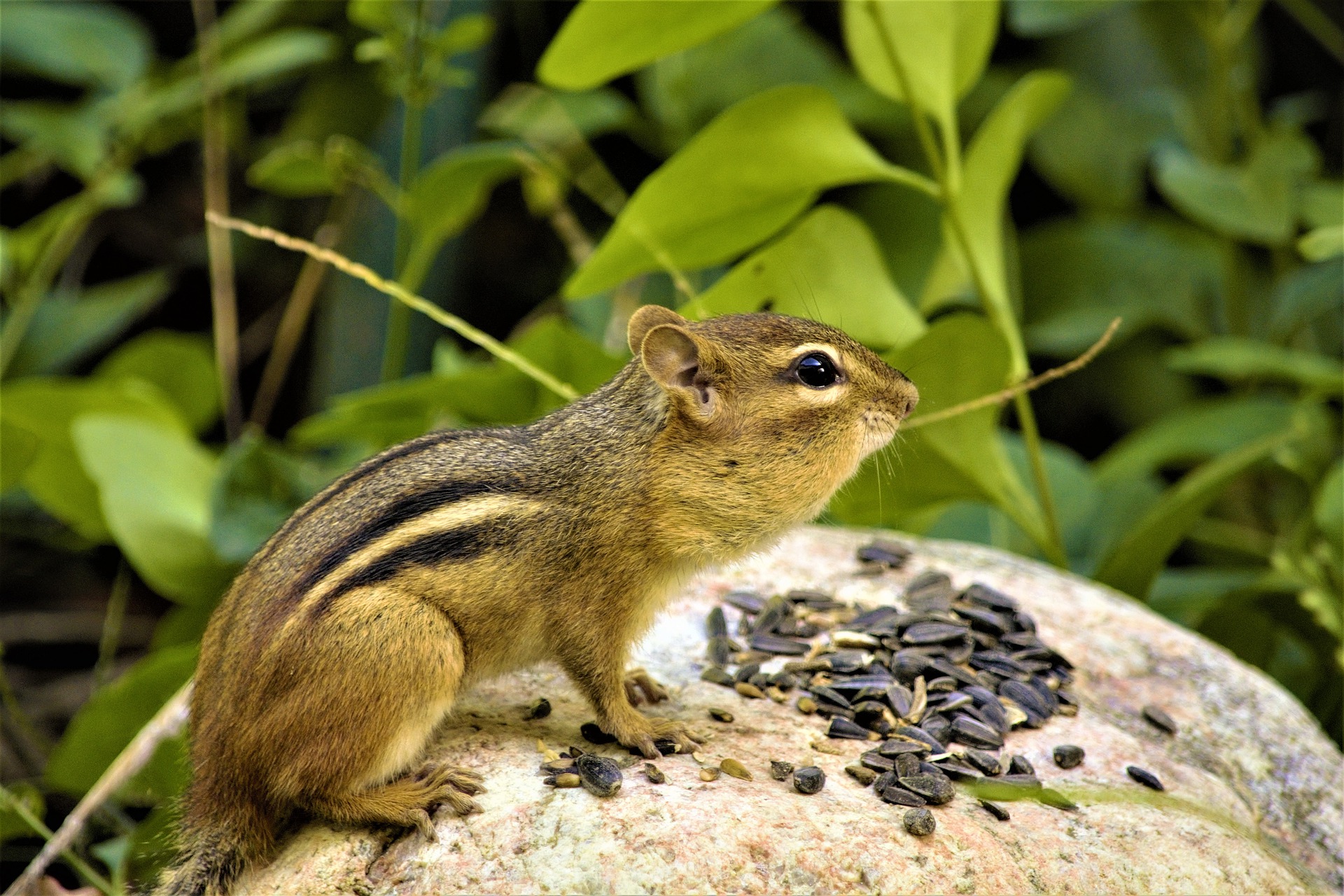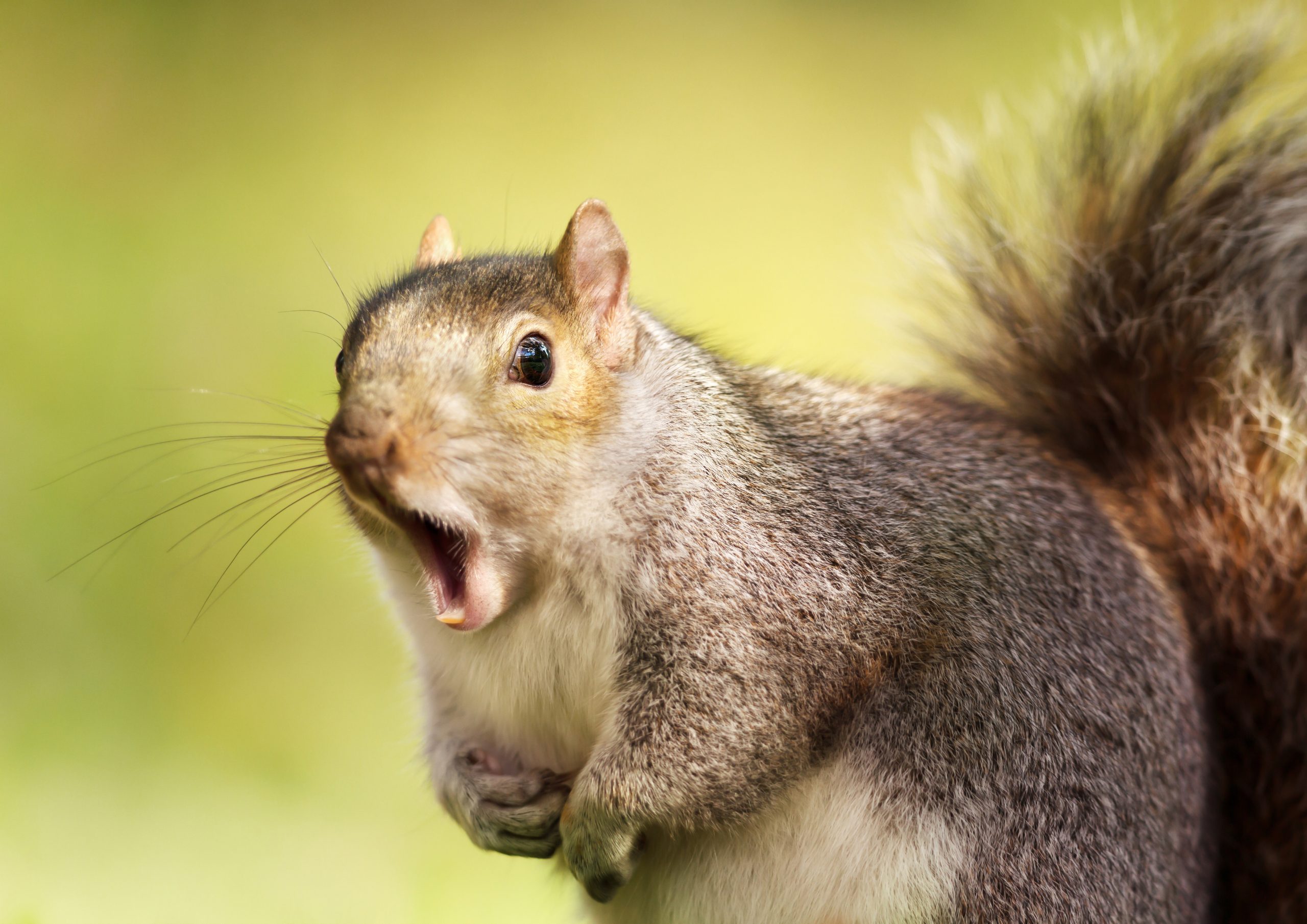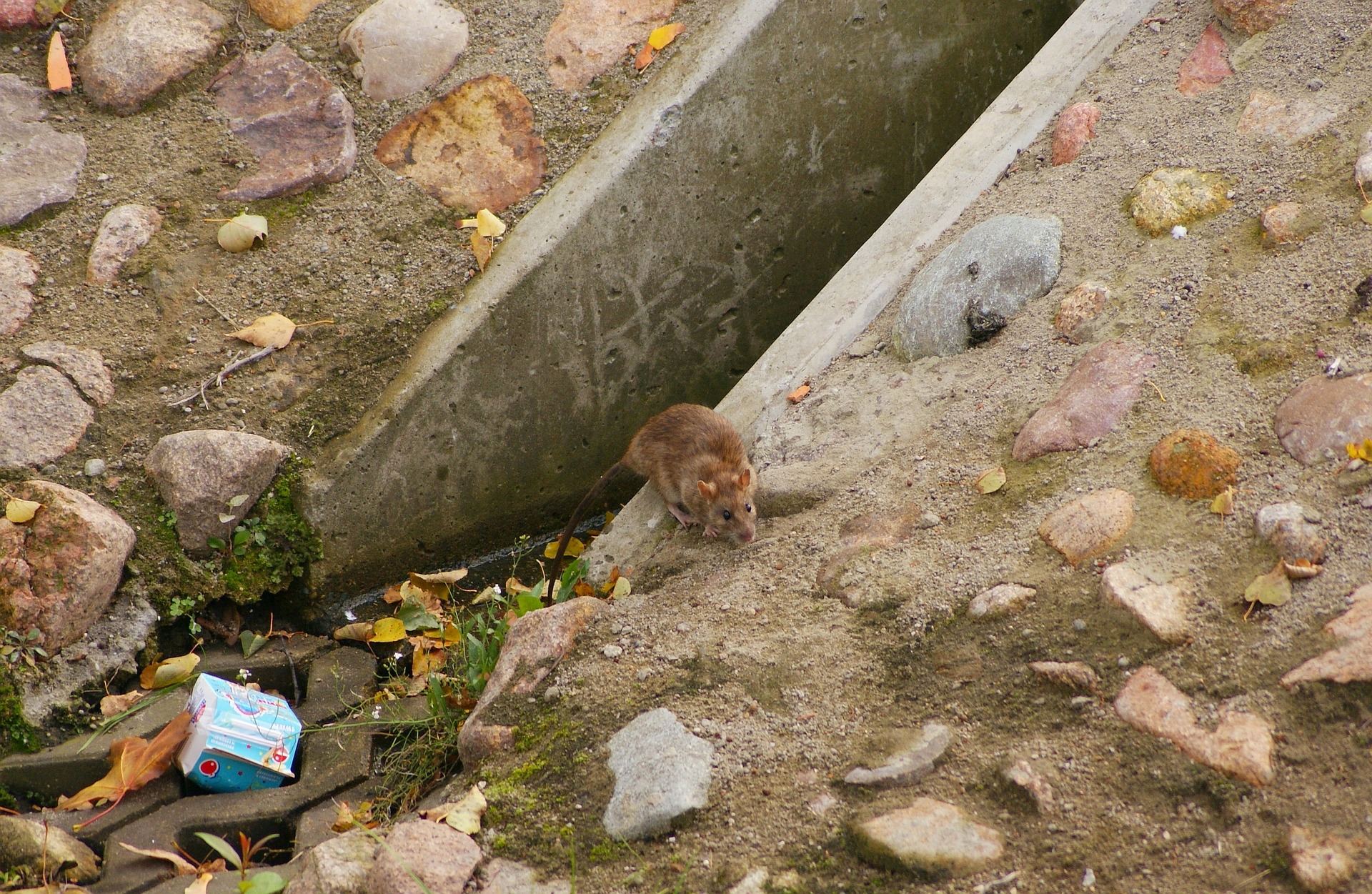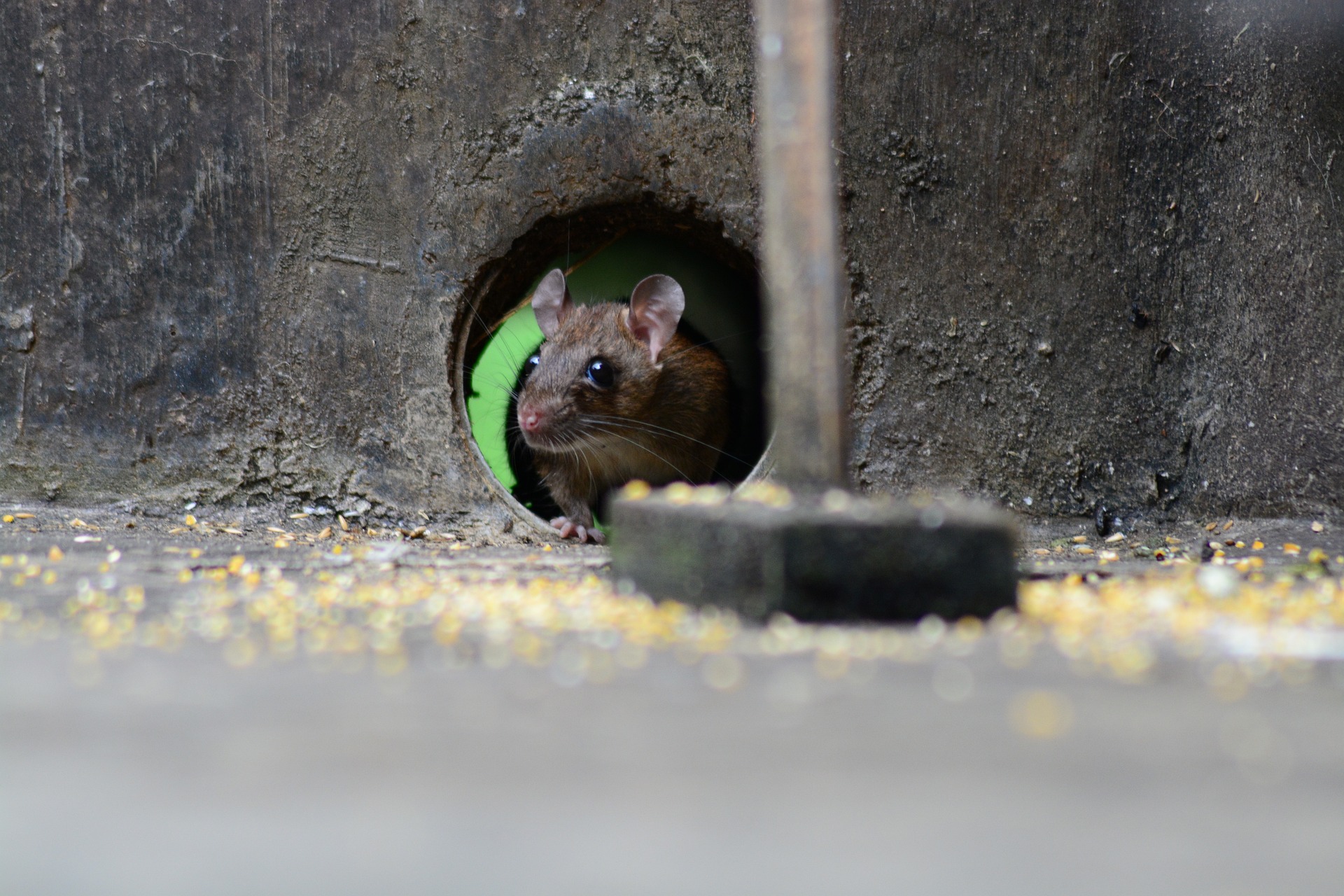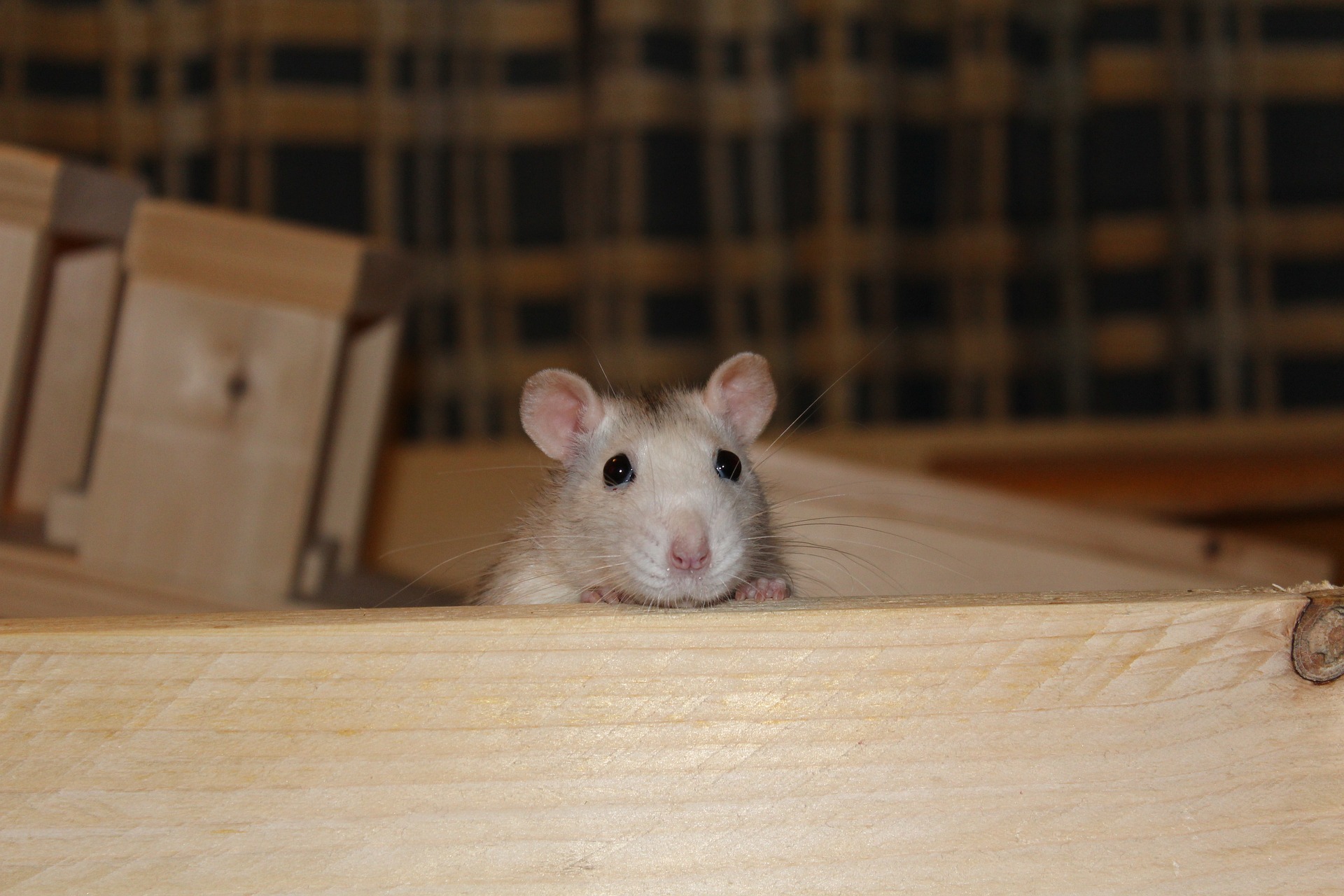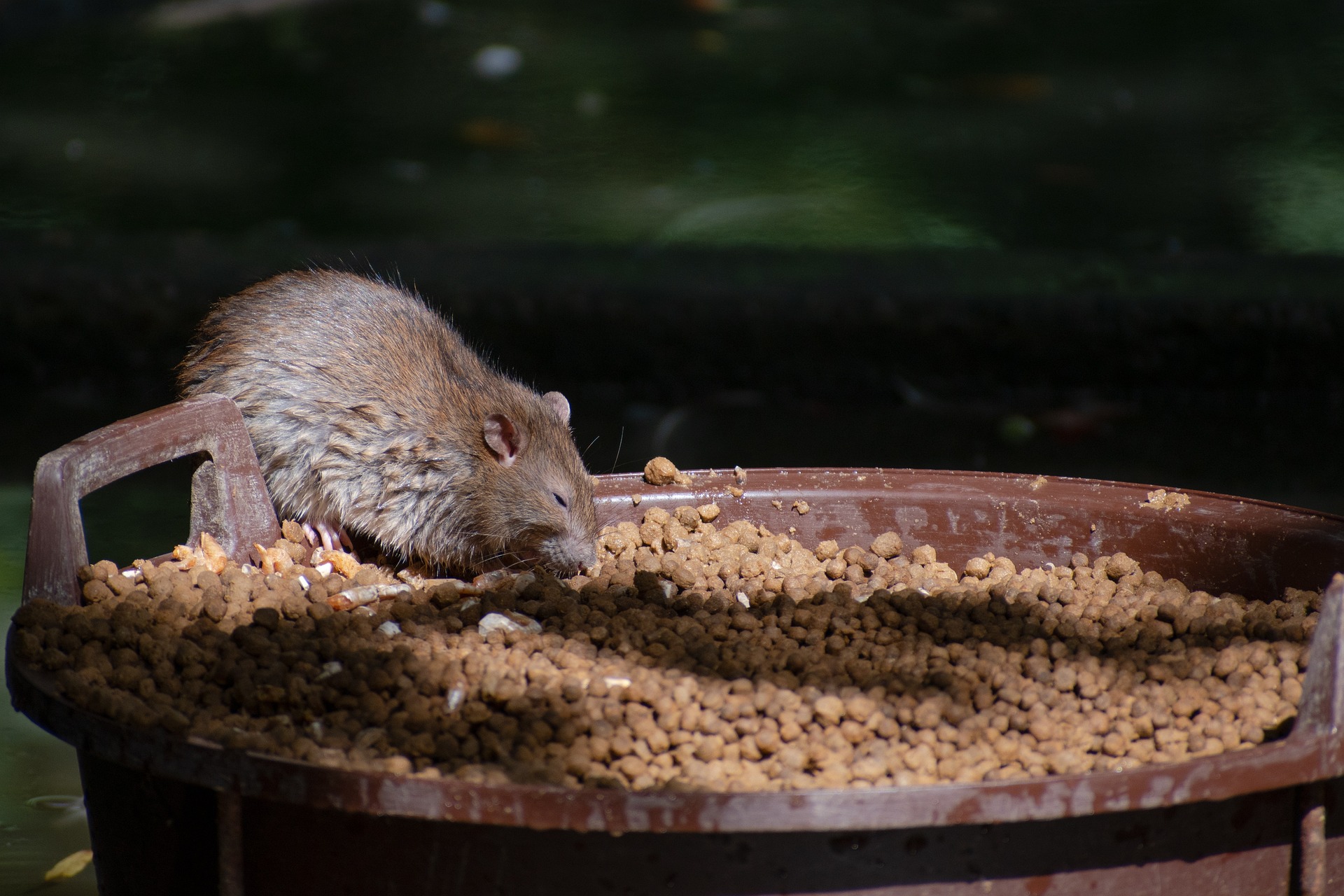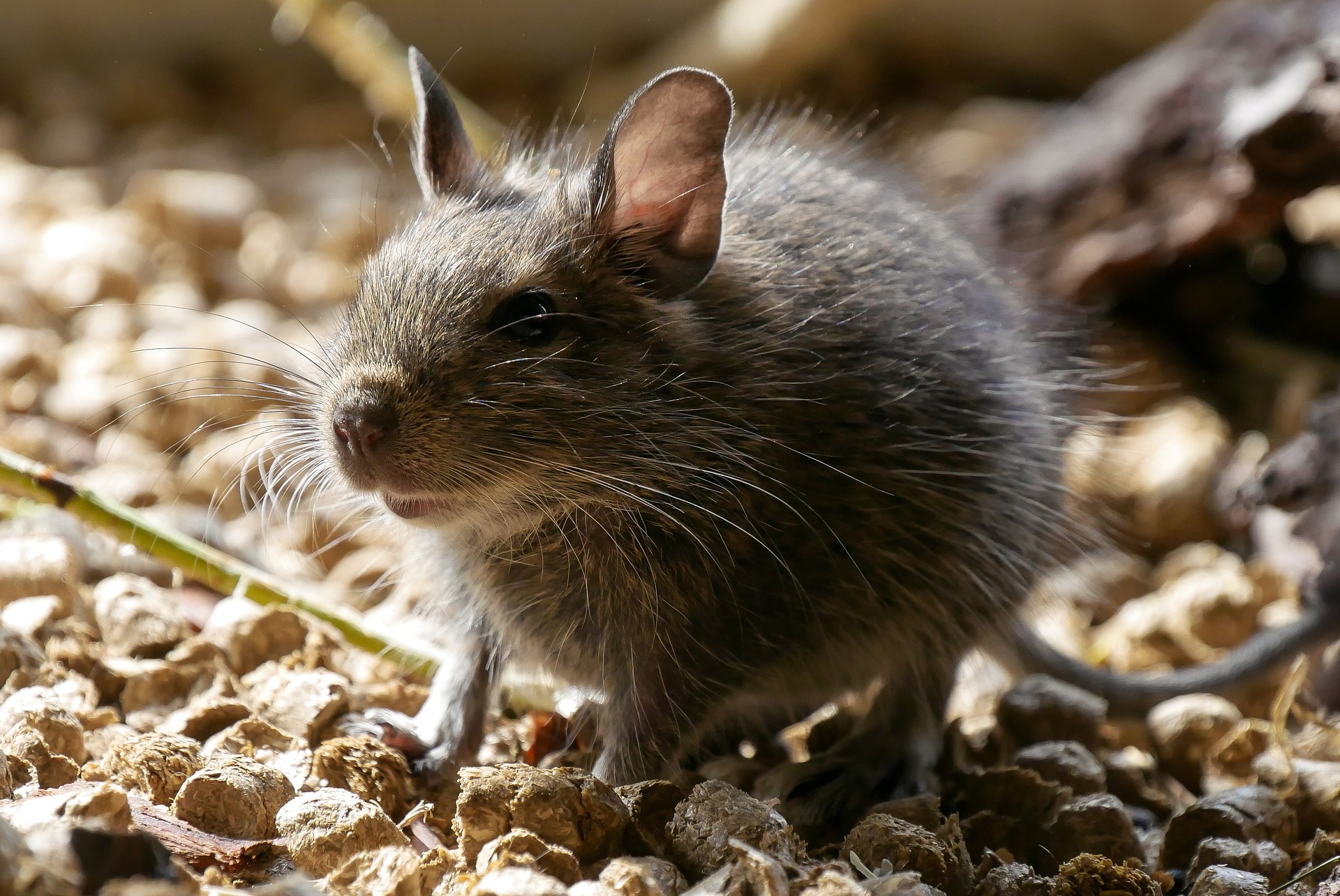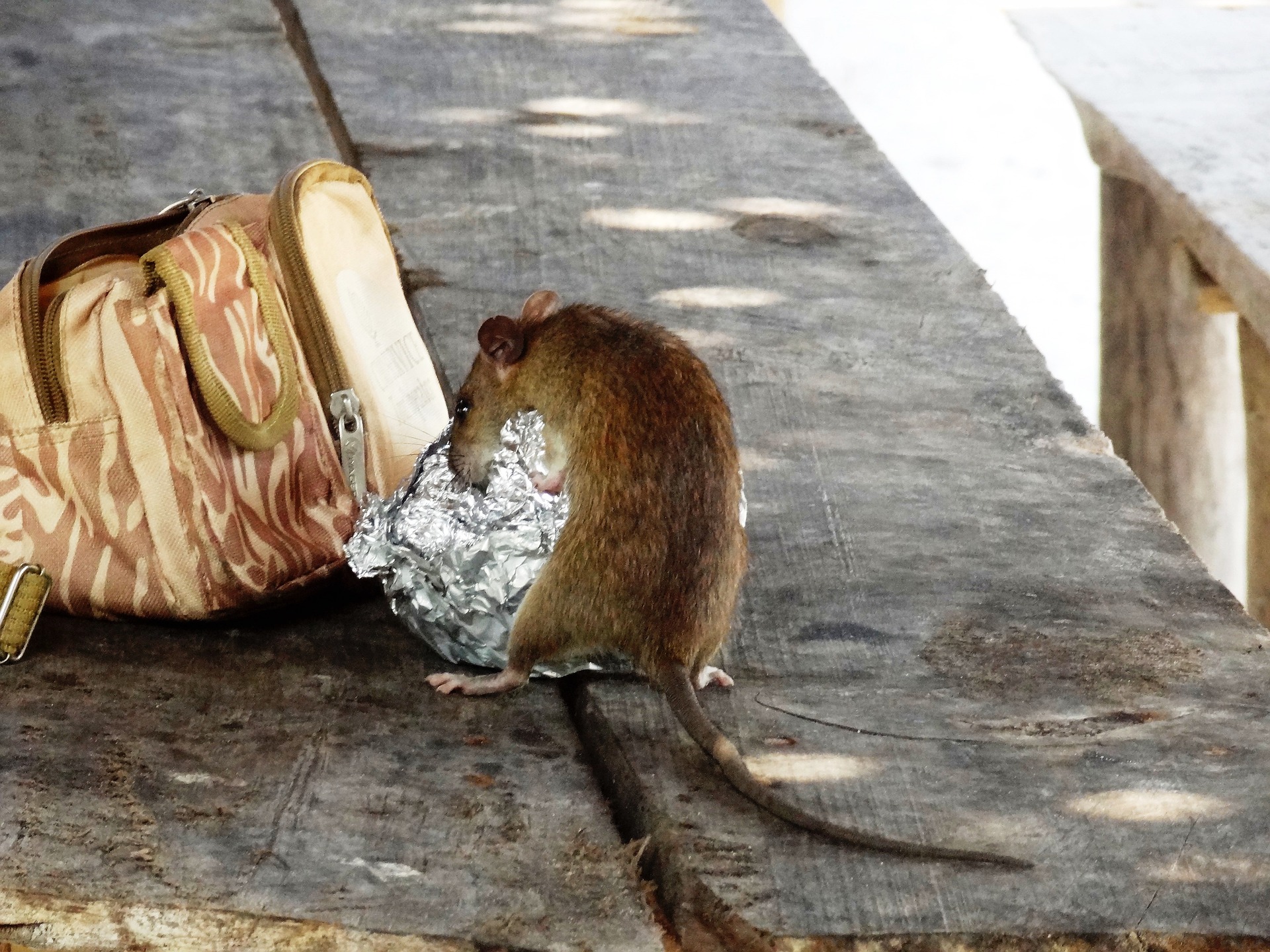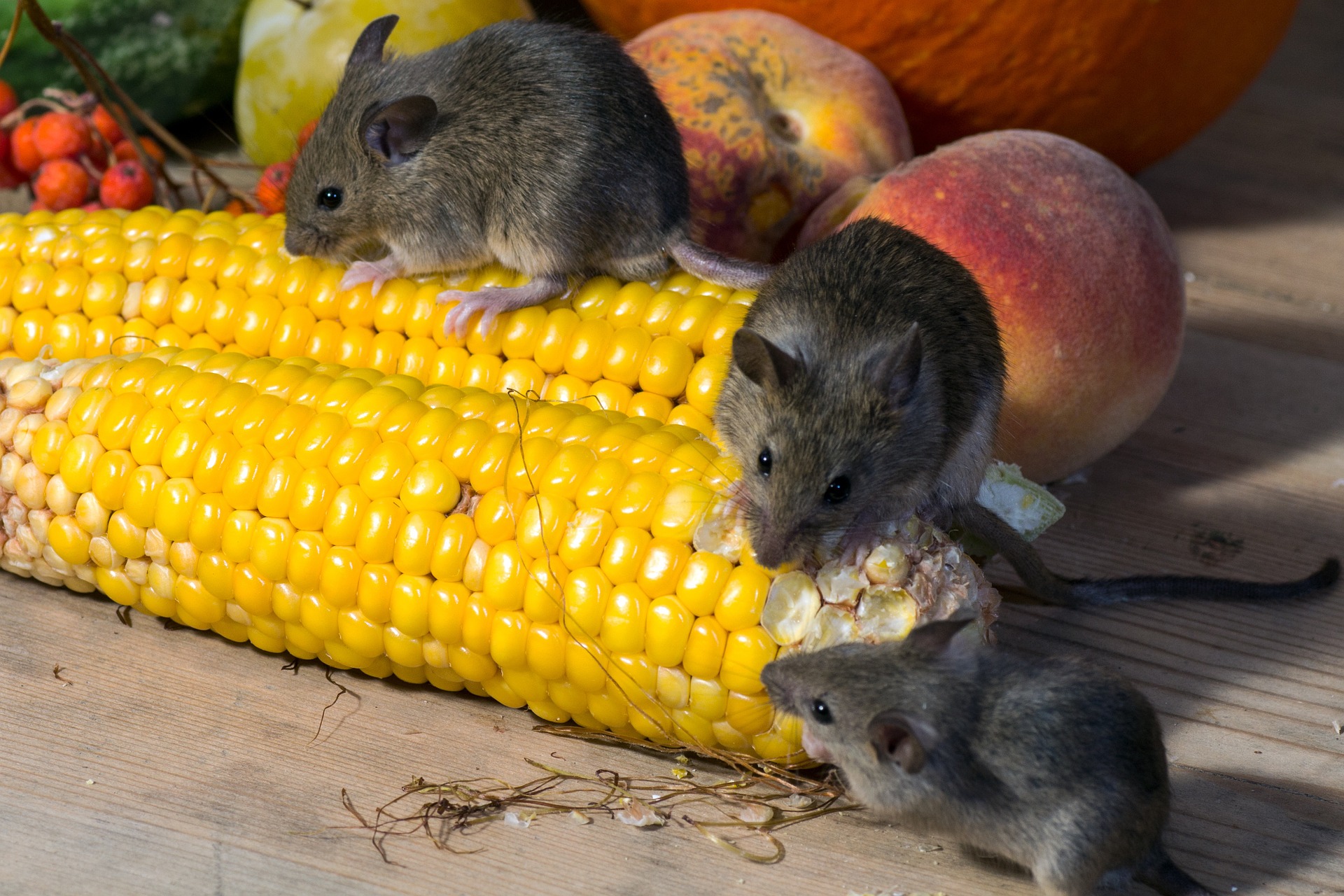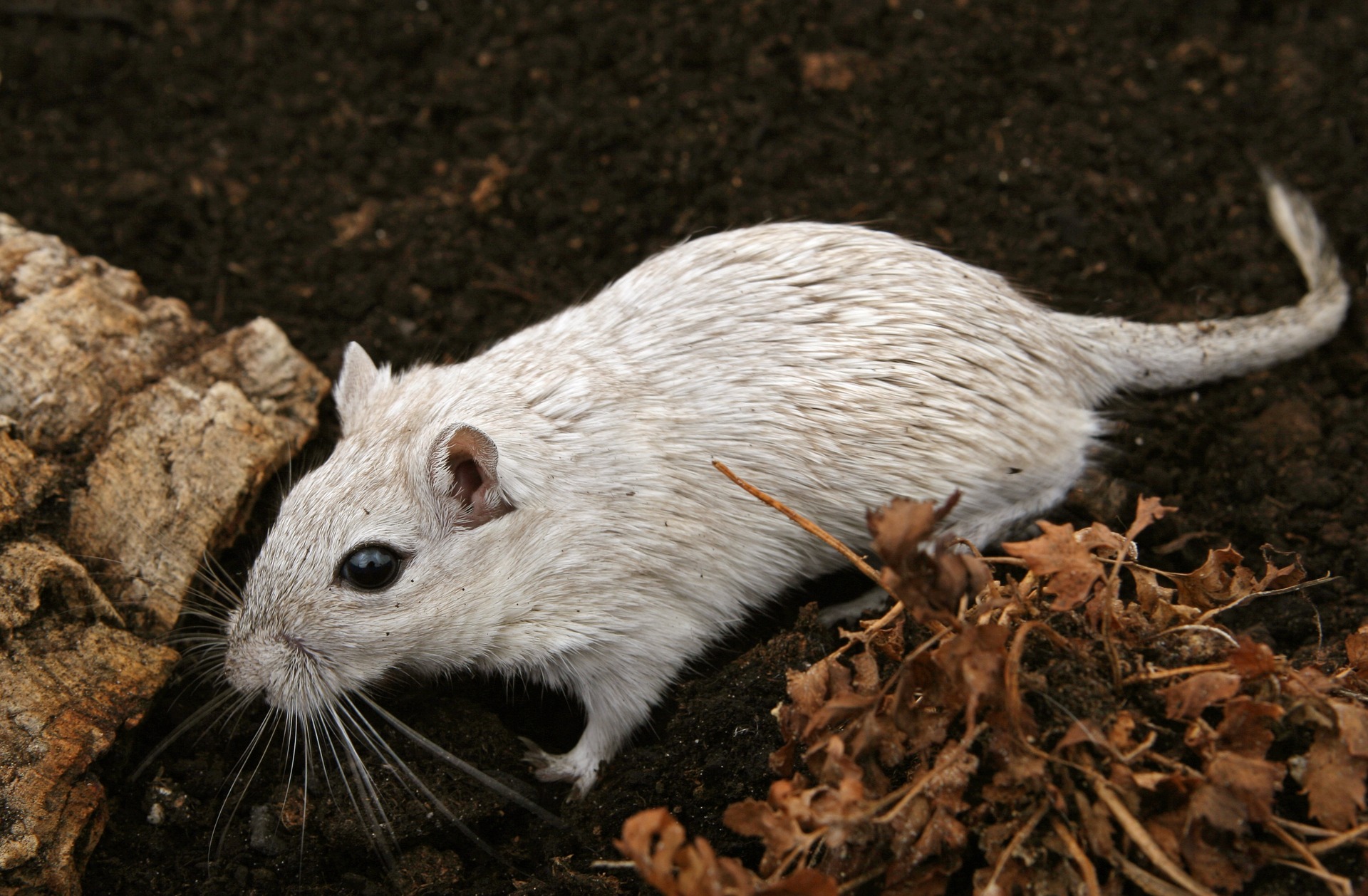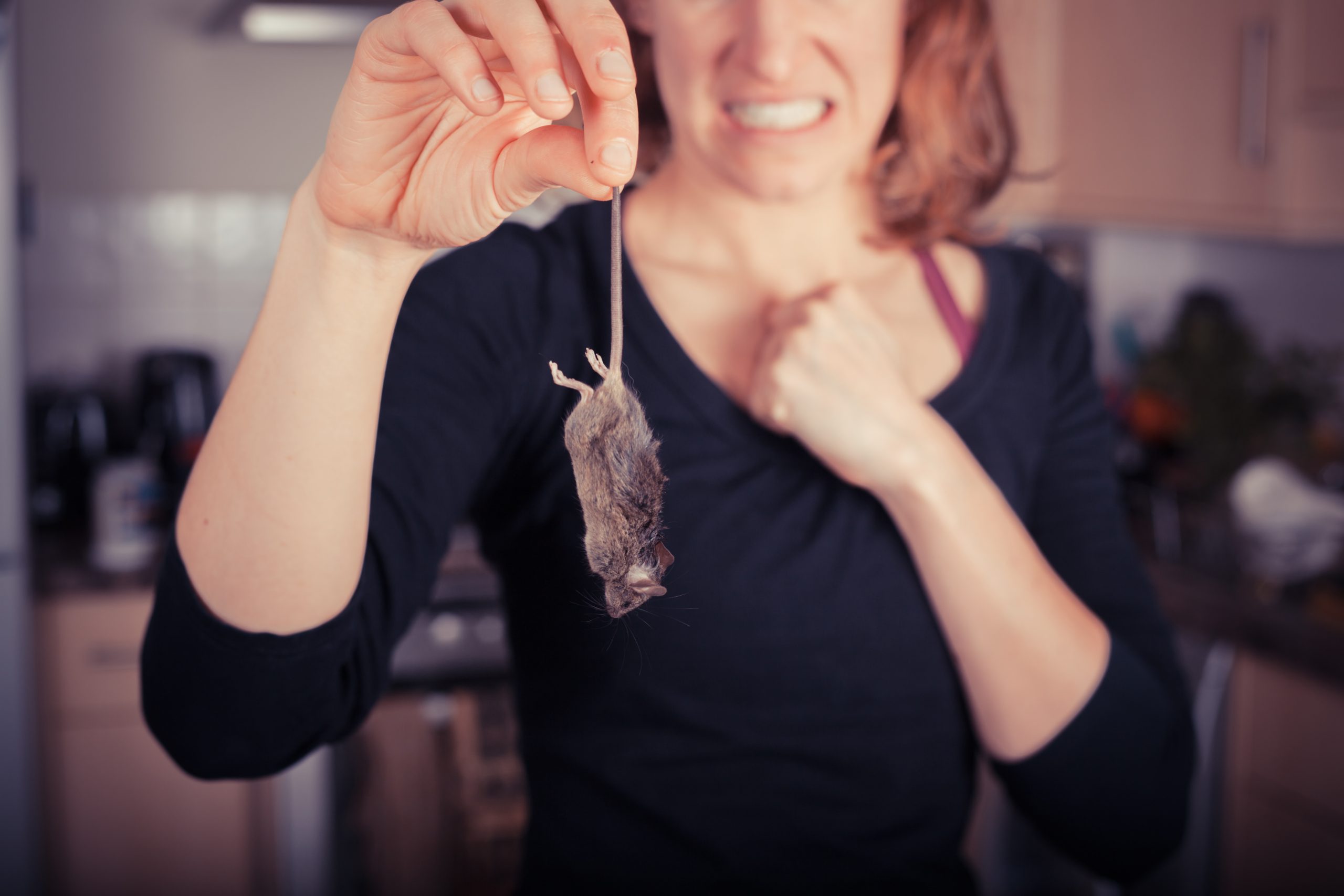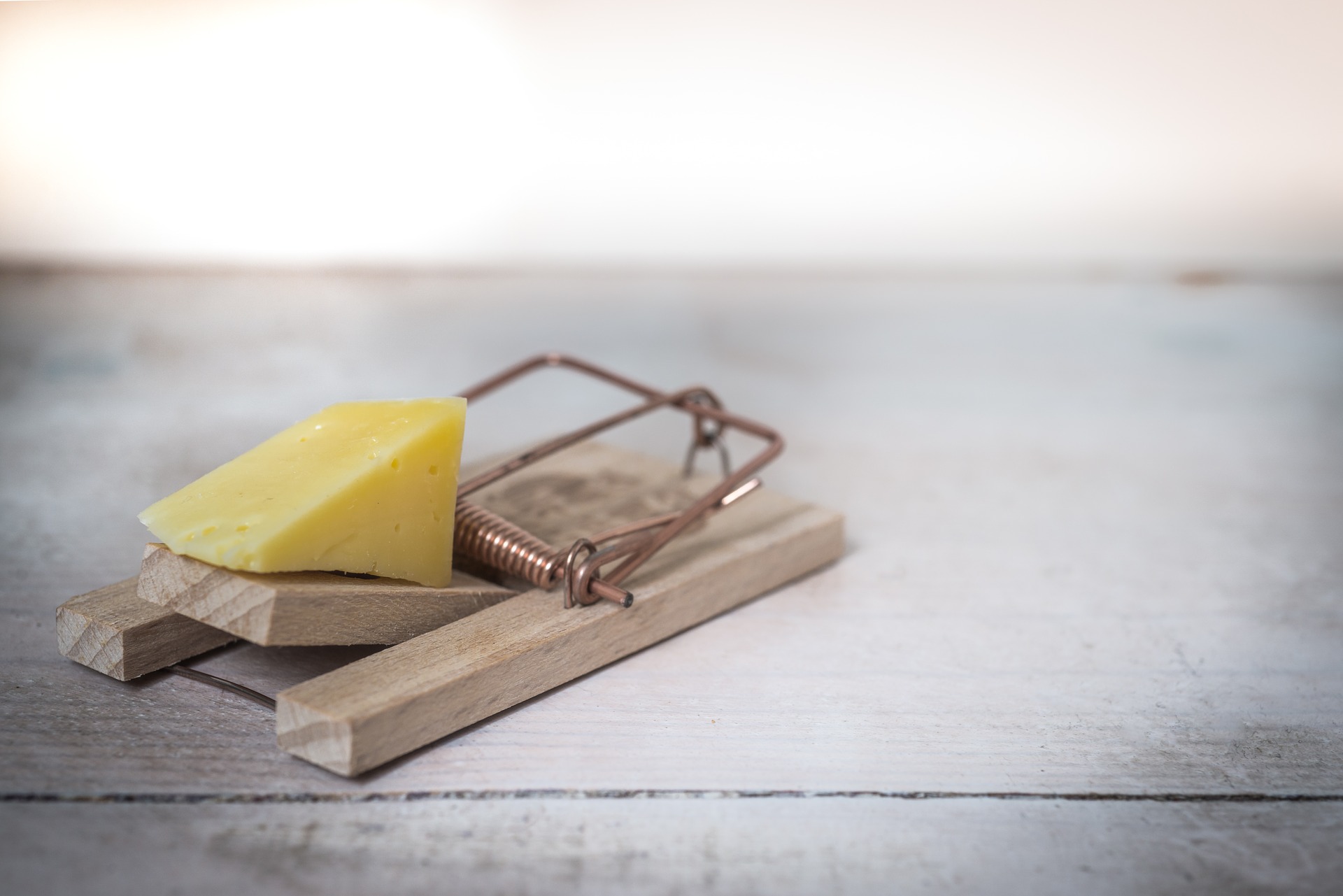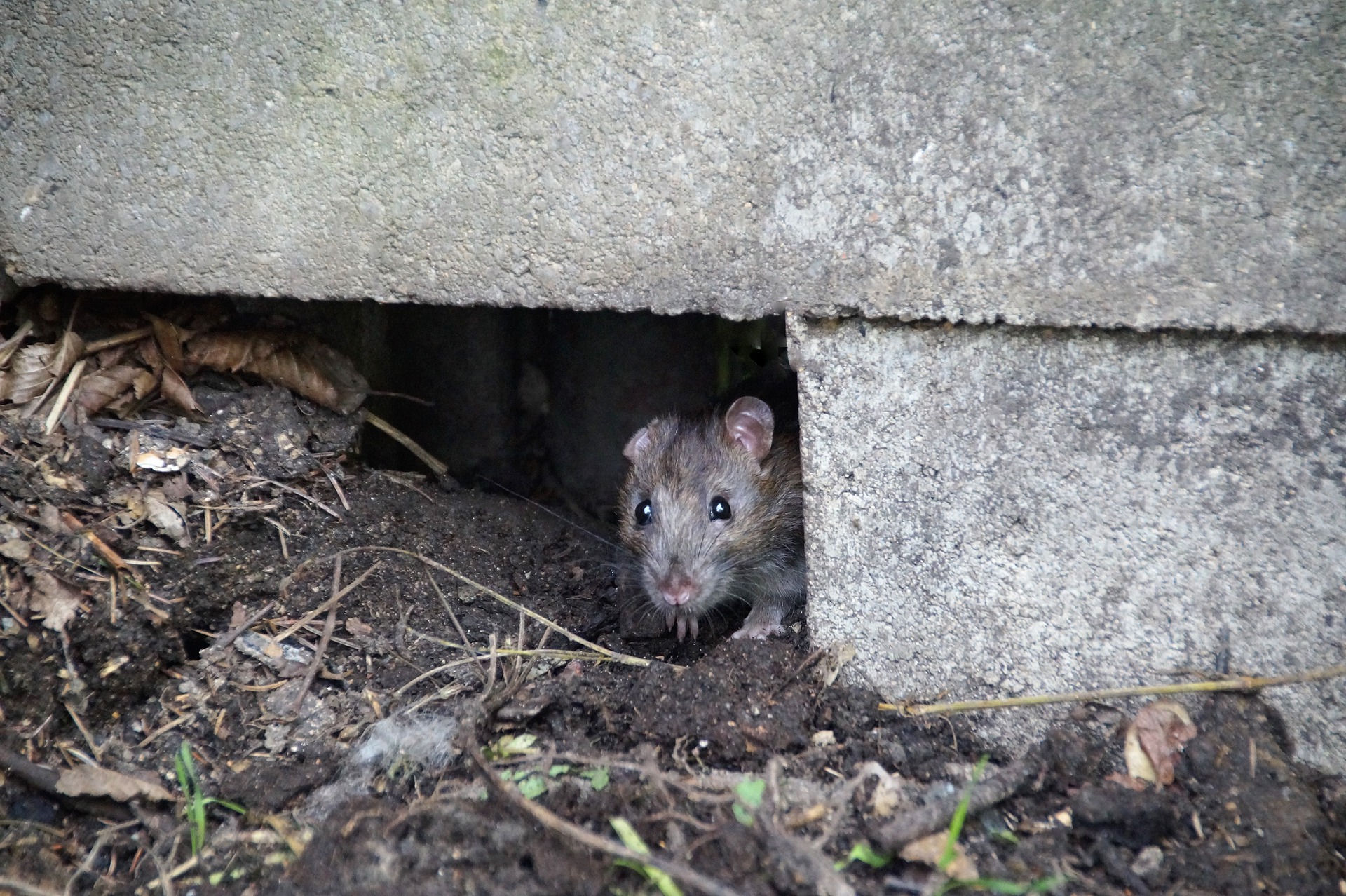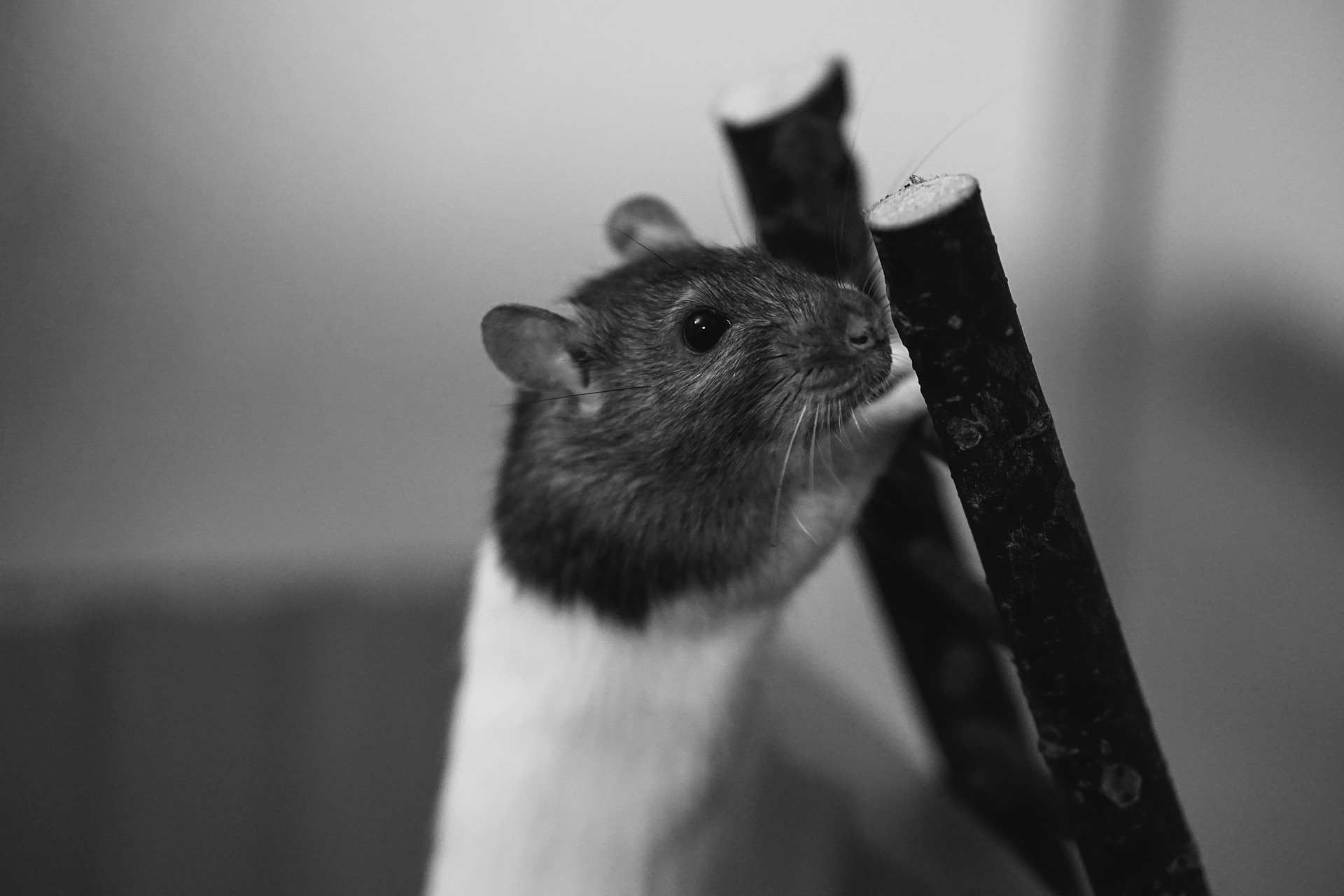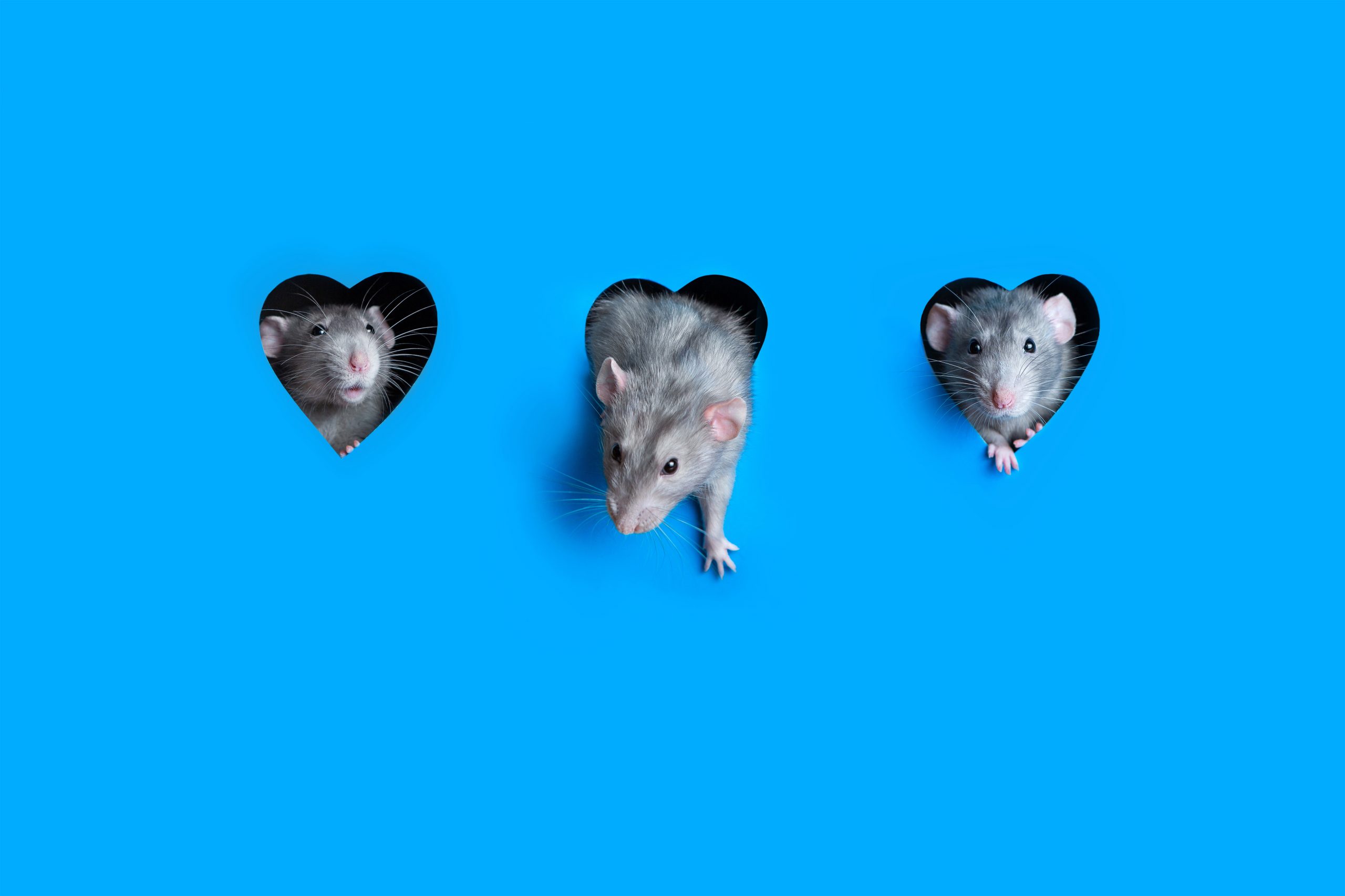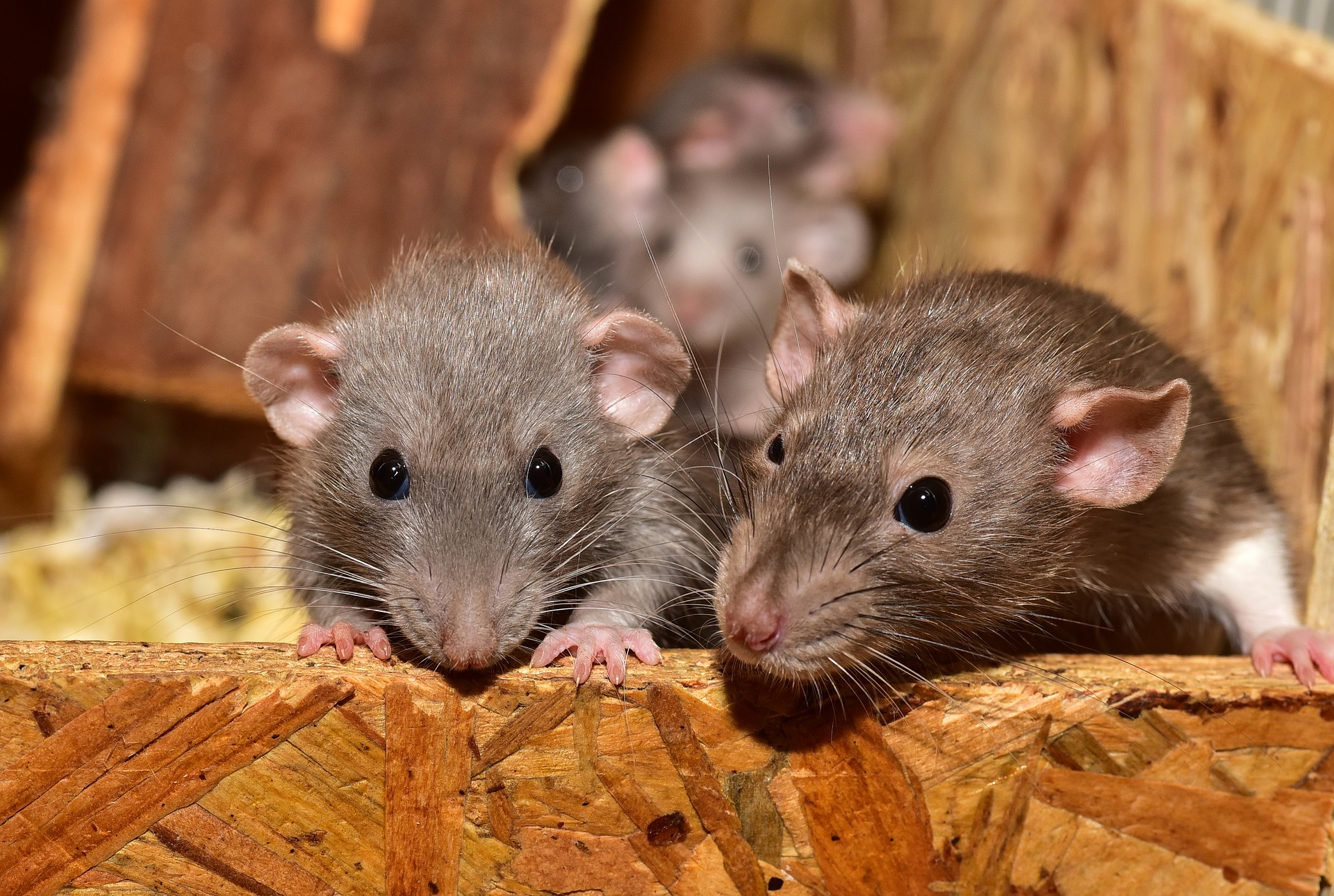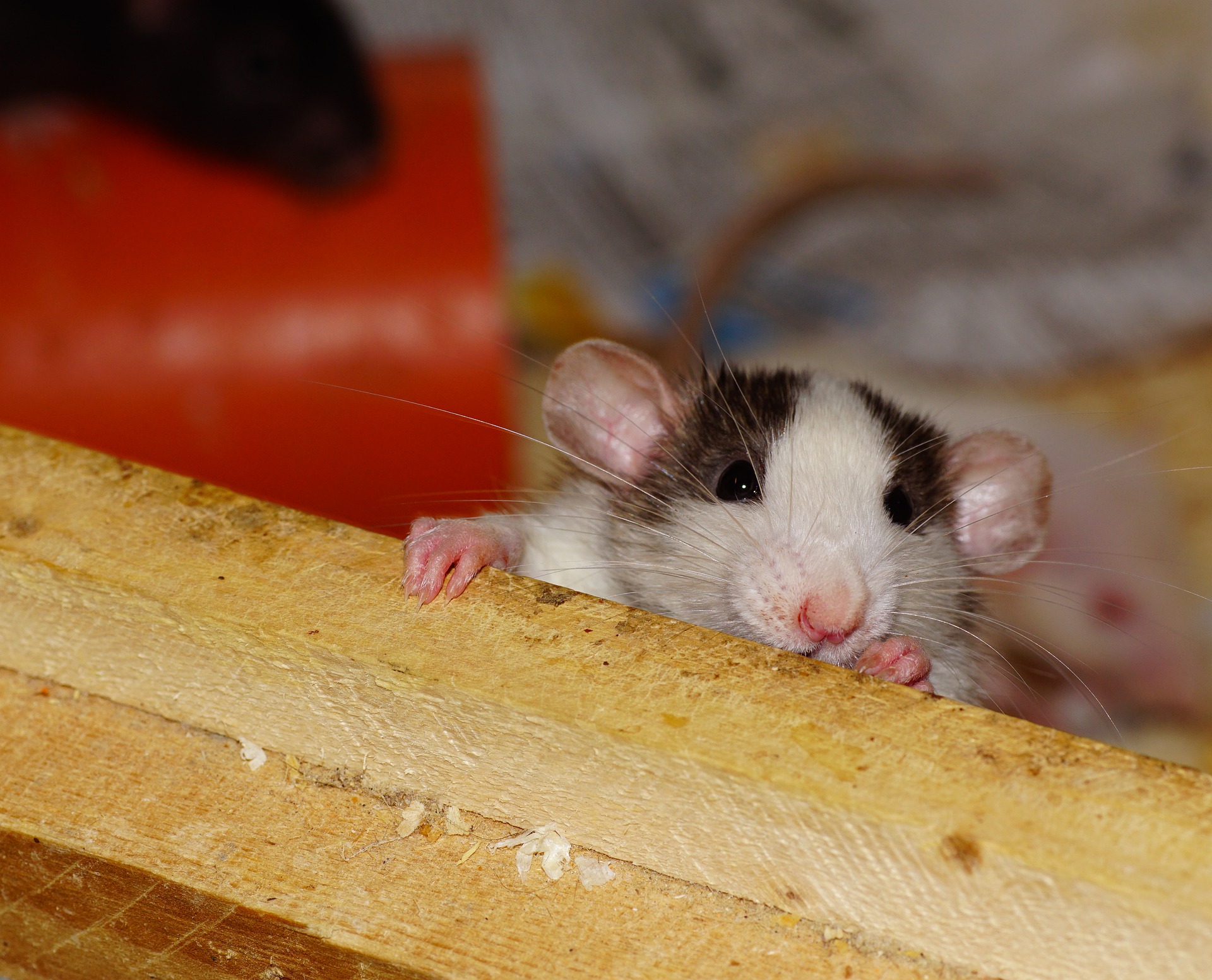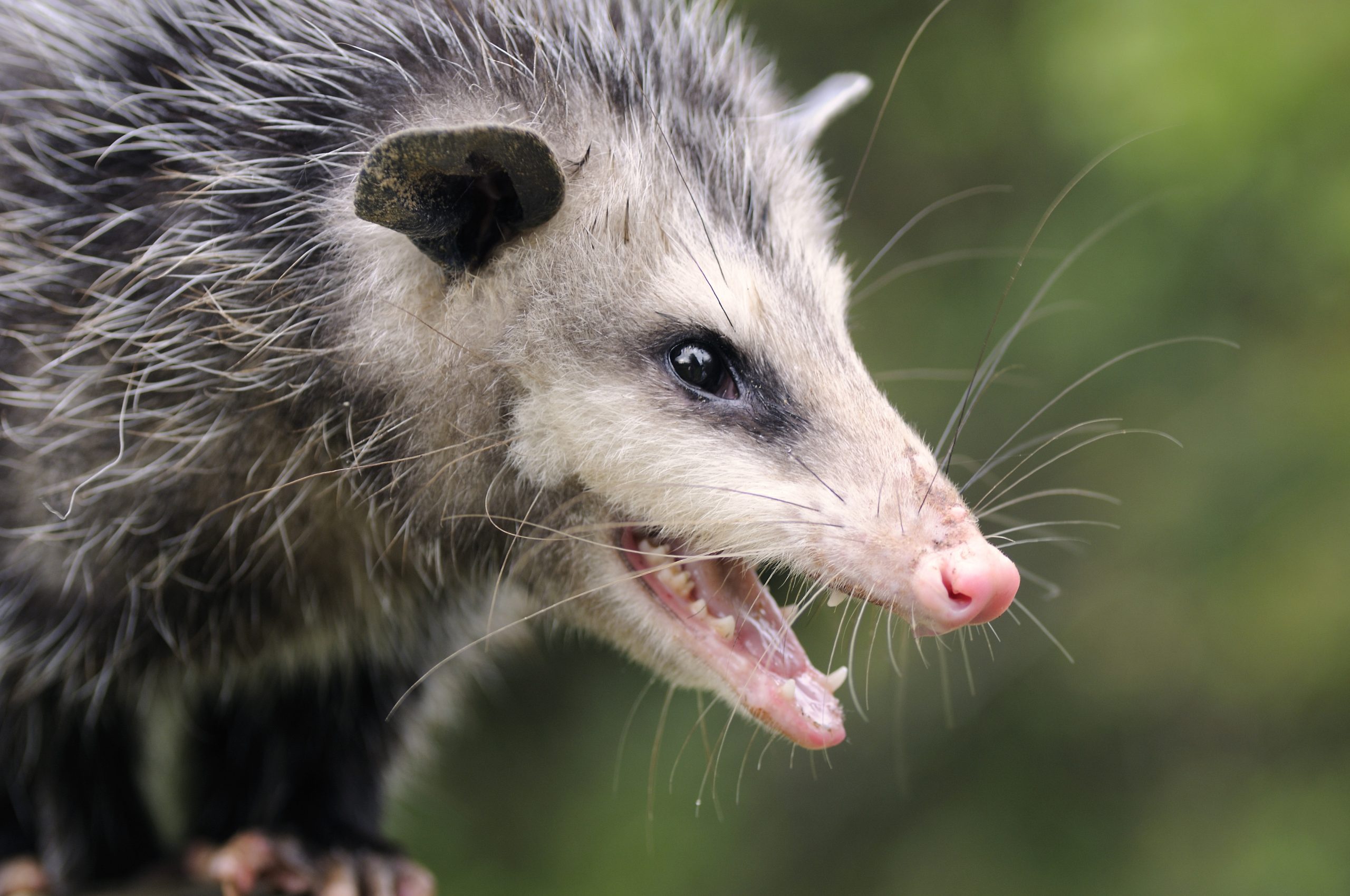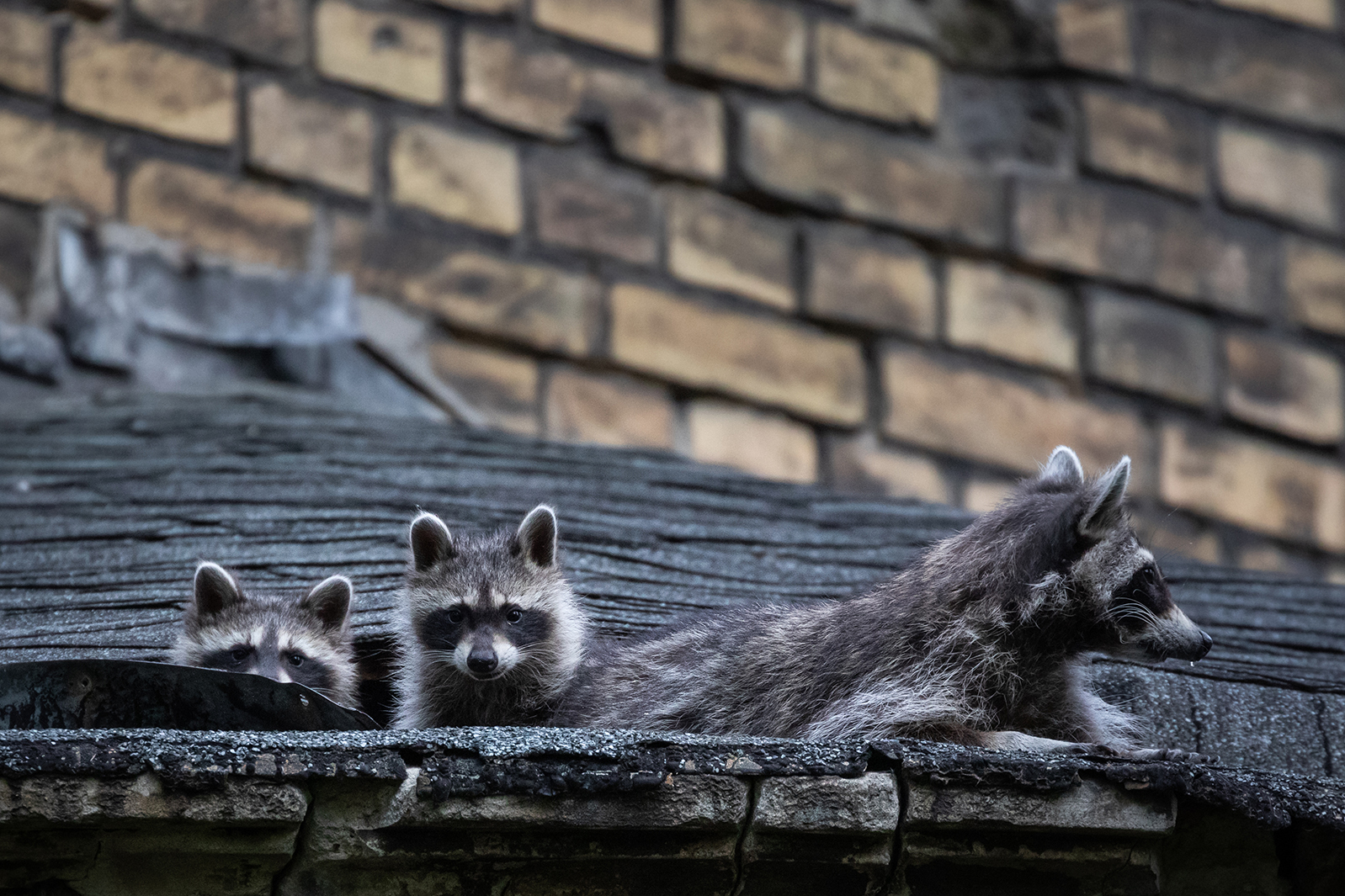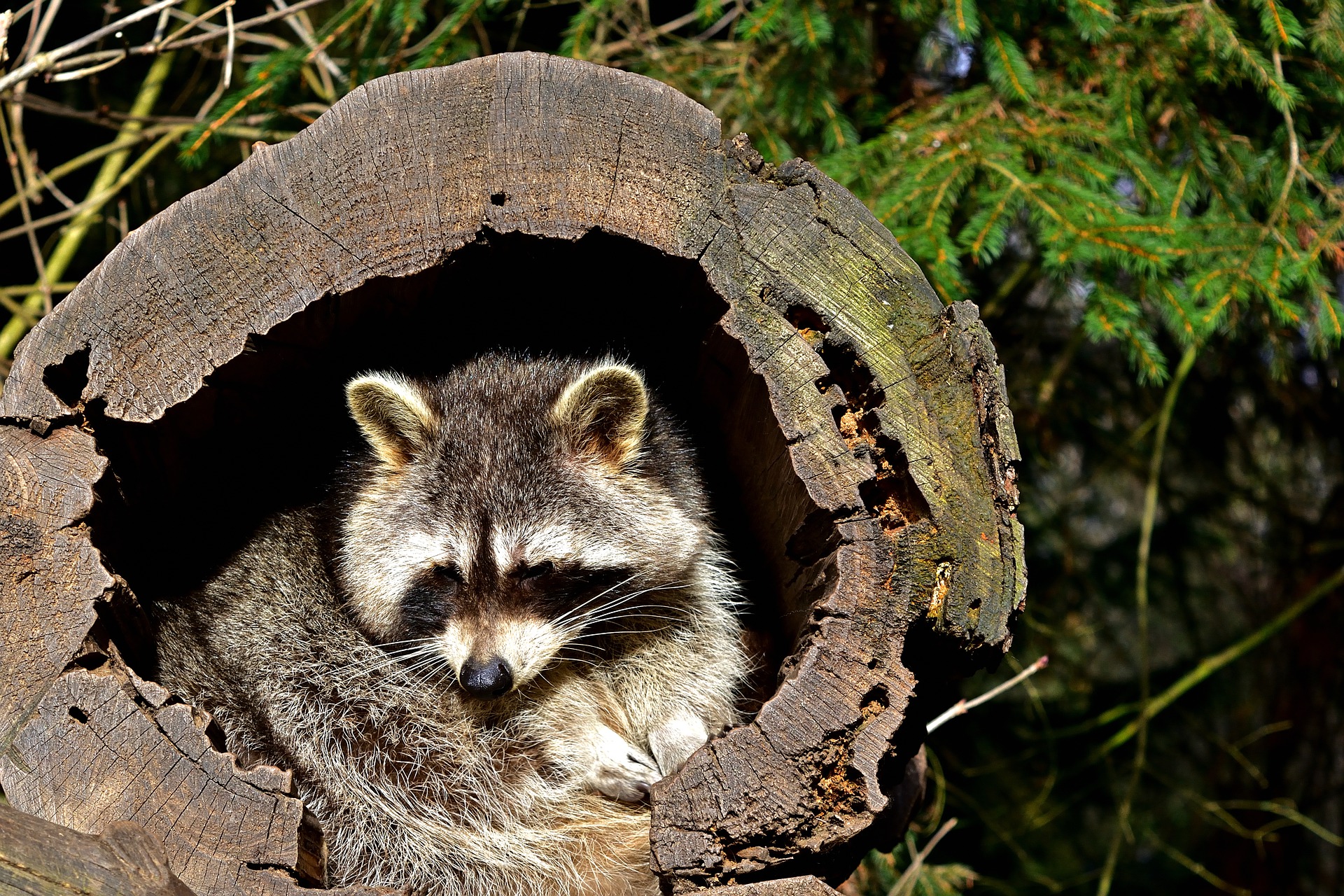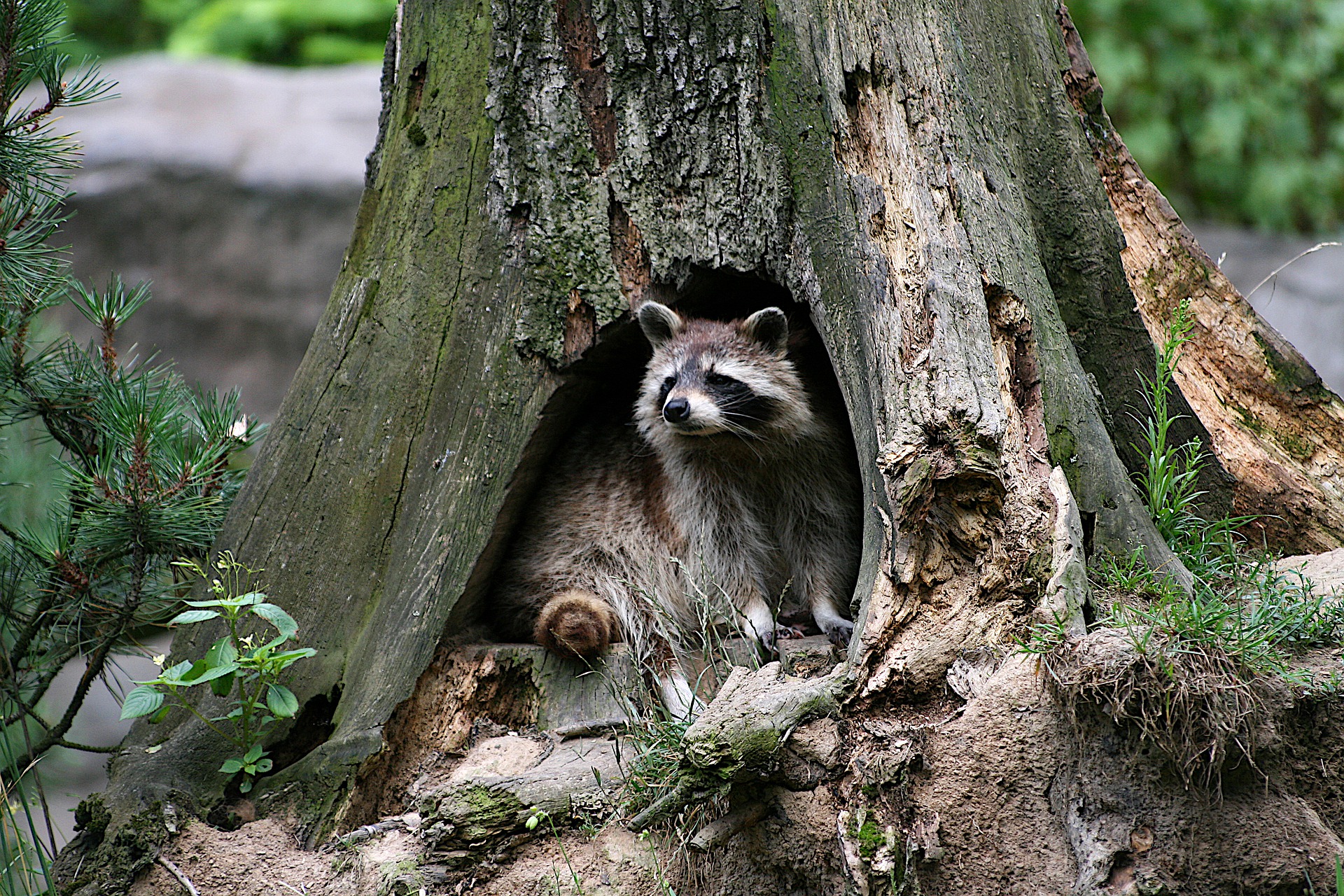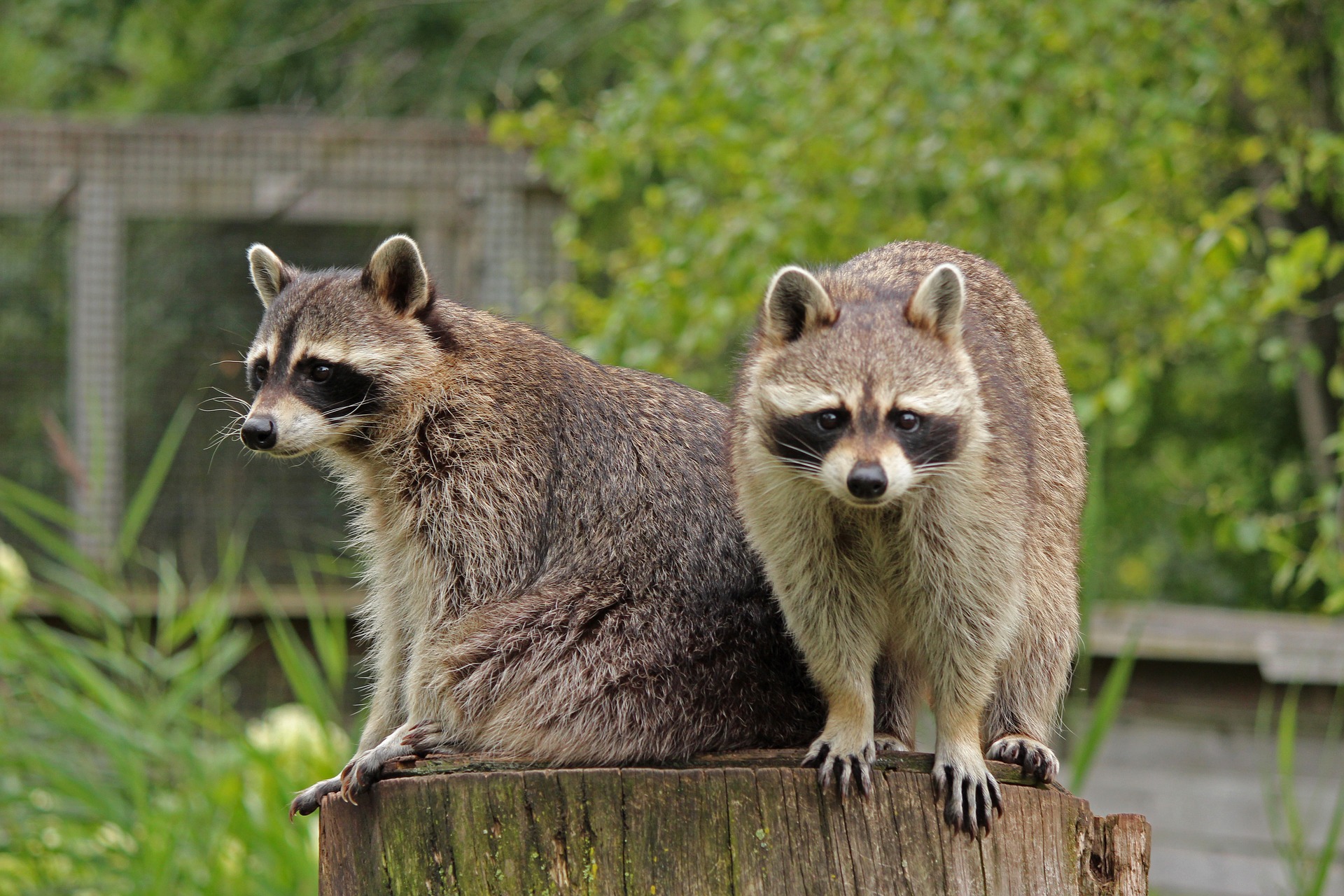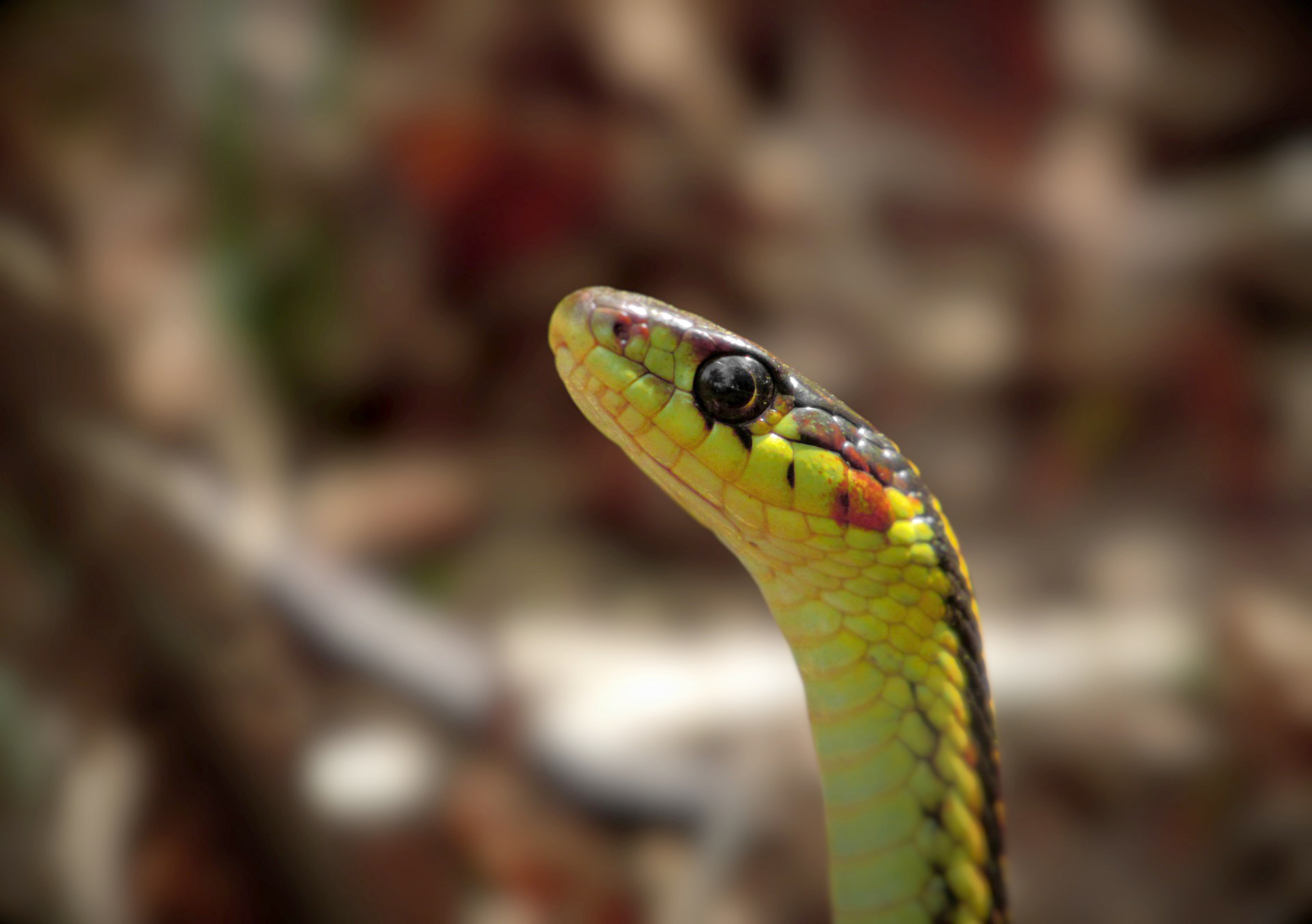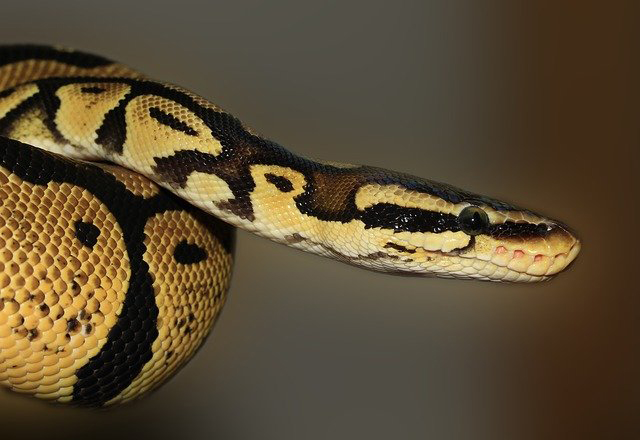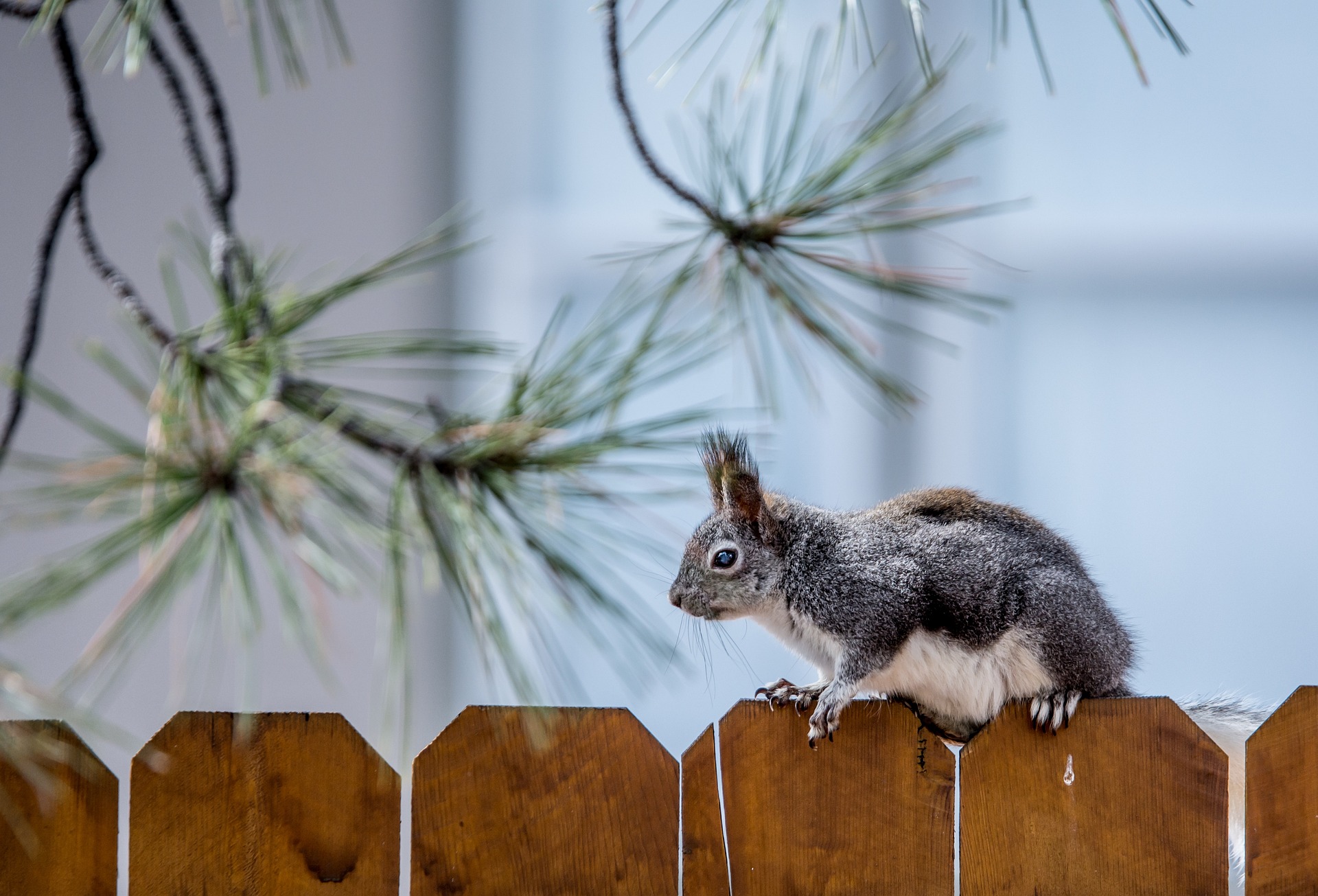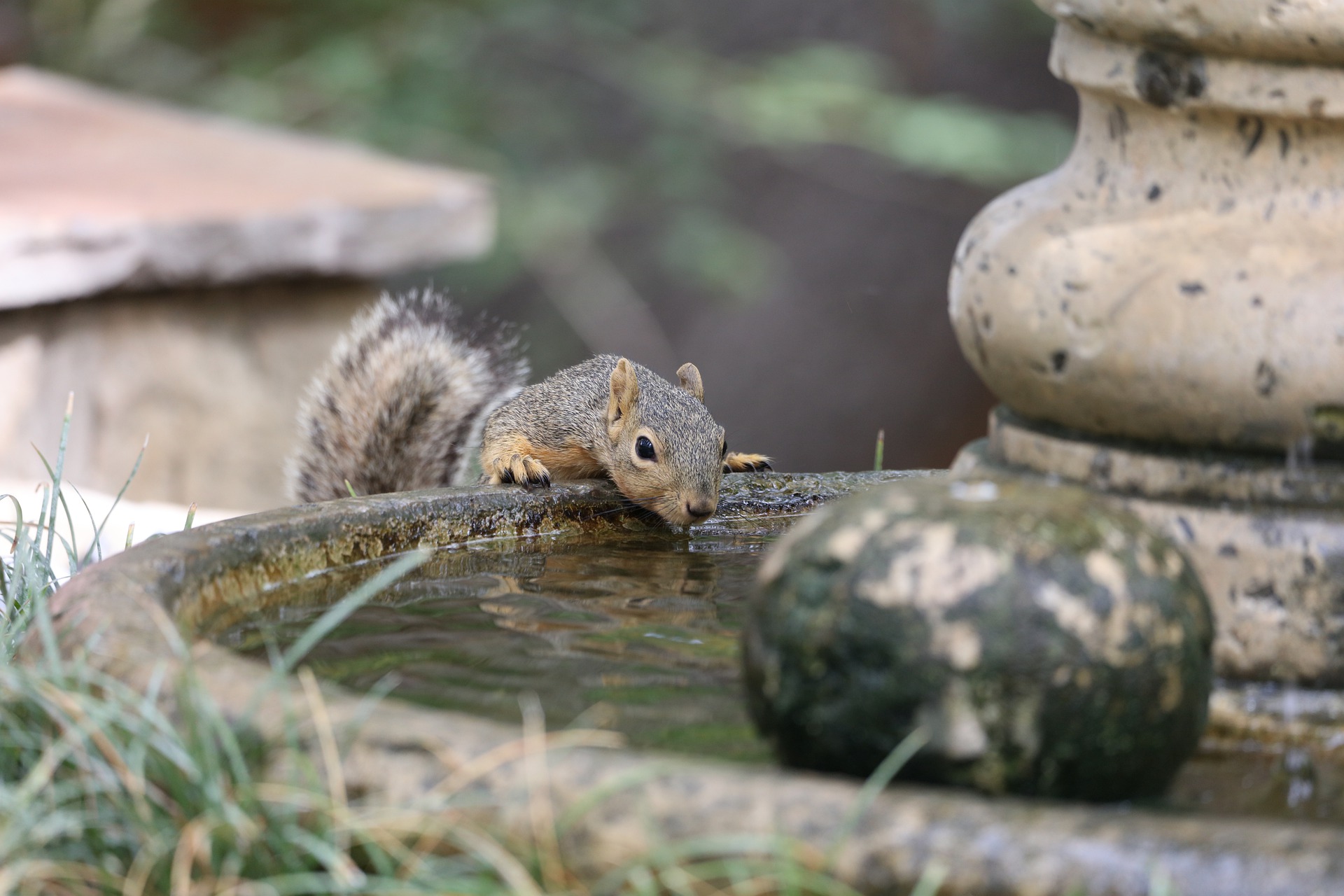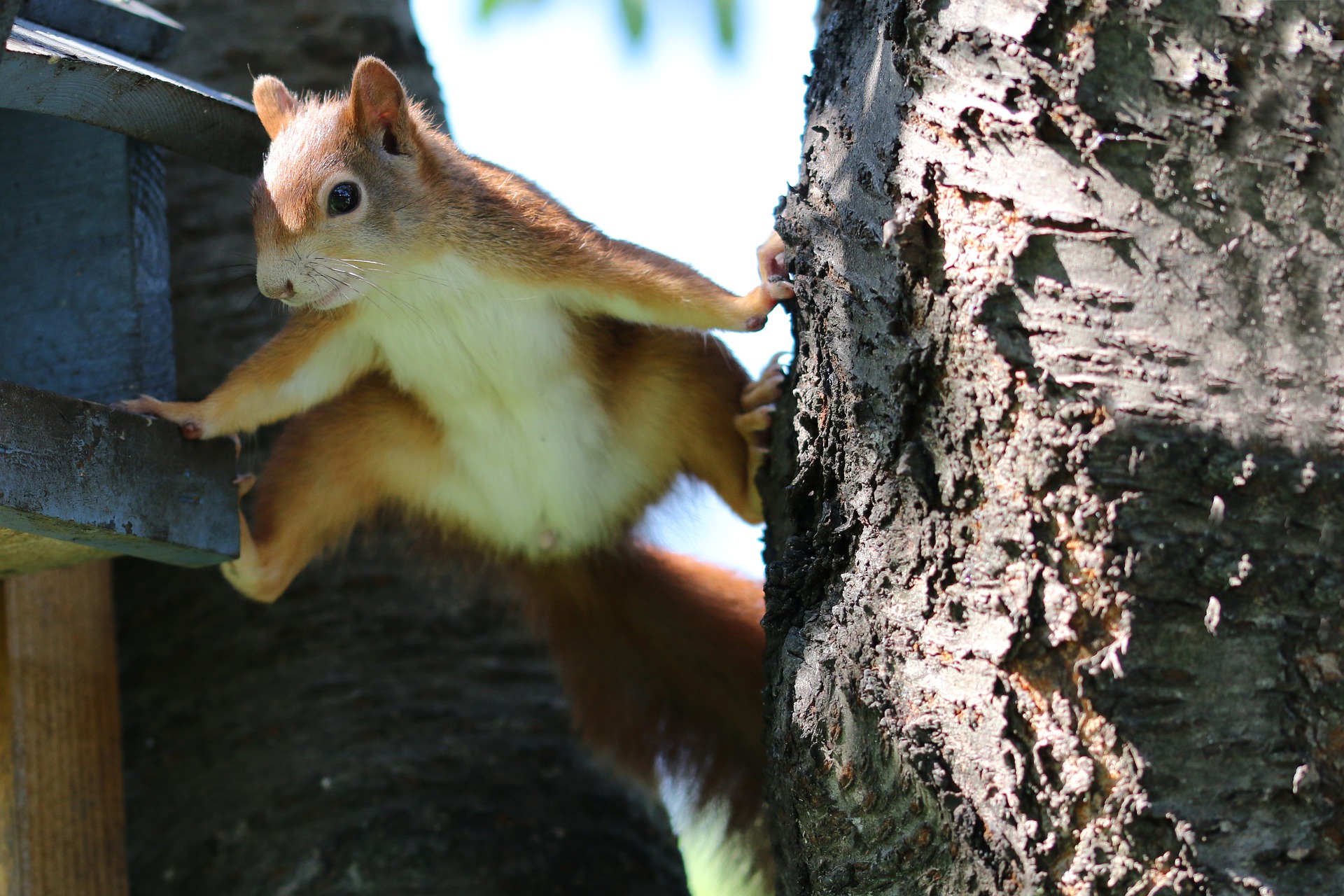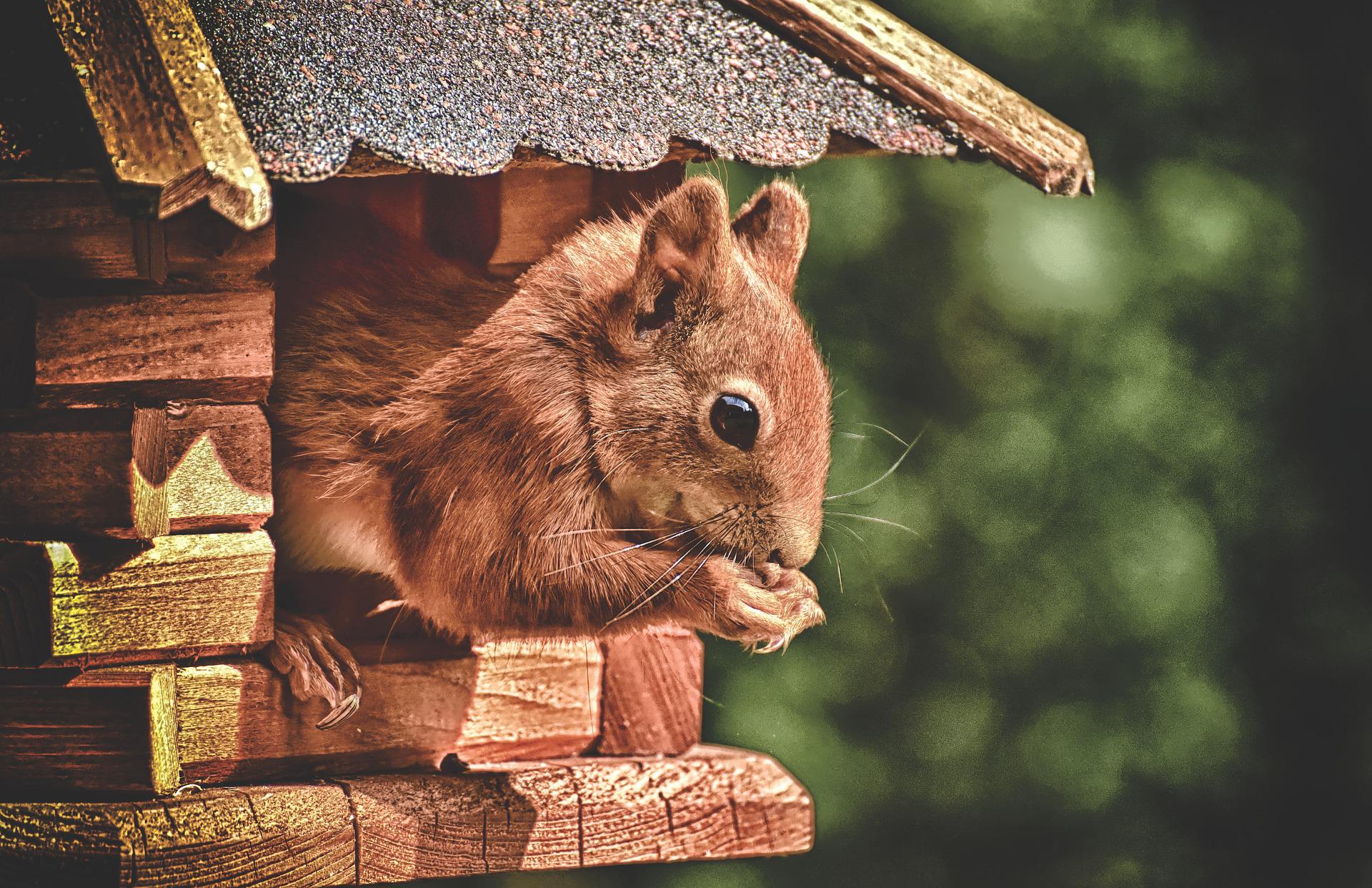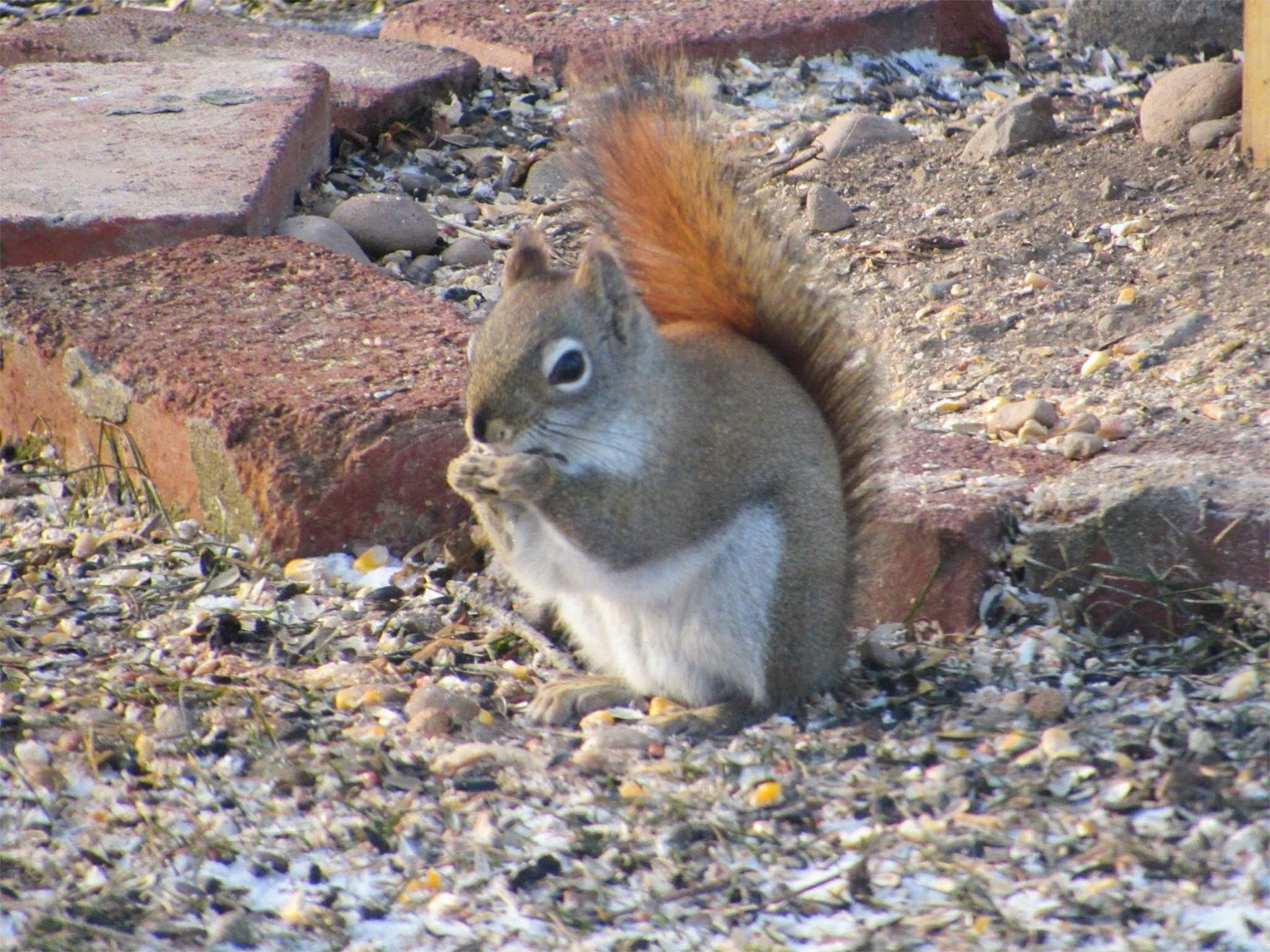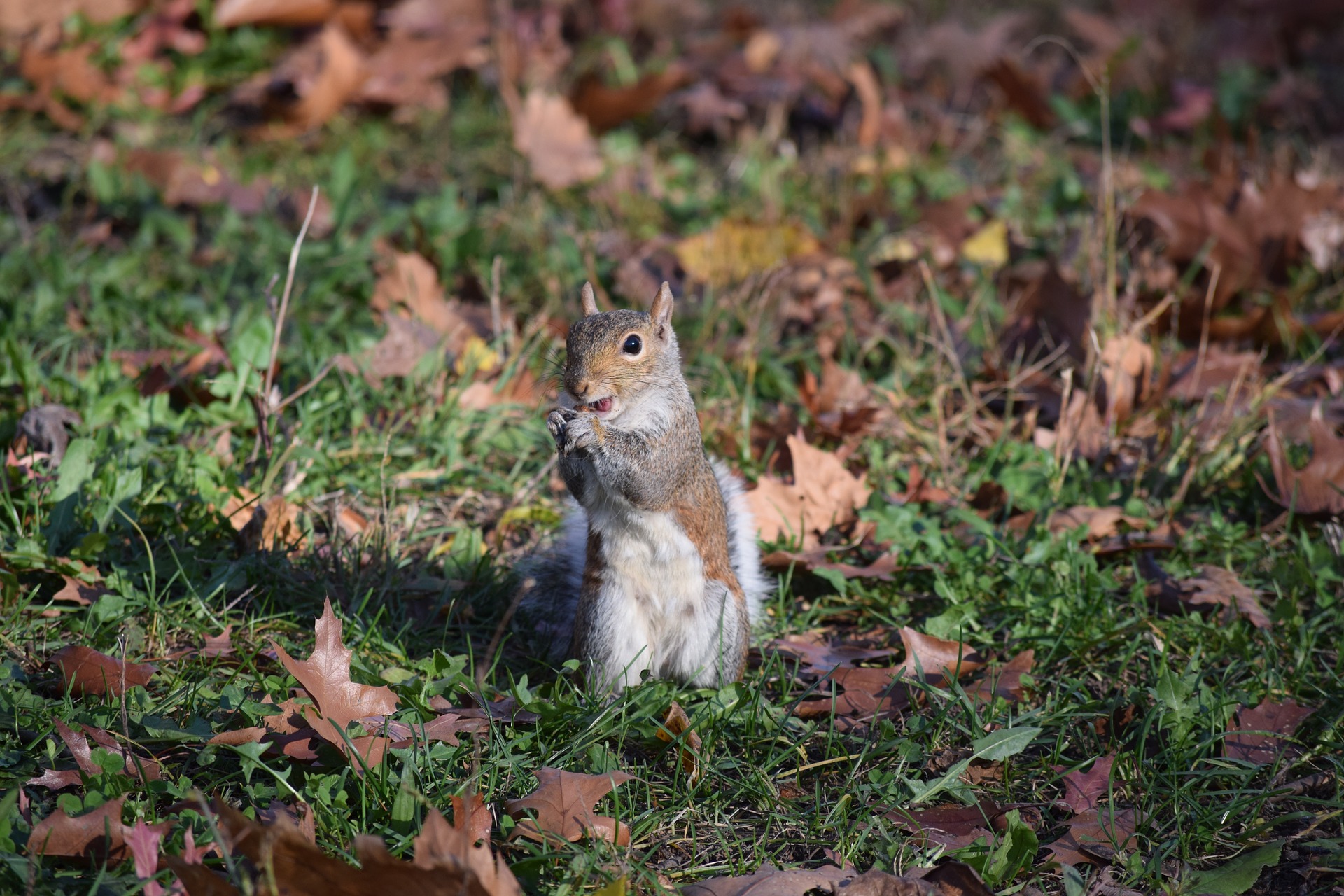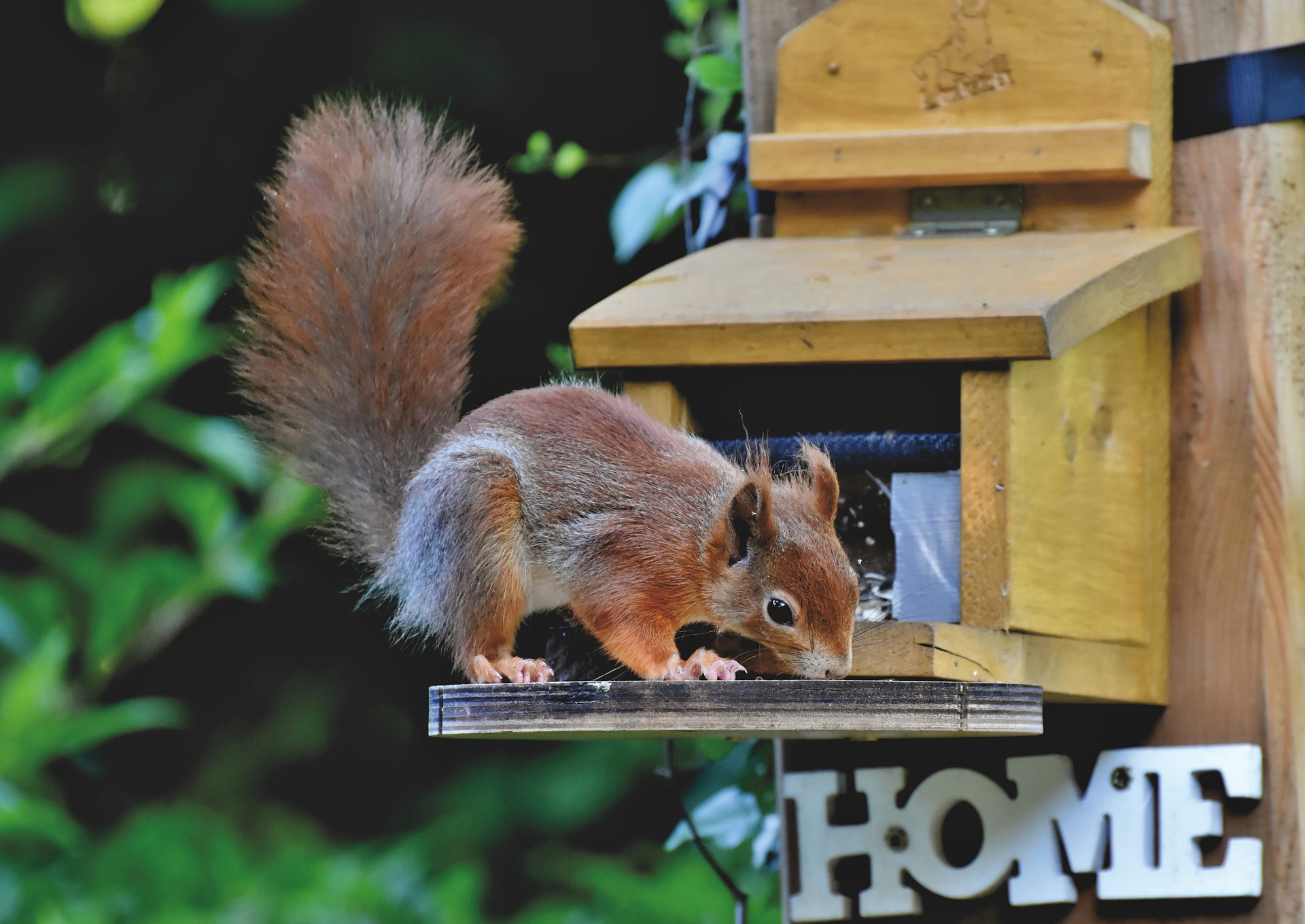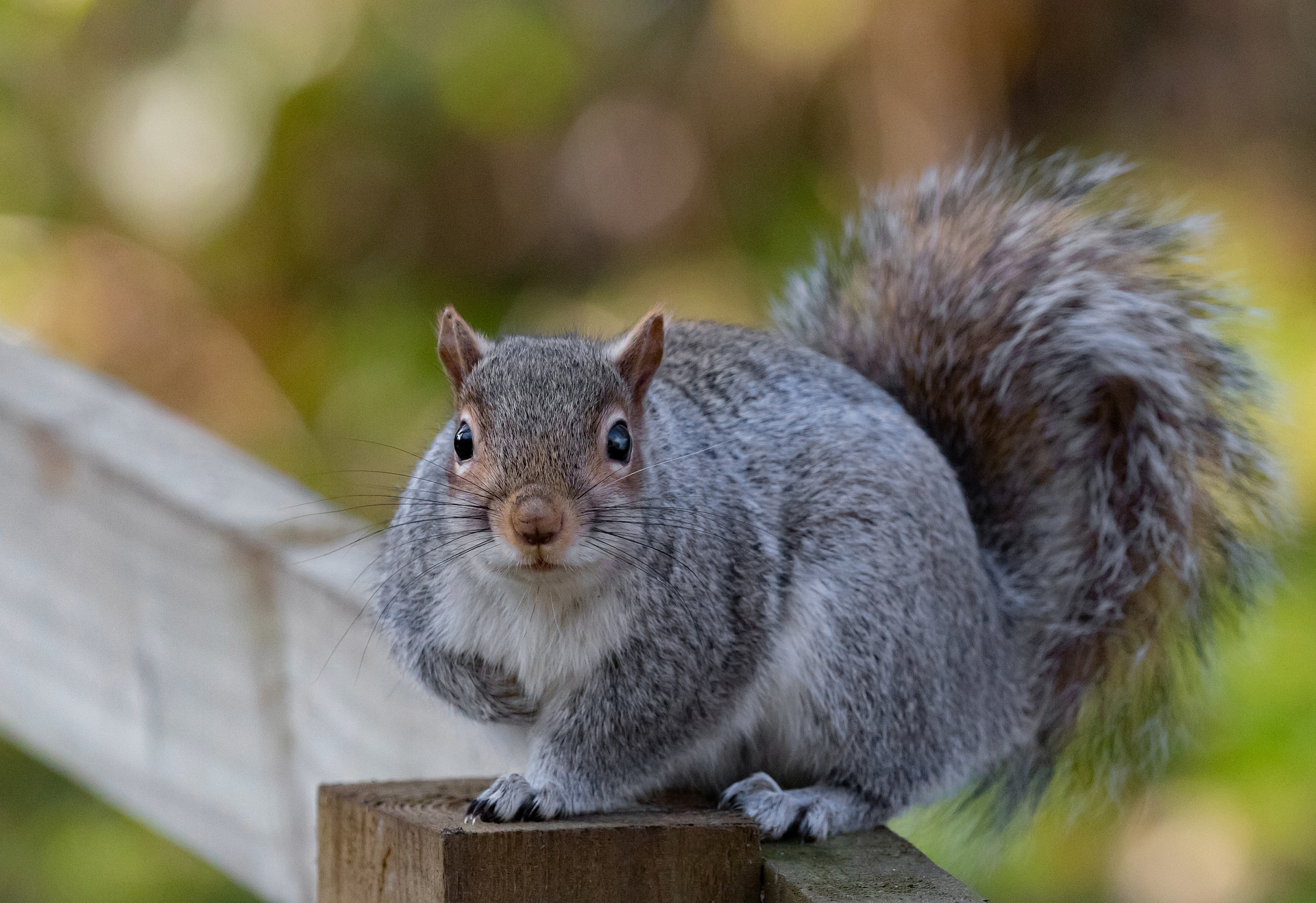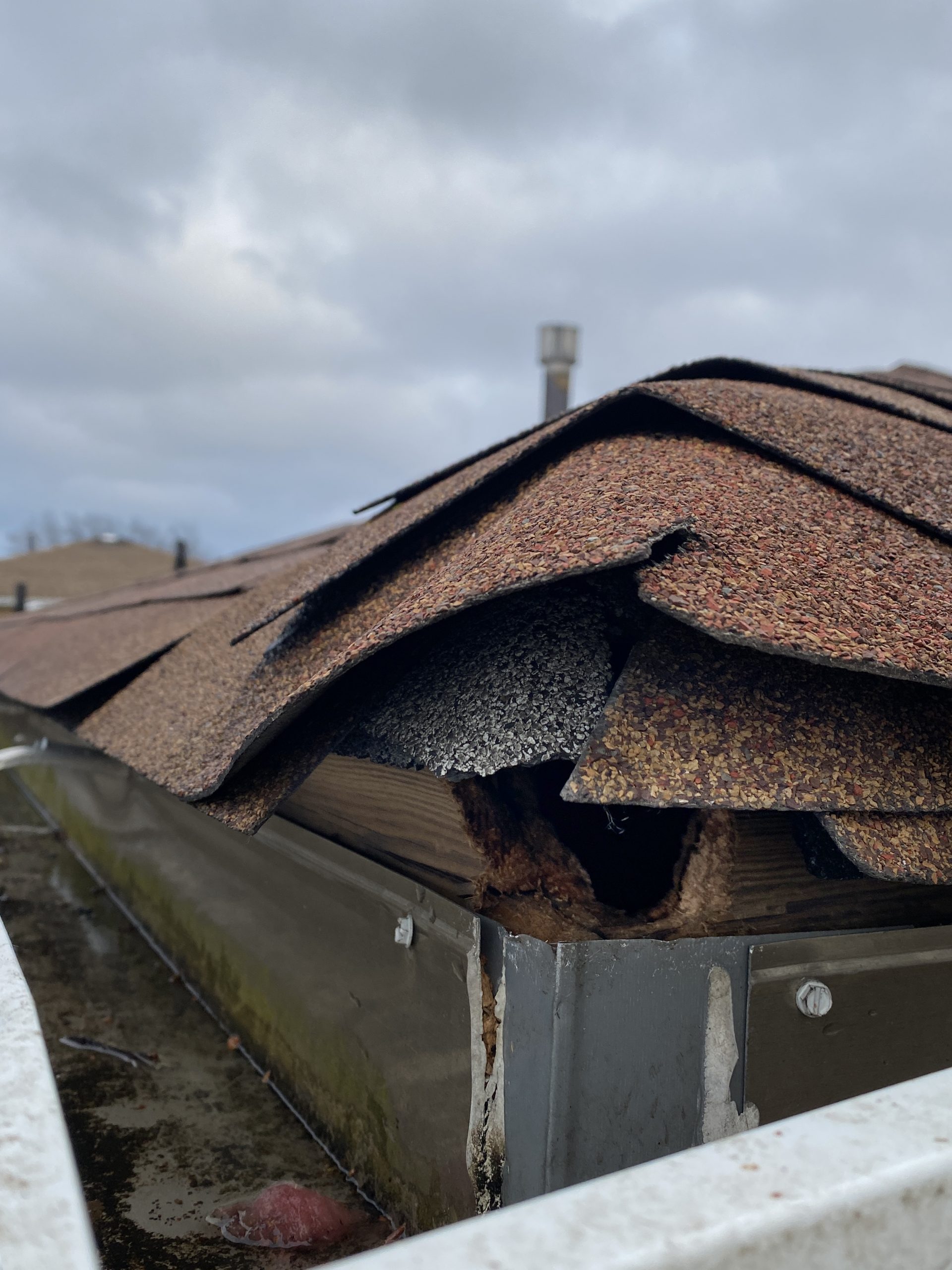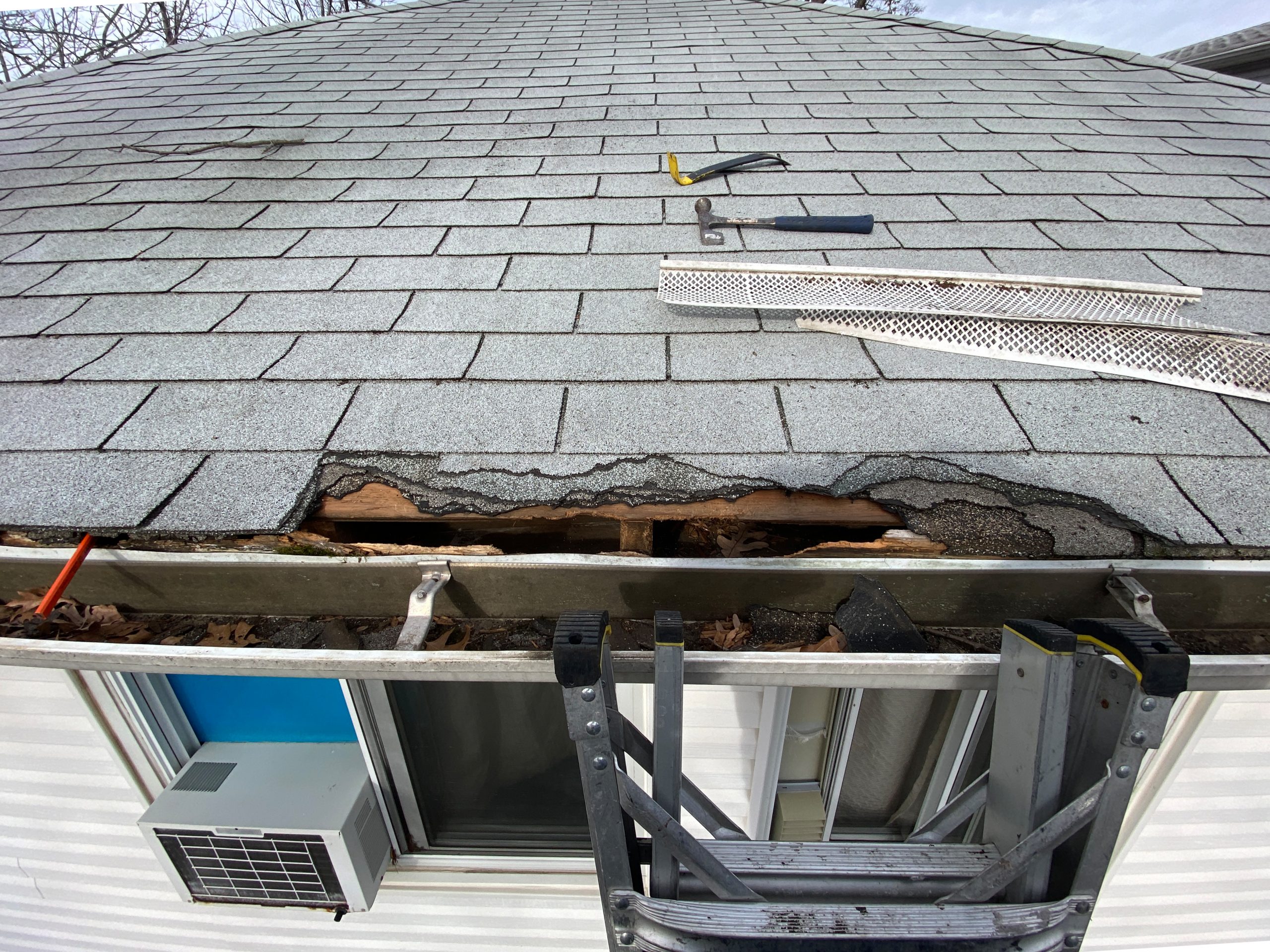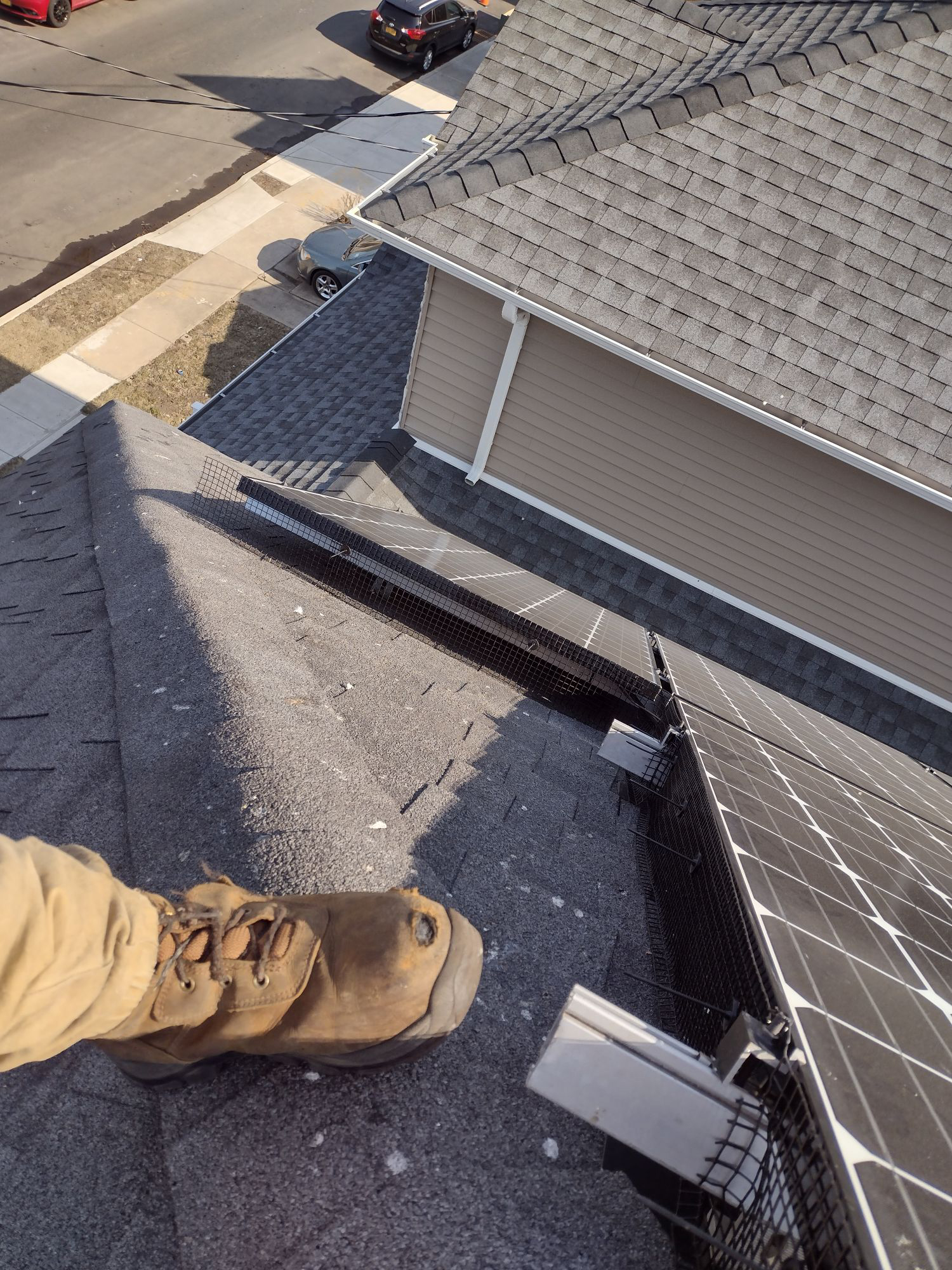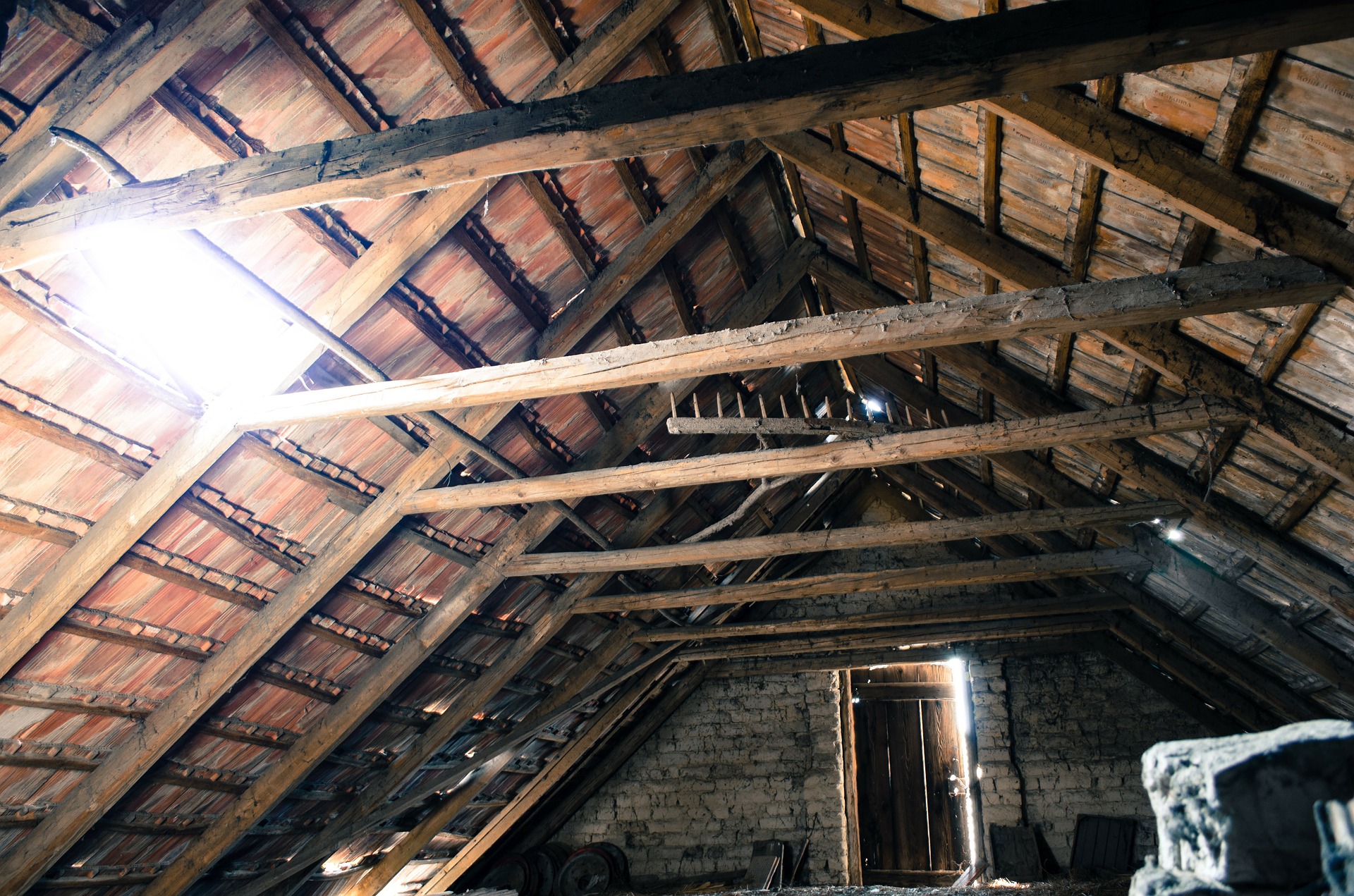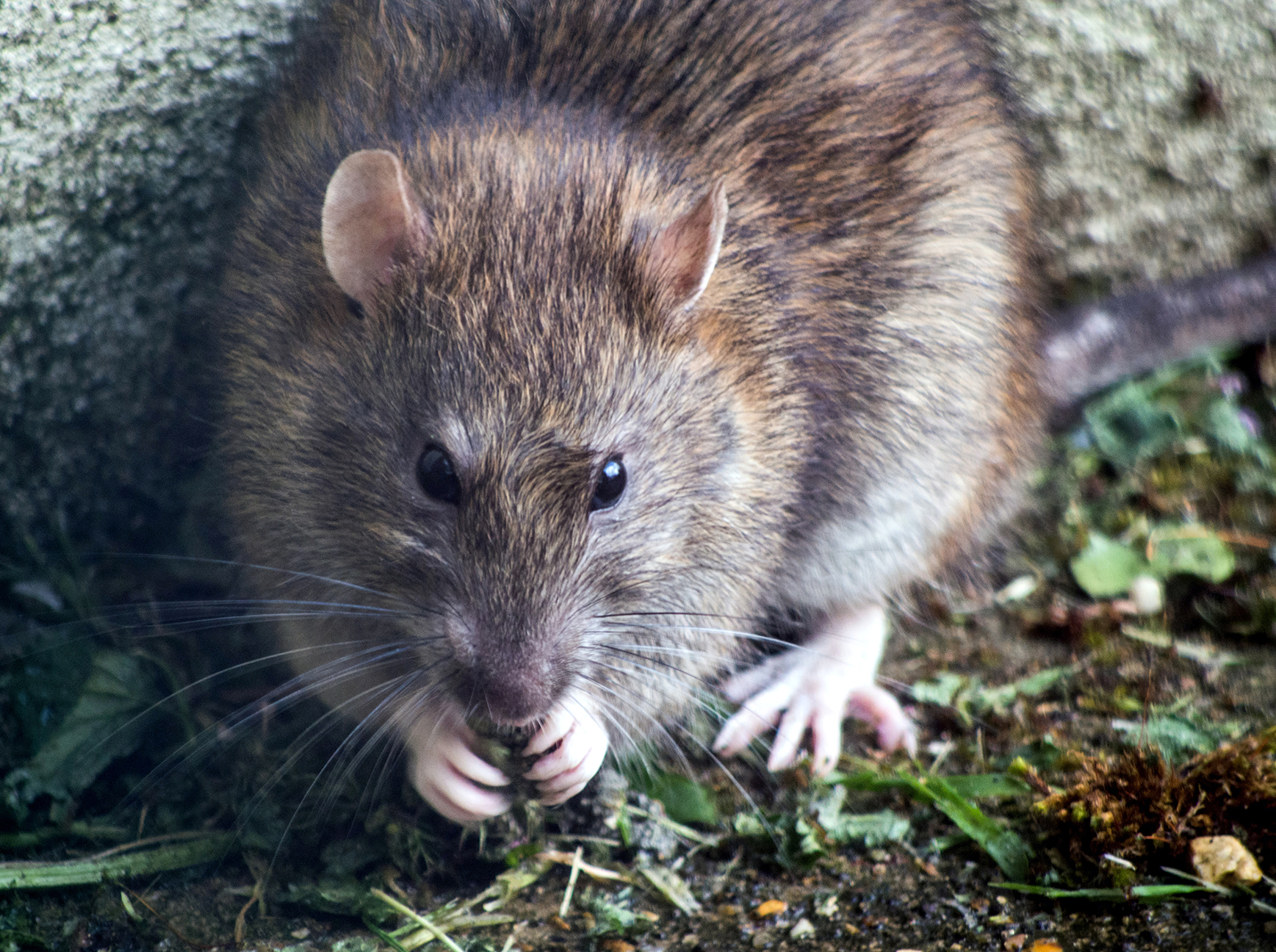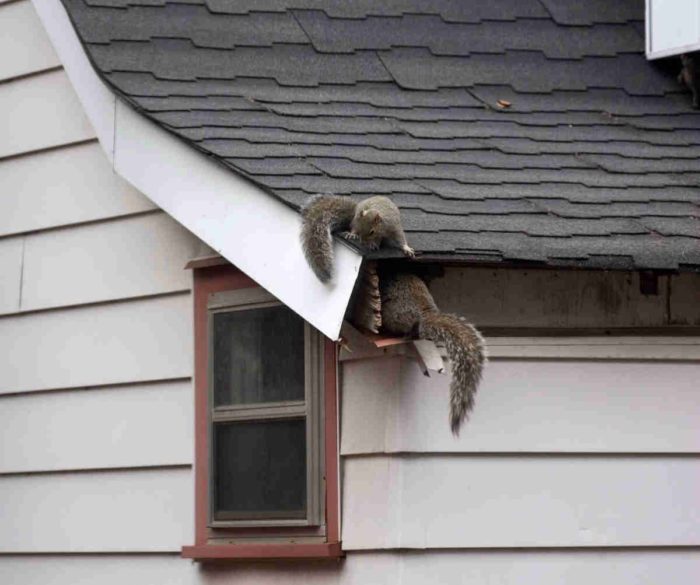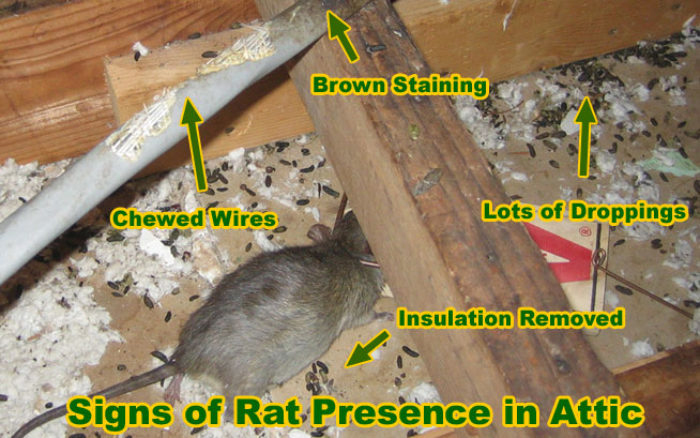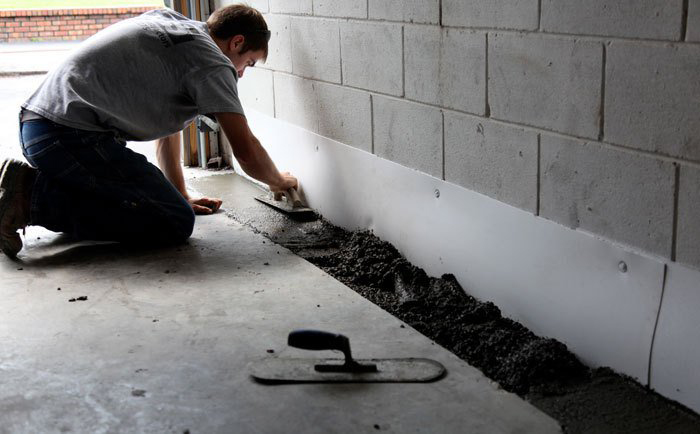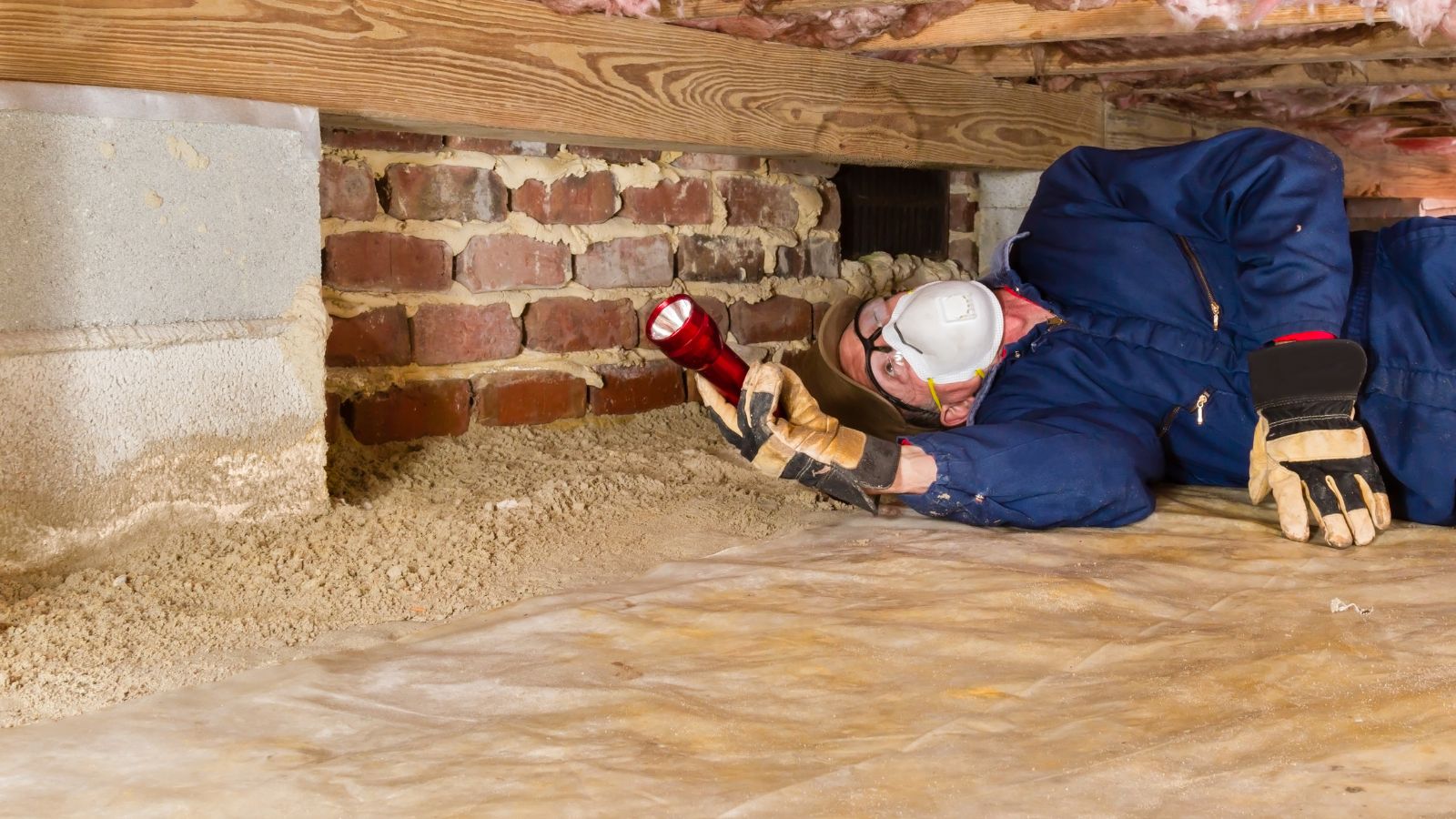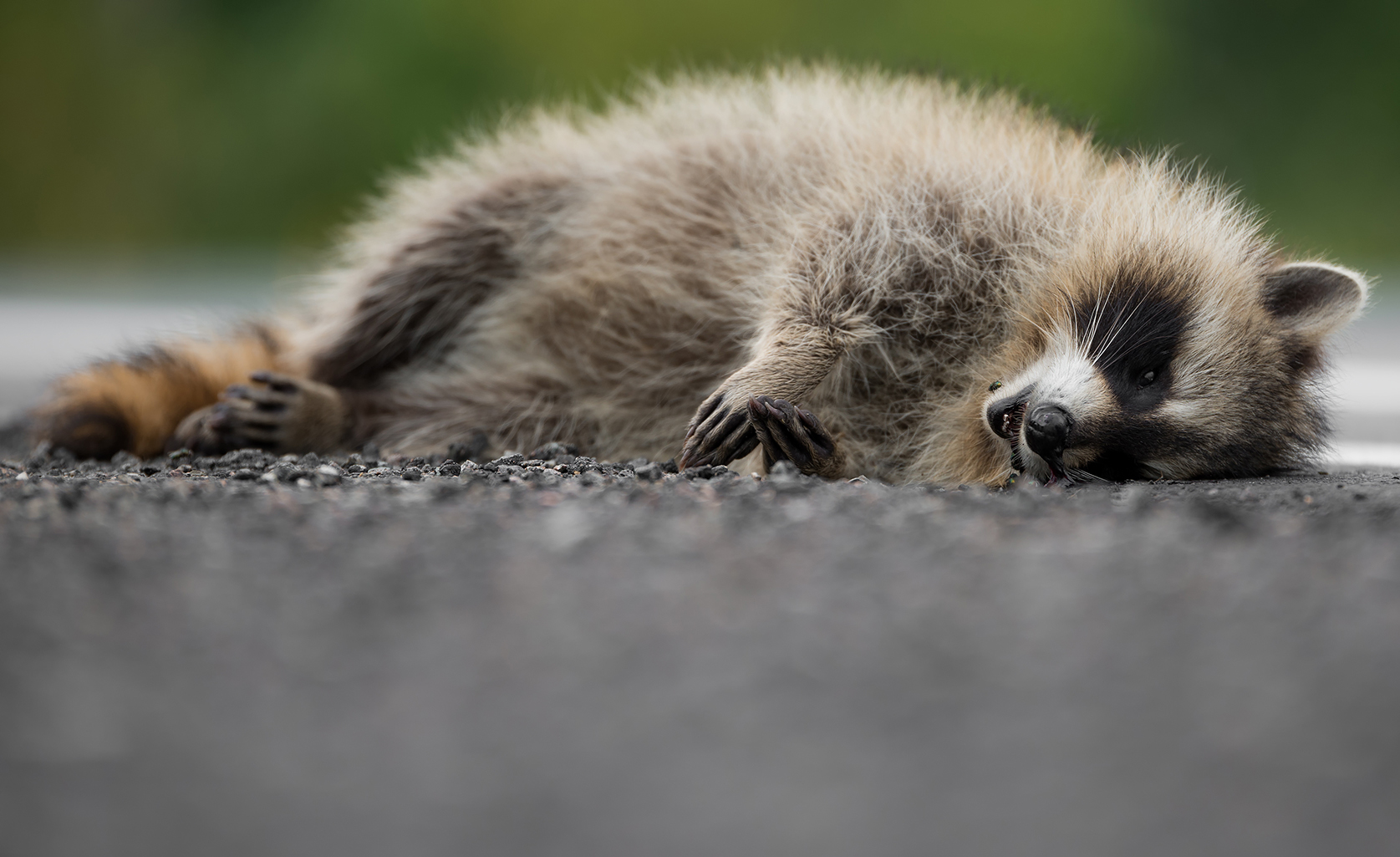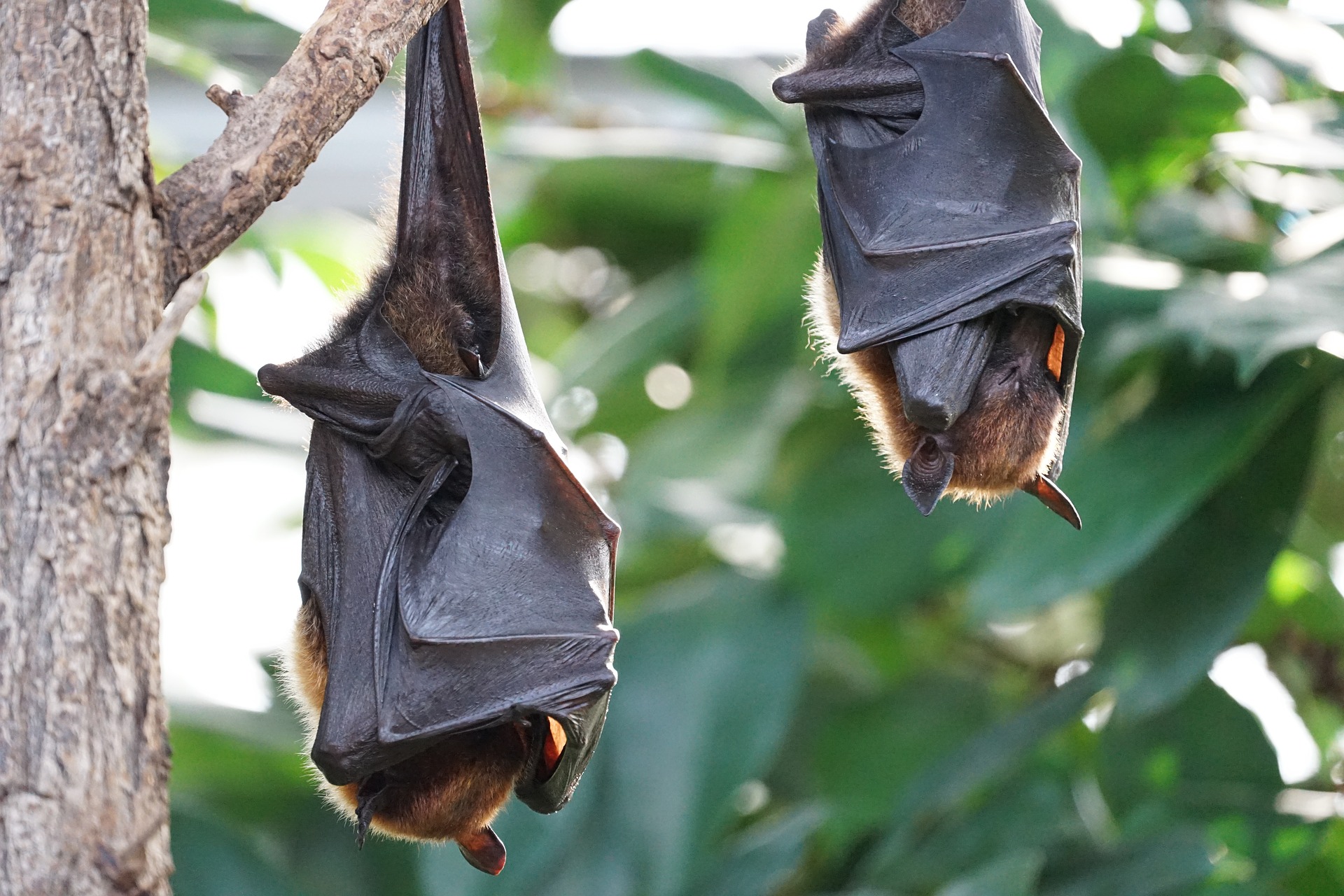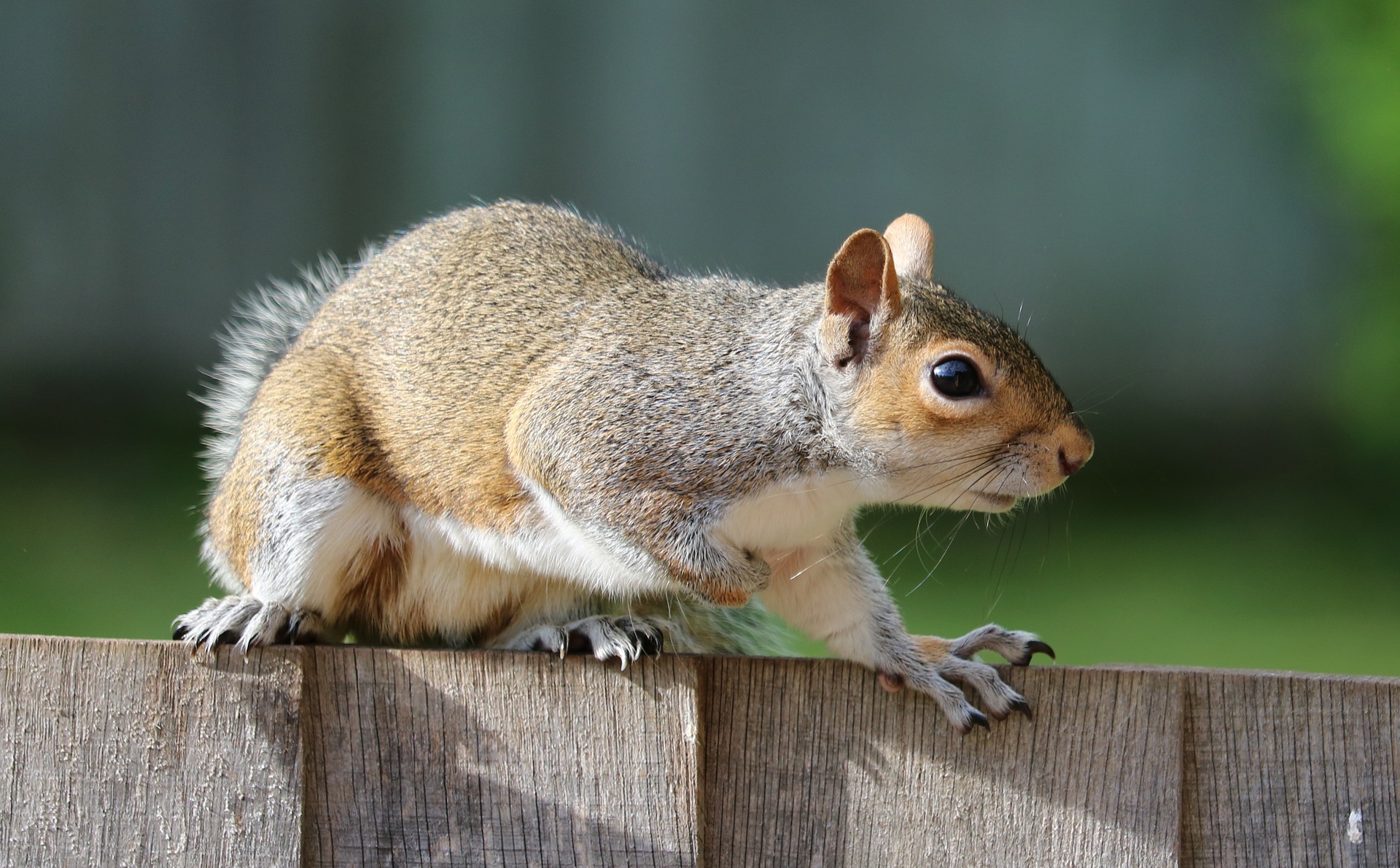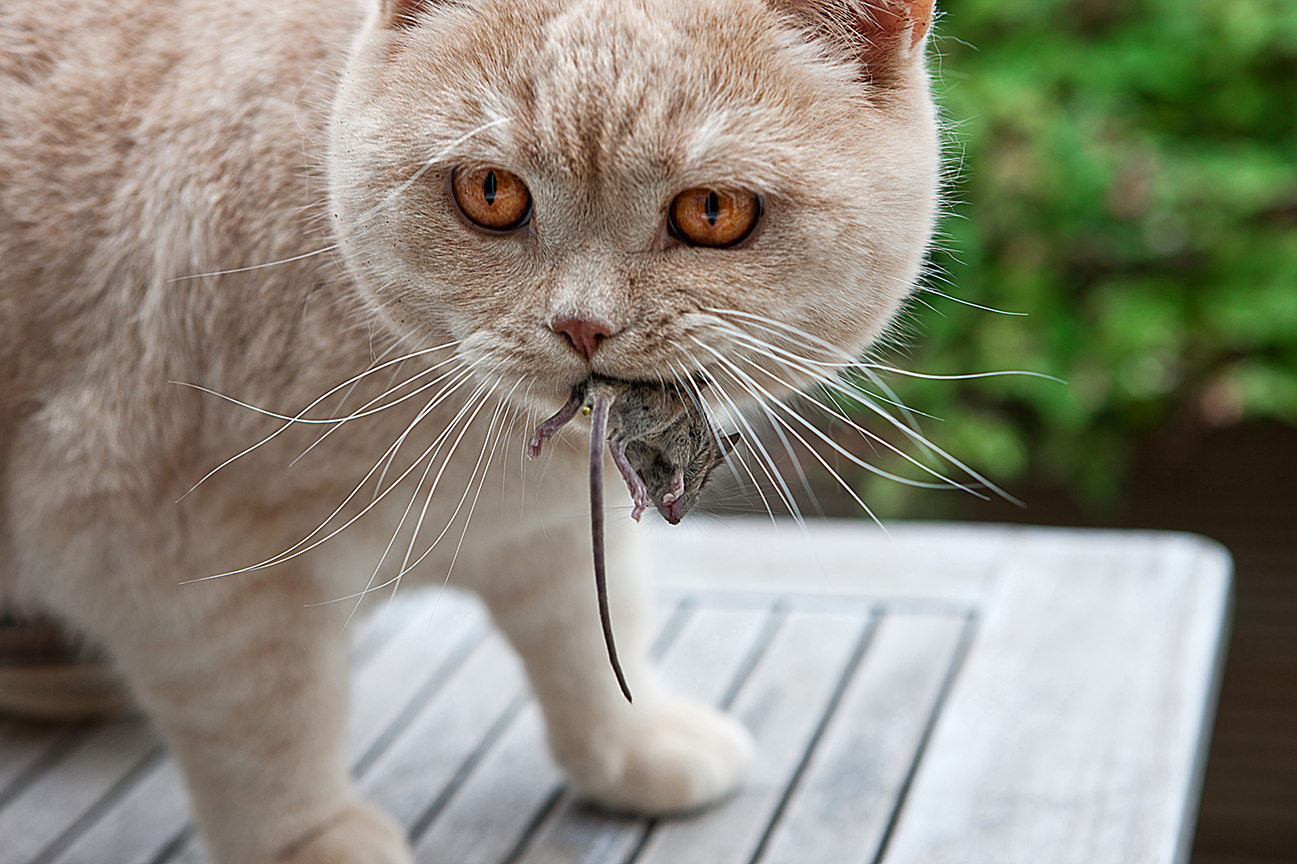Wildlife Exclusion: How Professionals Can Safely Remove Unwanted Guests from Your Home
When it comes to protecting your home and family, wildlife exclusion plays a crucial role. Unwanted guests such as raccoons, squirrels, bats, and birds can cause significant damage to your property and pose health risks to your loved ones. Understanding the importance of wildlife exclusion and enlisting the help of professionals is essential to ensure safe and effective removal. In this article, we will explore the significance of wildlife exclusion, the role of professionals in this process, common unwanted guests, and the techniques professionals use to safely remove and prevent future infestations.
Understanding the Importance of Wildlife Exclusion: Protecting Your Home and Family
Wildlife exclusion is the process of preventing animals from entering your home or property. It is a proactive approach that focuses on sealing off potential entry points and creating barriers to keep wildlife out. By implementing wildlife exclusion measures, you can safeguard your home and family from various risks.
One of the primary reasons for wildlife exclusion is to prevent property damage. Animals like raccoons and squirrels can chew through electrical wires, insulation, and wood, causing extensive damage to your home’s structure. Additionally, their droppings and urine can contaminate your living spaces, leading to health hazards.
Another crucial aspect of wildlife exclusion is the prevention of potential health risks. Many wildlife species carry diseases and parasites that can be transmitted to humans. For instance, raccoons can carry rabies, while birds can spread histoplasmosis through their droppings. By excluding wildlife from your home, you reduce the chances of encountering these health hazards.
Furthermore, wildlife exclusion helps maintain the ecological balance. When animals invade human habitats, it disrupts their natural behavior and can lead to conflicts. By keeping wildlife in their natural habitats, we allow them to fulfill their ecological roles and contribute to the overall health of the ecosystem.
The Role of Professionals in Wildlife Exclusion: Ensuring Safe and Effective Removal
While some homeowners may attempt DIY wildlife exclusion, it is often best to rely on professionals for safe and effective removal. Wildlife removal experts have the knowledge, experience, and tools necessary to handle these situations without causing harm to the animals or your property.
Professionals begin by conducting a thorough inspection of your property to identify potential entry points and assess the extent of the infestation. They are trained to recognize signs of wildlife activity that may go unnoticed by untrained eyes. This comprehensive assessment allows them to develop a customized exclusion plan tailored to your specific needs.
Once the plan is in place, professionals employ a variety of techniques to remove unwanted guests from your home. These techniques may include live trapping, one-way doors, and exclusion devices. Live trapping involves capturing the animals unharmed and relocating them to a suitable habitat. One-way doors and exclusion devices allow animals to exit your property but prevent them from re-entering.
After the removal process, professionals focus on sealing off entry points to prevent future infestations. They use materials such as wire mesh, caulk, and chimney caps to secure vulnerable areas. Additionally, they may provide recommendations for habitat modification to make your property less attractive to wildlife.
Common Unwanted Guests: Identifying Wildlife Intruders in Your Home
Several wildlife species are known to invade homes and cause problems. Identifying these intruders is crucial for effective wildlife exclusion. Here are some common unwanted guests:
1. Raccoons: Raccoons are notorious for their ability to break into attics and crawl spaces. They are attracted to food sources and can cause significant damage to insulation and electrical wiring.
2. Squirrels: Squirrels often seek shelter in attics and chimneys. They can chew through wood and insulation, leading to structural damage. Squirrel droppings can also pose health risks.
3. Bats: Bats are known to roost in attics, walls, and chimneys. While they provide ecological benefits, their droppings (guano) can accumulate and create a foul odor. Bat guano can also harbor a fungus that causes histoplasmosis.
4. Birds: Birds can build nests in vents, chimneys, and gutters. Their droppings not only create a mess but can also carry diseases such as salmonella and cryptococcosis.
Wildlife Exclusion Techniques: How Professionals Safely Remove and Prevent Future Infestations
Professionals employ various techniques to safely remove wildlife from your home and prevent future infestations. These techniques include:
1. Live Trapping: Live trapping involves setting up humane traps to capture animals without causing harm. Once captured, the animals are safely relocated to suitable habitats away from residential areas.
2. One-Way Doors: One-way doors are installed at entry points to allow animals to exit but prevent them from re-entering. This technique ensures that animals are safely removed without the need for direct contact.
3. Exclusion Devices: Exclusion devices, such as chimney caps and vent covers, are used to seal off potential entry points. These devices allow for proper ventilation while preventing wildlife from entering your home.
4. Habitat Modification: Professionals may recommend habitat modifications to make your property less attractive to wildlife. This may include trimming tree branches away from your home, securing garbage cans, and removing potential food sources.
In conclusion, wildlife exclusion is crucial for protecting your home and family from the damage and health risks associated with unwanted wildlife intruders. By enlisting the help of professionals, you can ensure safe and effective removal, as well as the prevention of future infestations. Identifying common unwanted guests and employing various exclusion techniques allows professionals to address the specific needs of your property. Remember, wildlife exclusion not only safeguards your home but also helps maintain the delicate balance of our ecosystems.
Animal Removal Specialists in NYC and NJ
If you have live or even dead animals in or around your home or business that you need removed then we can help! We are Animal Control Wildlife Trapping Services- Rodent and Wildlife Removal in NYC and NJ, we specialize in the trapping and removal of all types of wild animals that may have invaded your territory. We offer 24 hour a day service to NYC, Brooklyn, Staten Island, Bronx, Queens, Long Island City & New Jersey and are just a call away at 646-741-4333!
Our Animal Control Team
The team at Animal Control NYC / NJ is experienced in trapping and removing wild animals and can help you get rid of any wildlife that may be a nuisance to you in your home, office or commercial property. In additional to removing any current animals that may have invaded your home, the Animal Control NYC / NJ experts will be able to provide you with repair and prevention options to keep your home critter free all year around.
Animal Control NYC Can Help You With:
Animal Control NYC / NJ can help you with trapping and removing wild animals from your property!
Animal Control NYC / NJ offers Humane Animal Control as well as removal of any animals that may have died on your property. Because of the risks of disease, never handle a dead animal on your own, always call a trained professional, it is not worth the risk.
Animal Control NYC & NJ Google Reviews
Now getting ready for the cleanup/repair part of this job. Stay tuned for another review on how Frank and his team will take care of the cleanup/repair!
I would highly recommend Frank for an amazing job he did. I was finally able to sleep in peace. He truly is my hero.
Don Phillips



24 hour service, 7 days a week
With just one call we can give you a quote and book your animal removal appointment today!

24 Hour Animal Control in NYC, Brooklyn, Bronx, Queens, Long Island City & New Jersey, call 646-741-4333 today!
Humane Animal Control · Squirrel Removal · Raccoon Removal · Bird Removal · Dead Wildlife · Mice and Rat Control
From trapping to prevention options, the Animal Control NYC experts can help you keep your home critter free!
We use high quality traps and equipment to make sure the job is done right the first time. You can count on US 24 hours a day, 365 day a year.
Now serving both NYC and Central NJ including Freehold, Farmington, Wall Township, or Marlboro Township as well as Shore Towns including but not limited to: Belmar, Deal, Long Branch, Sea Bright, Ocean Grove and Spring Lake
Get a Free Quote Today
Need emergency animal control? We can come to your home or office 24 hours a day to remove any critters that may be invading you.
Just give us a call or fill out this form and we will contact you shortly to discuss your animal control needs.
Animal Control NYC
431 E 102nd New York, NY 10029
info@animalcontrol.nyc
Direct: (646) 741-4333
Fax: (646) 661-2531
Animal Control NJ
62 E Main St Freehold, NJ 07728
info@animalcontrol.nyc
Direct: (732) 387-4135
Fax: (646) 661-2531
Our experienced technicians will do a through inspection of your home or office and after the animal removal will usually offer ways to prevent future invasions.
